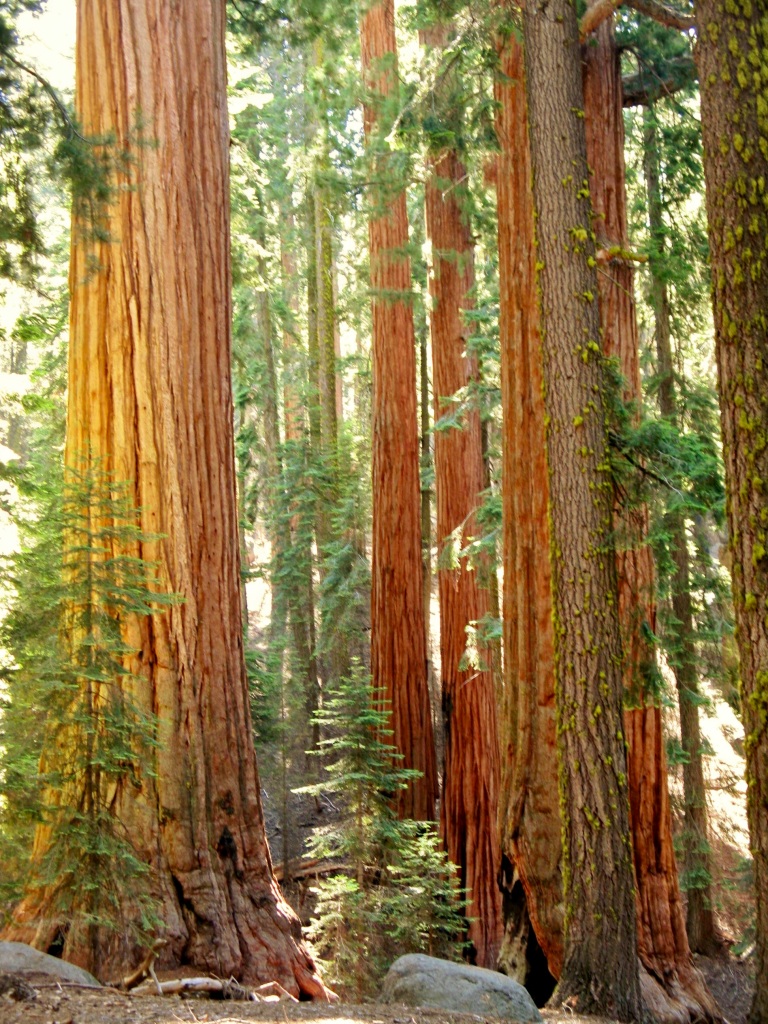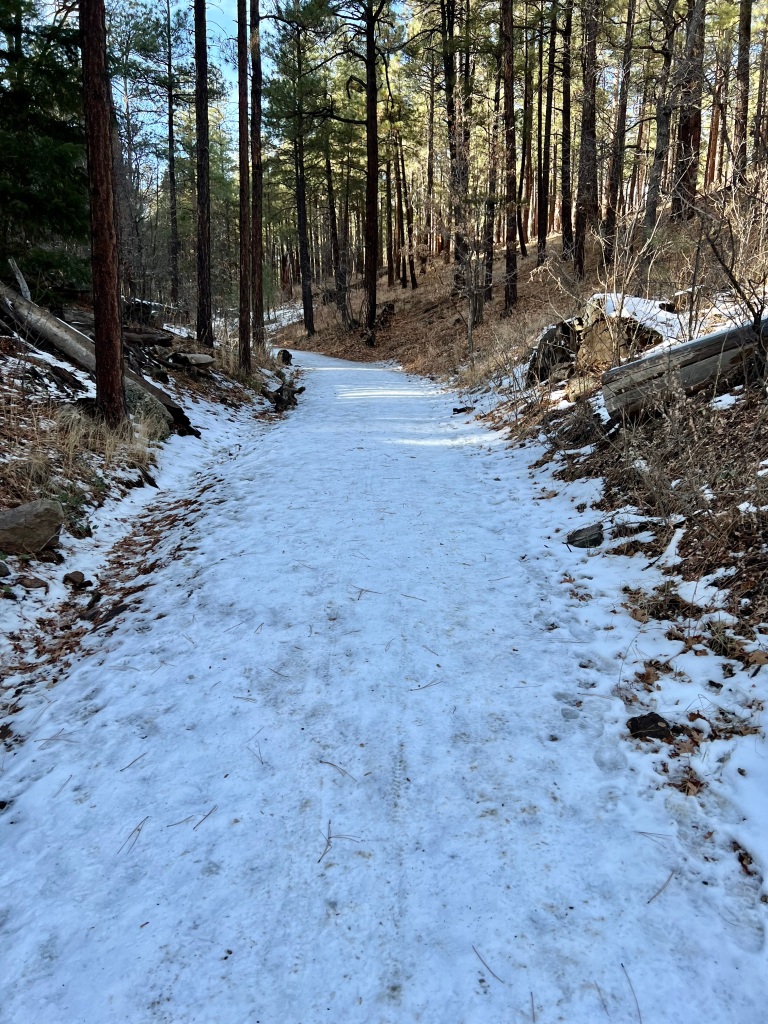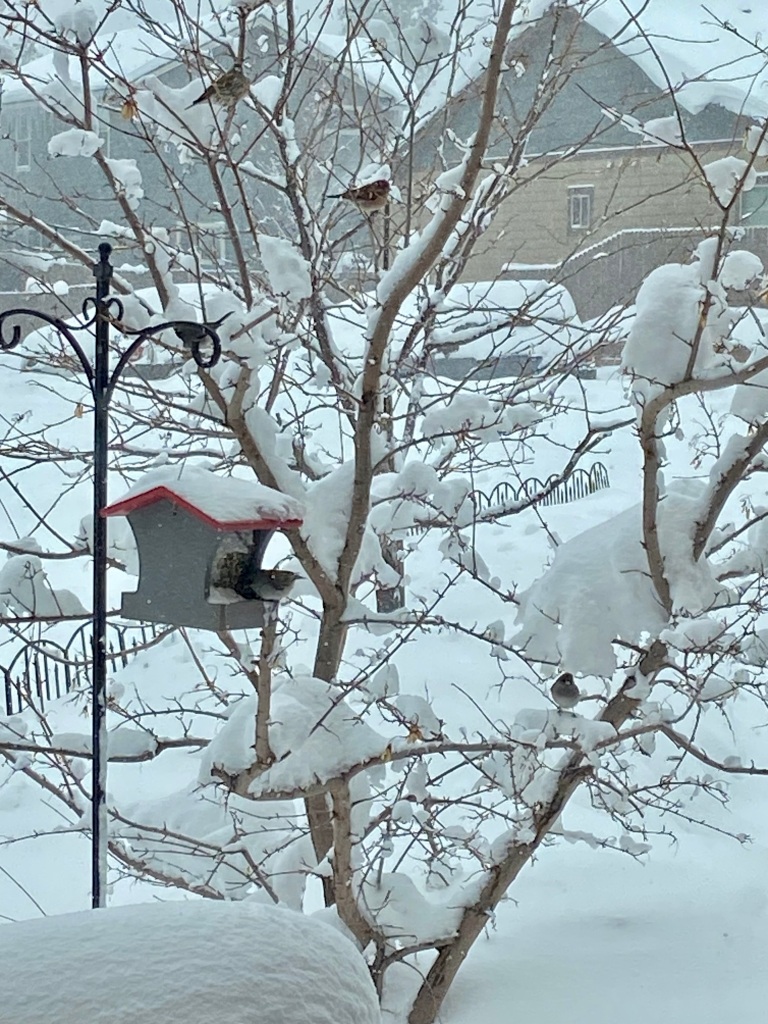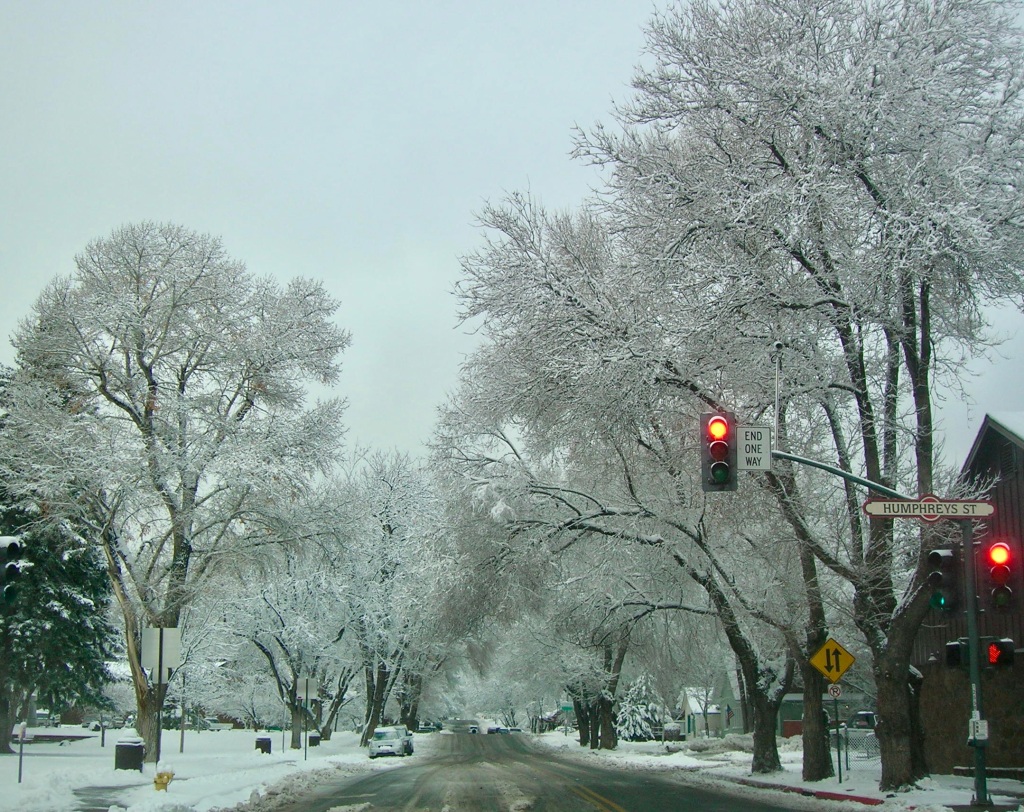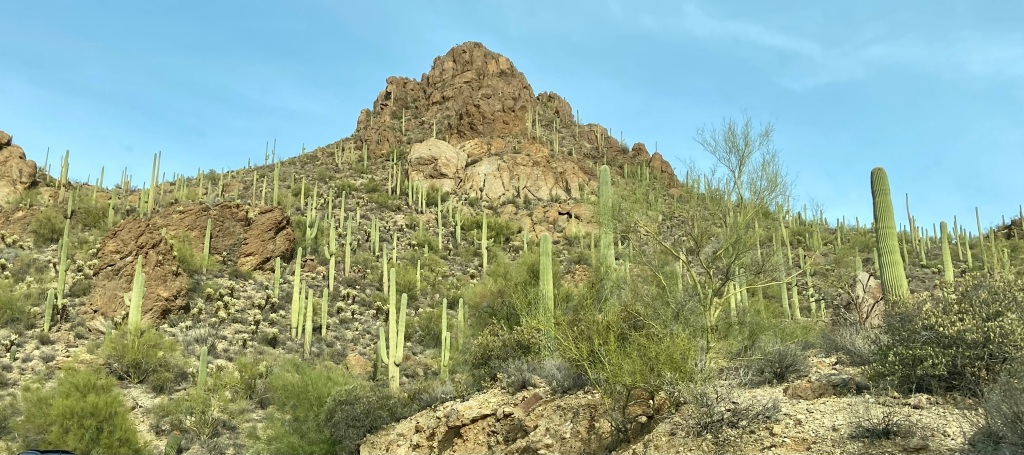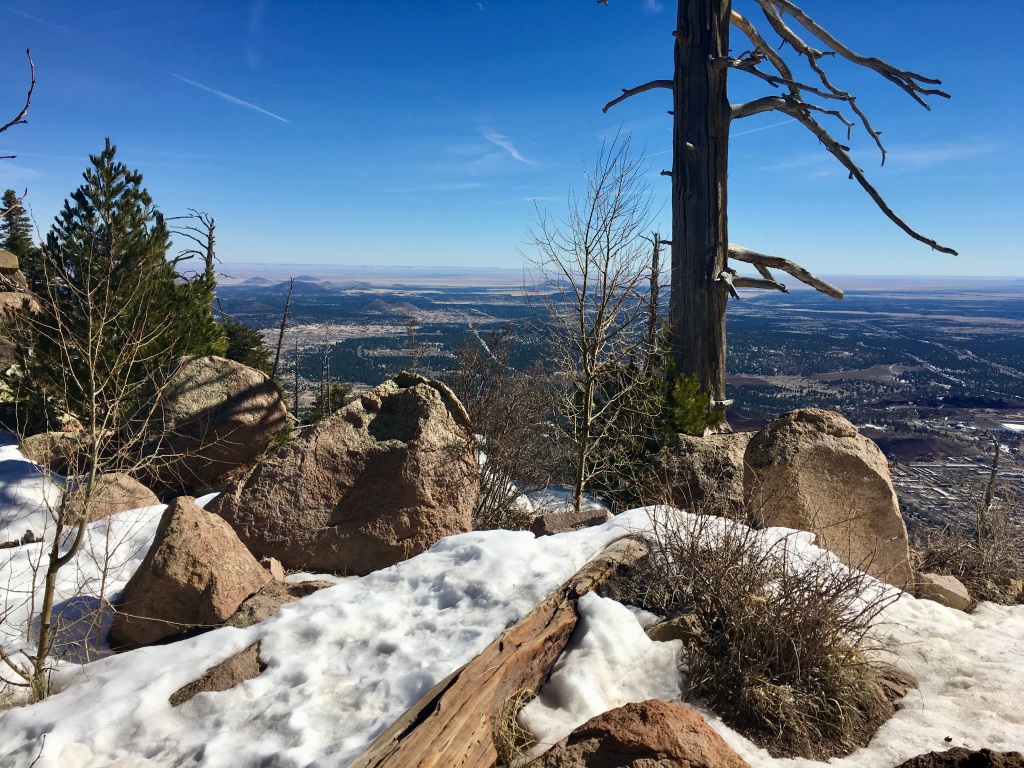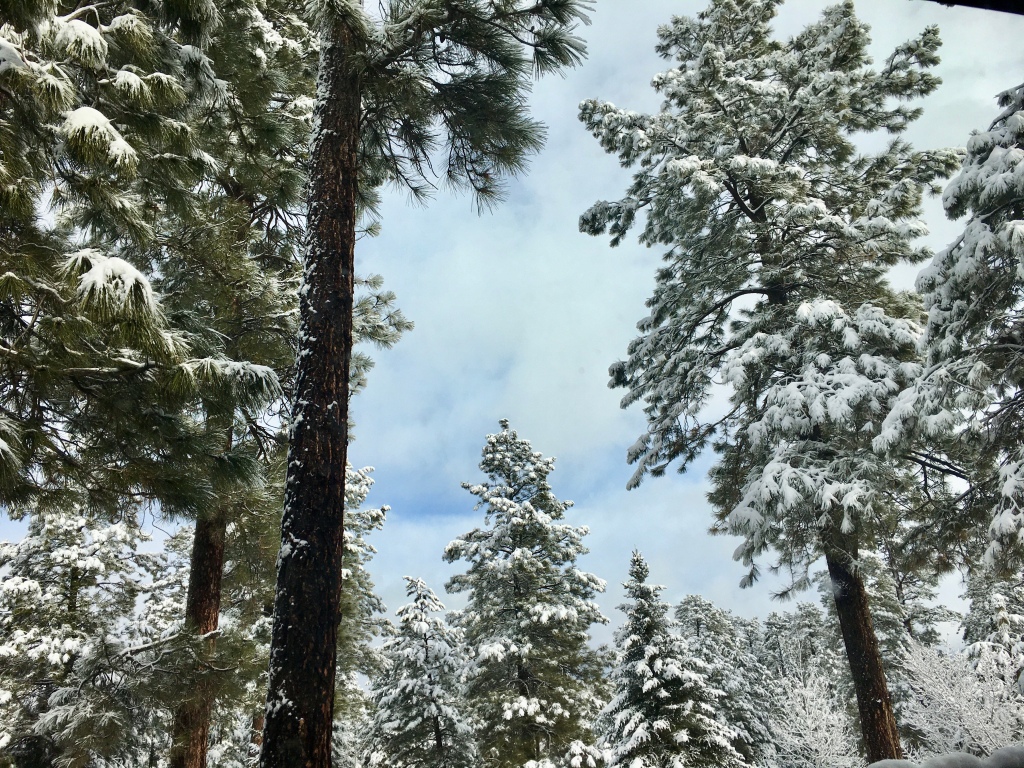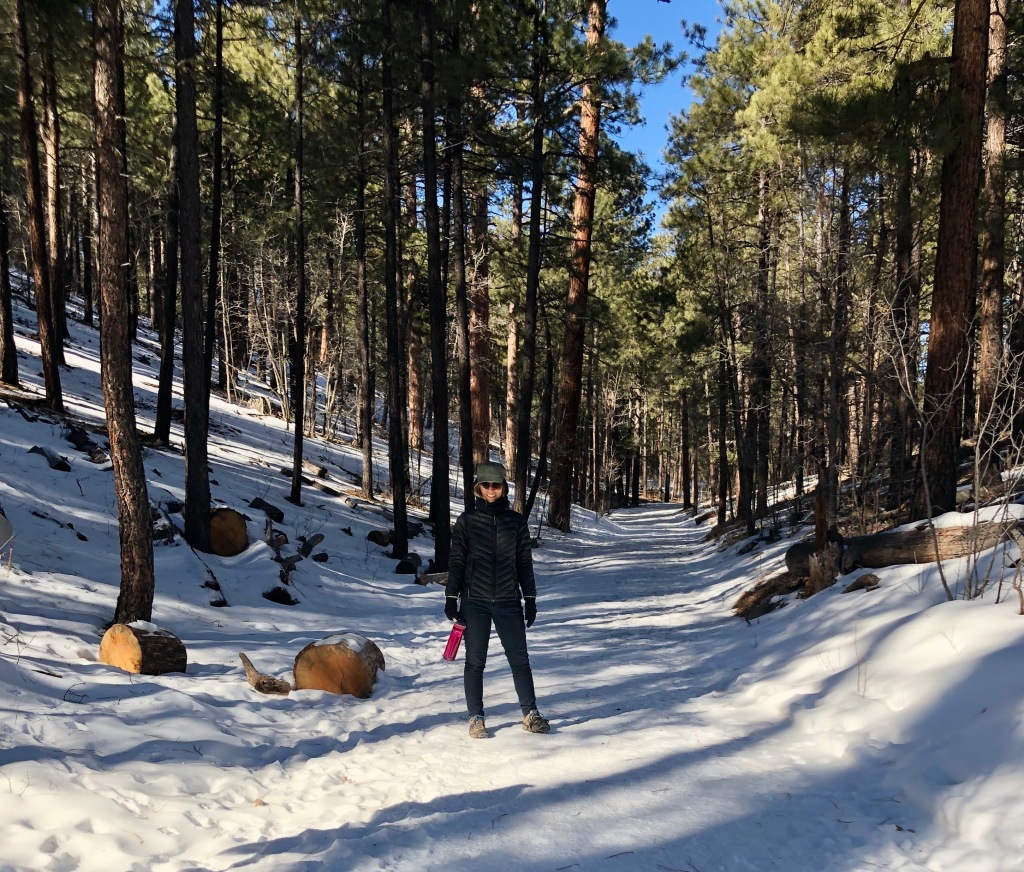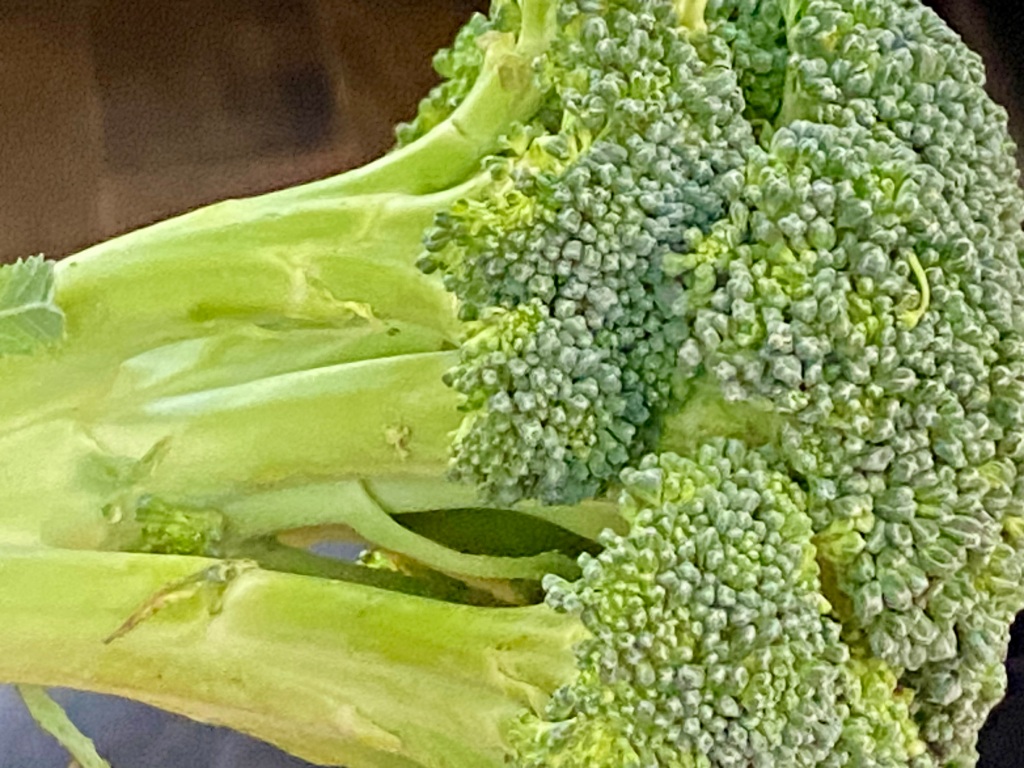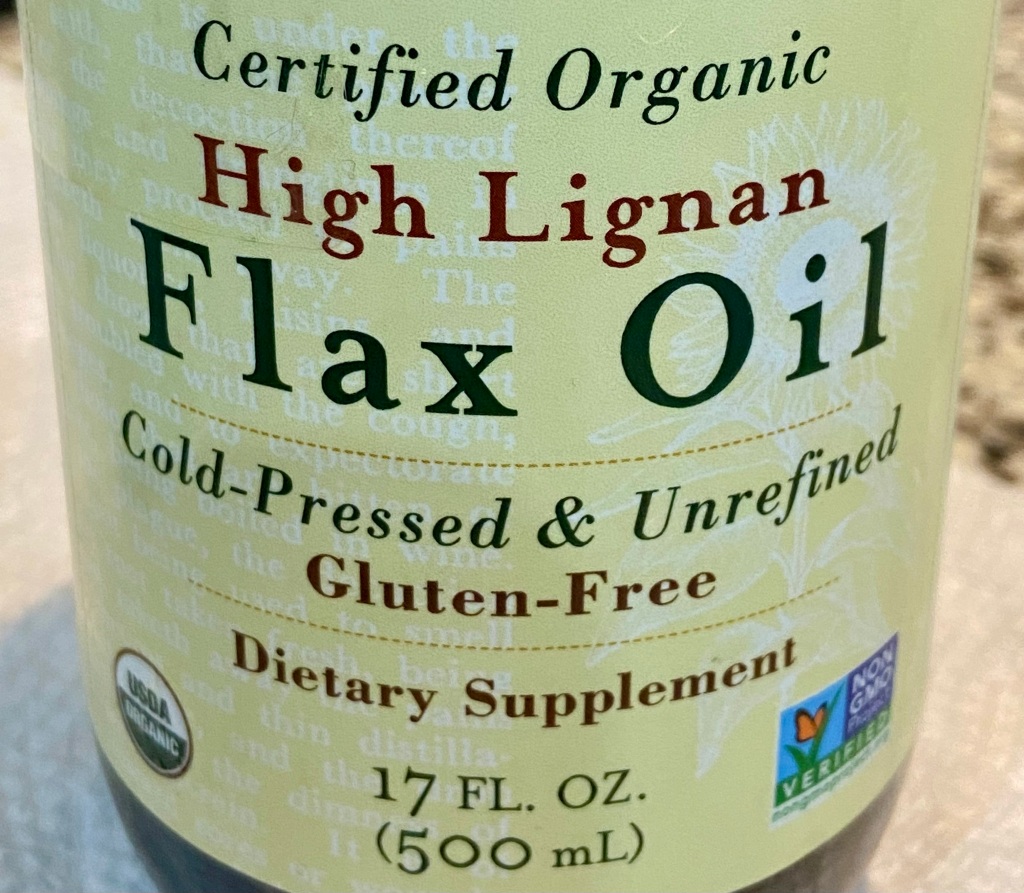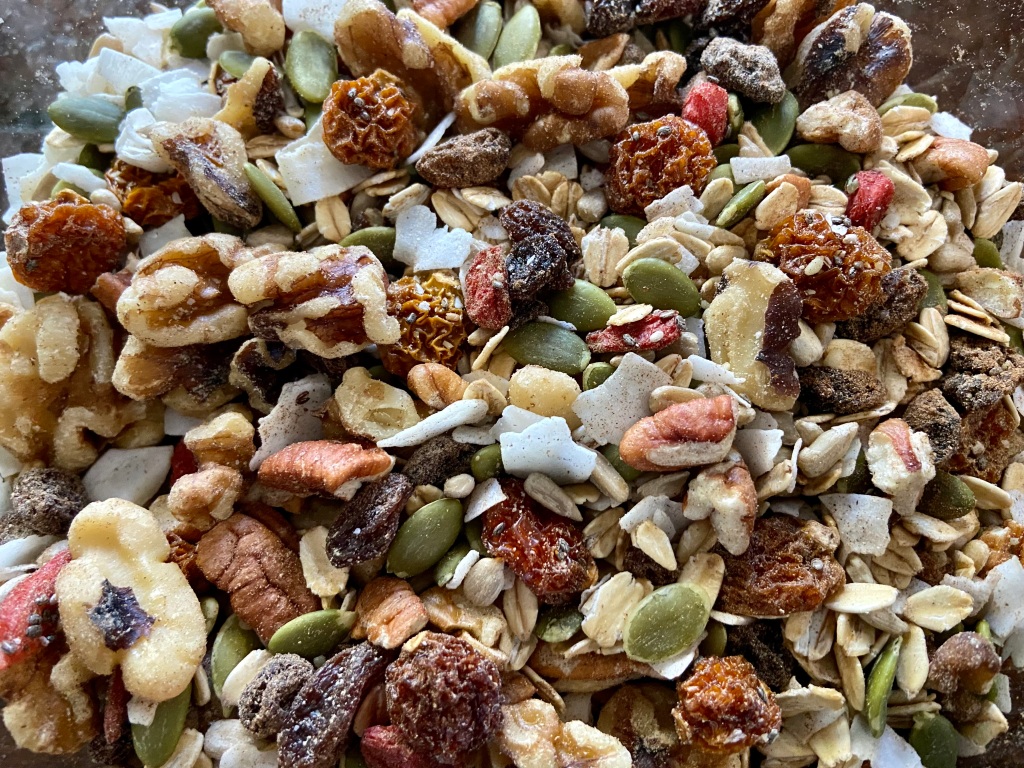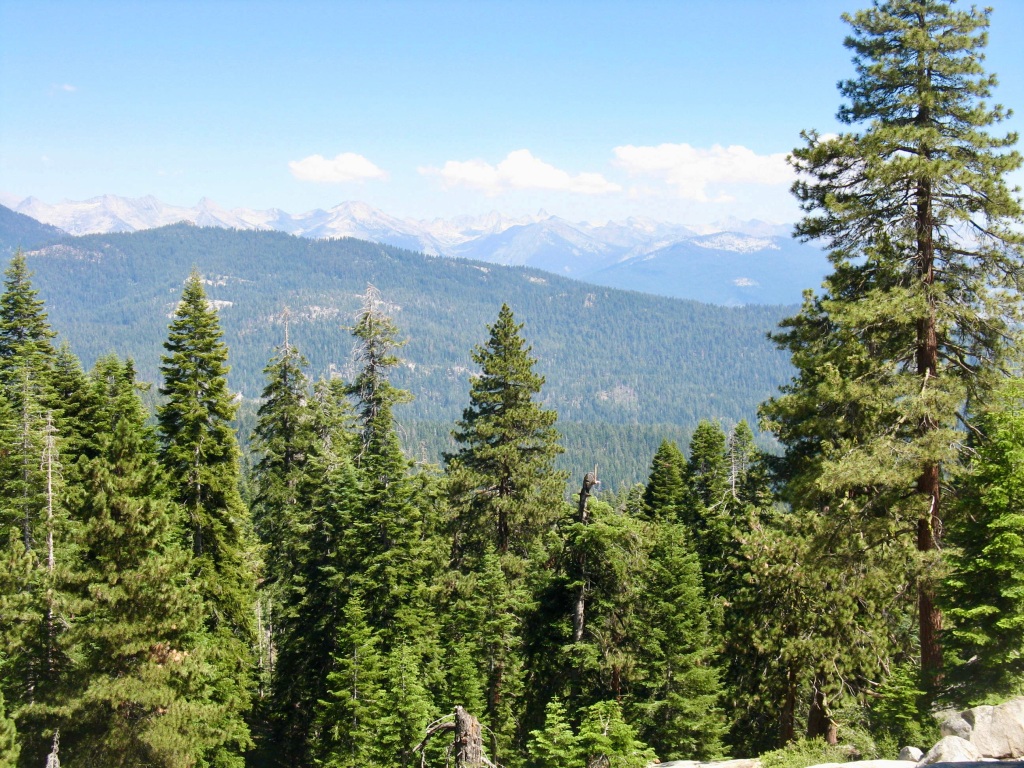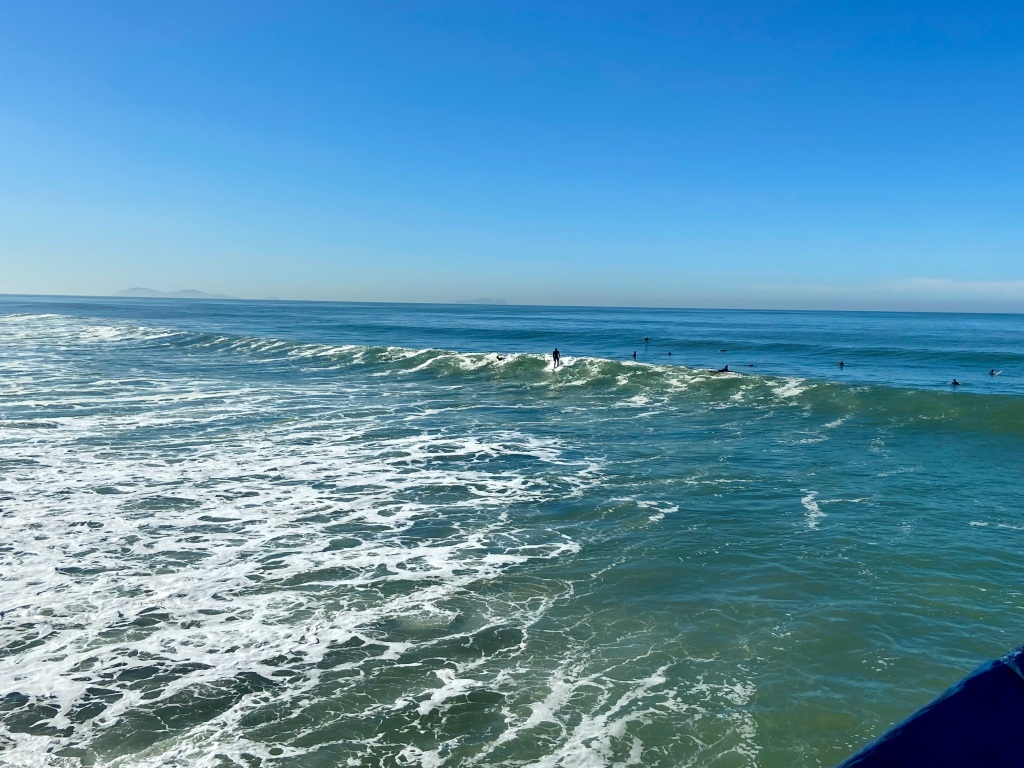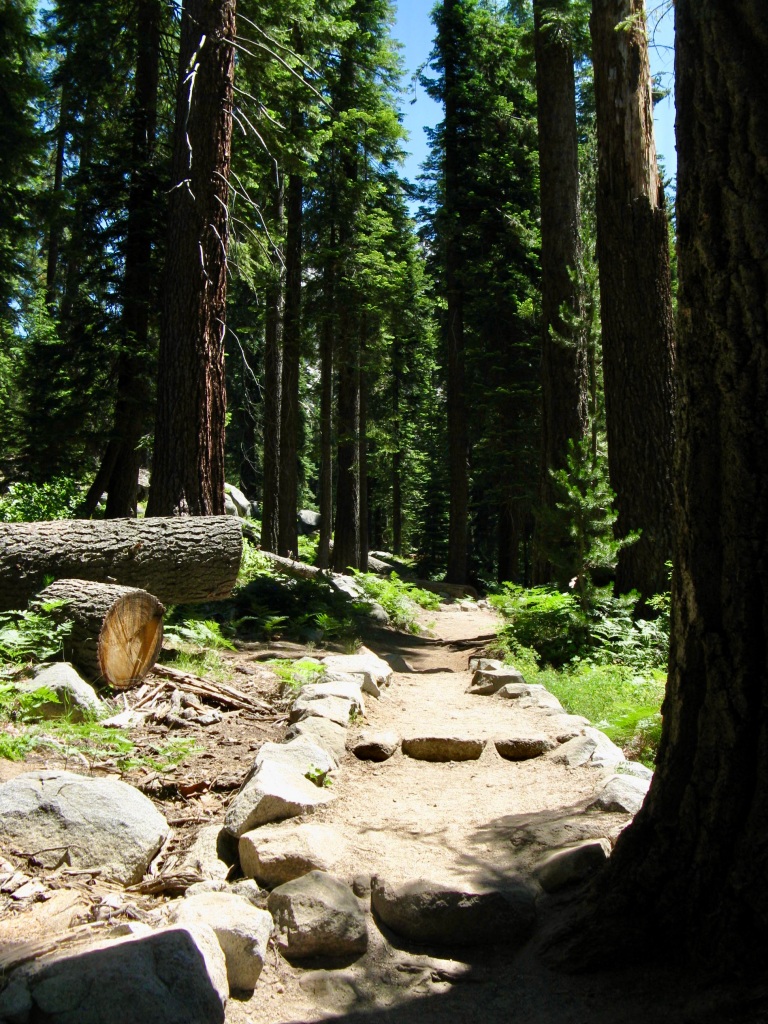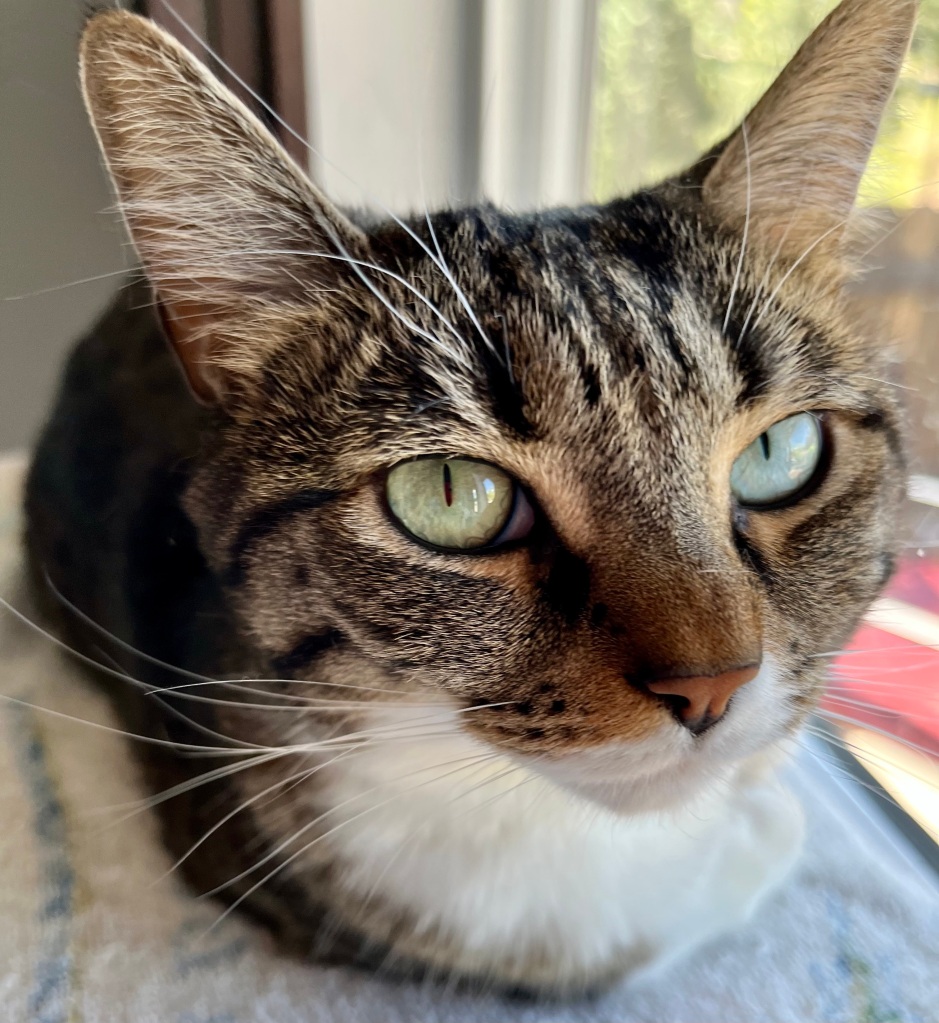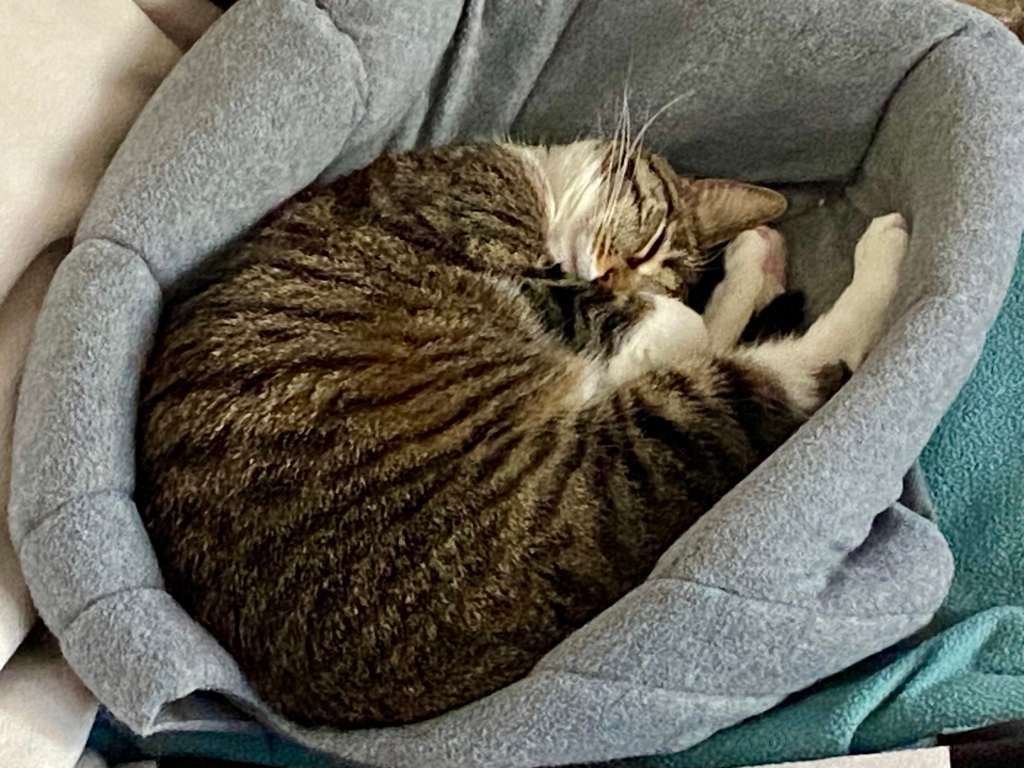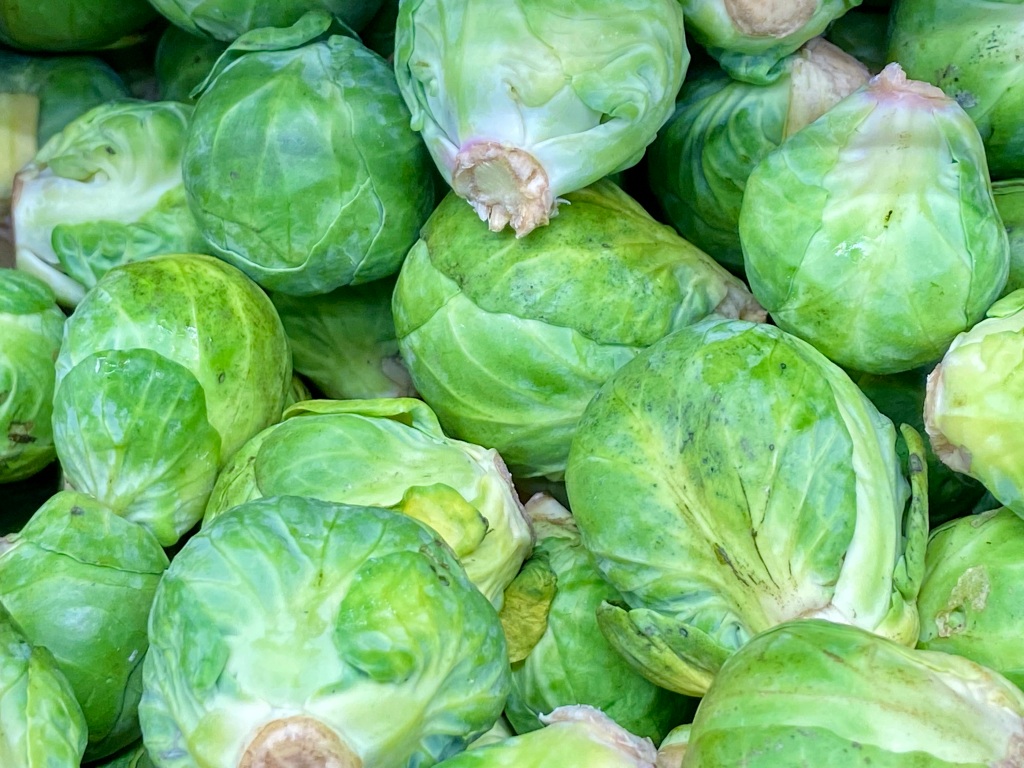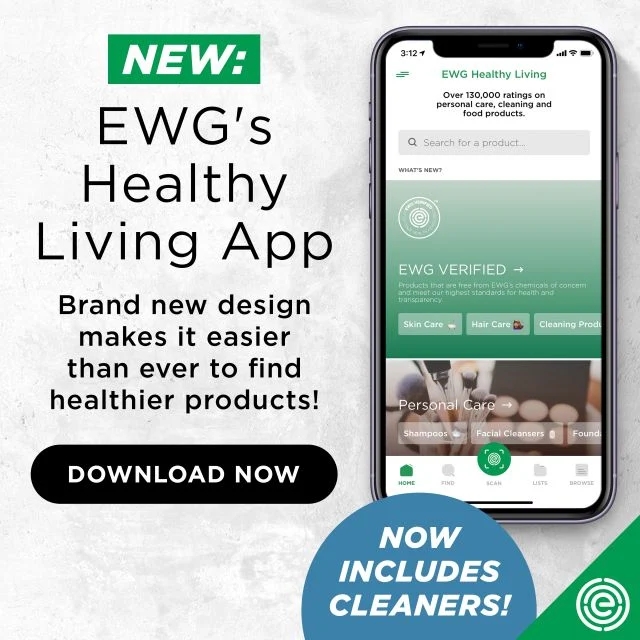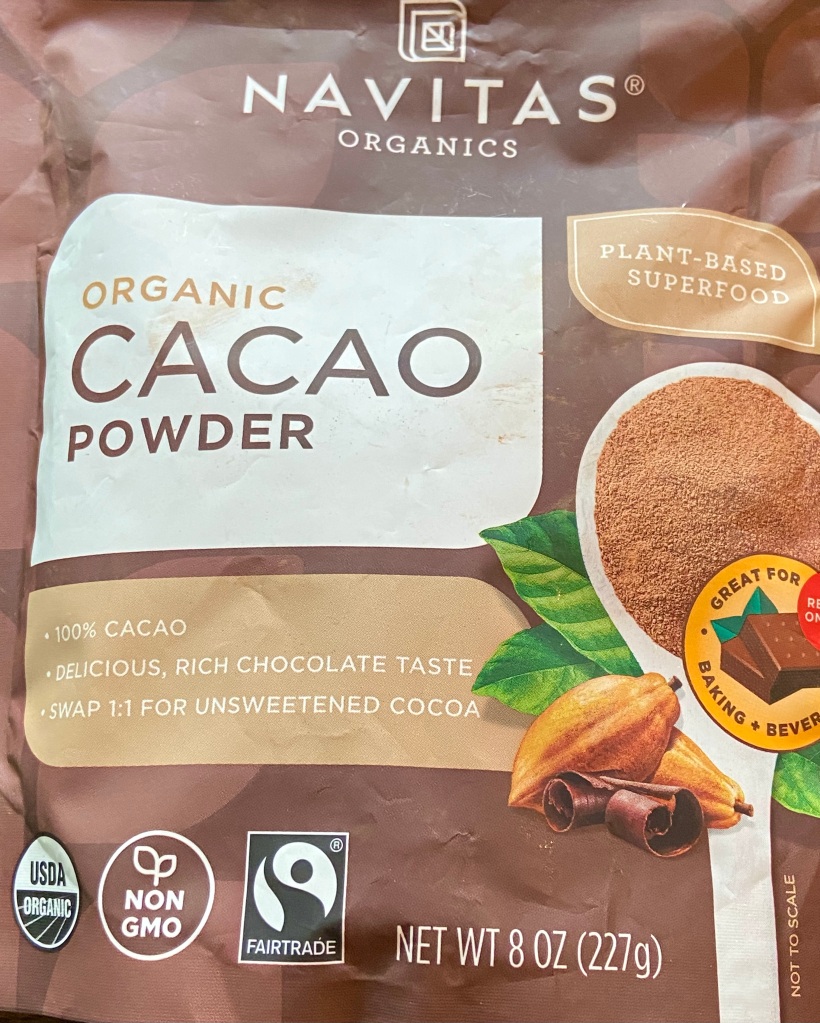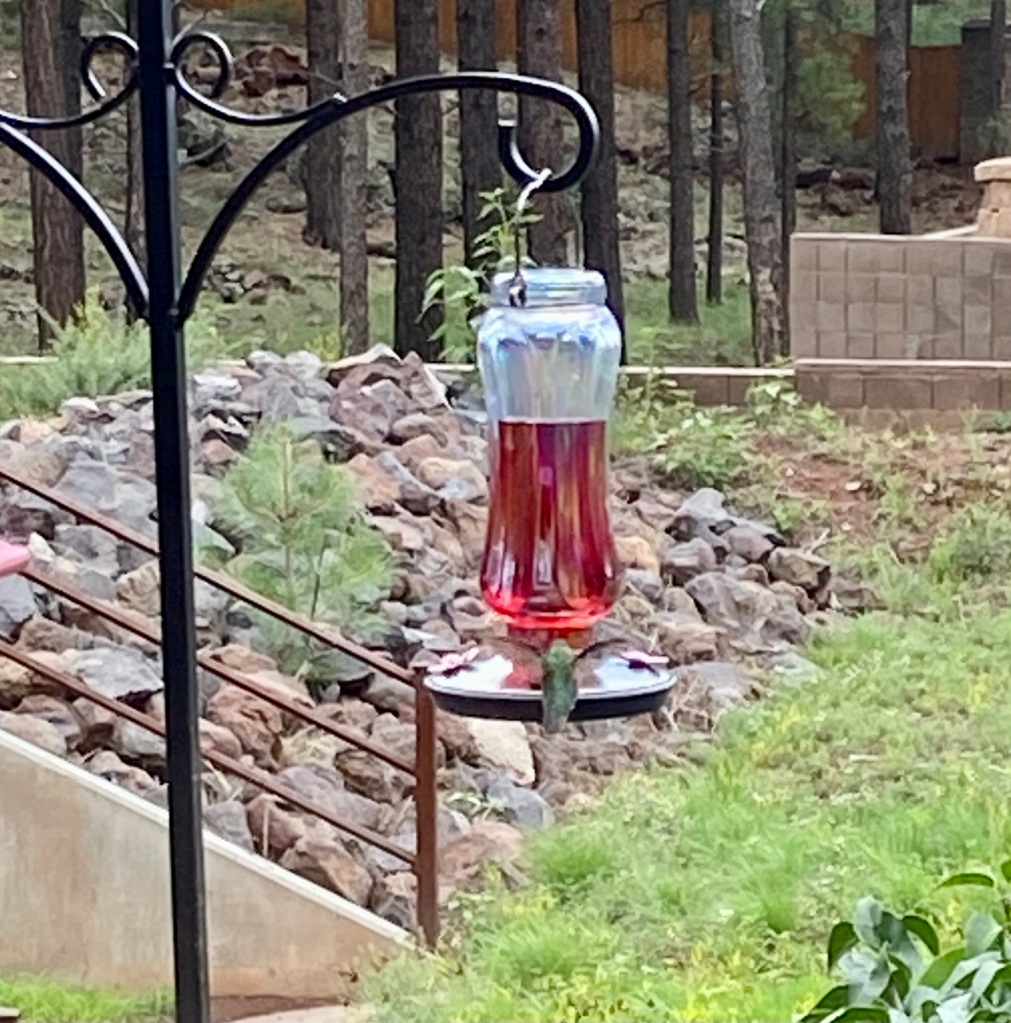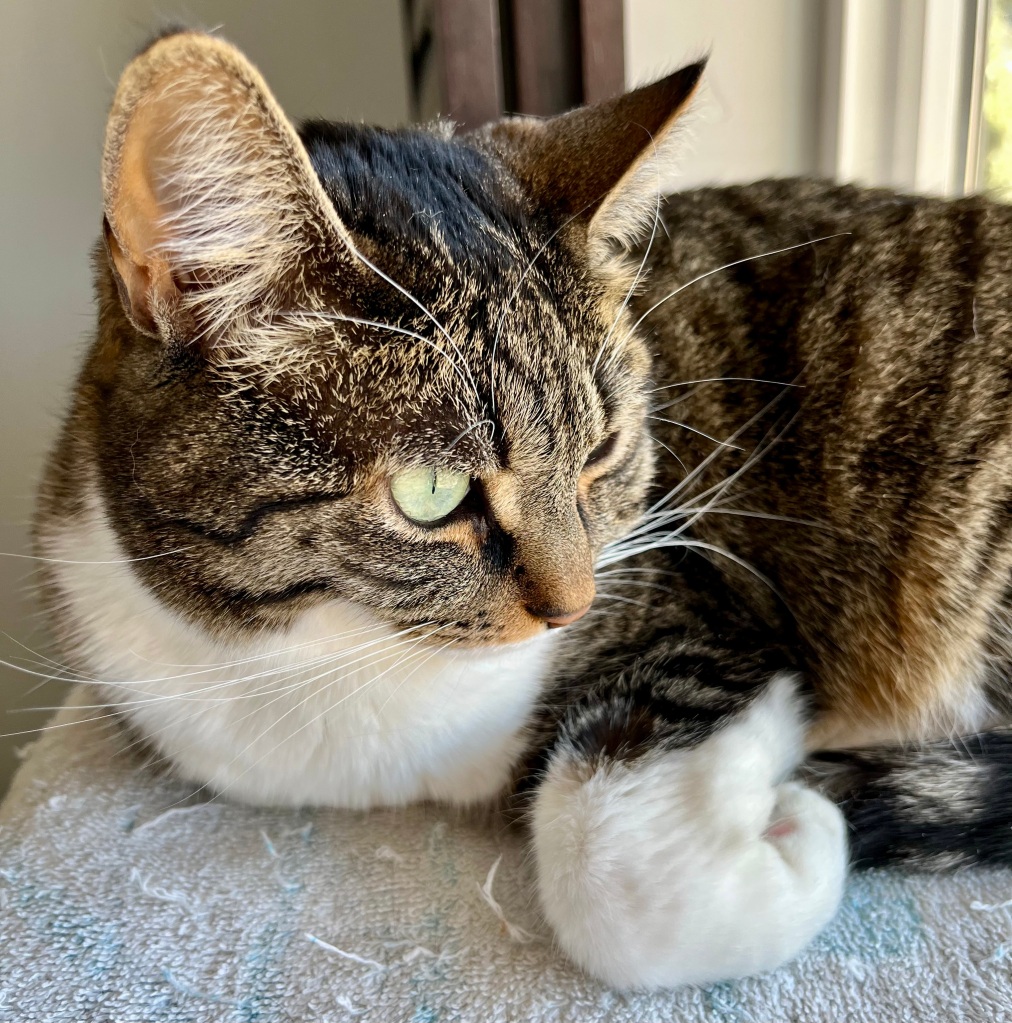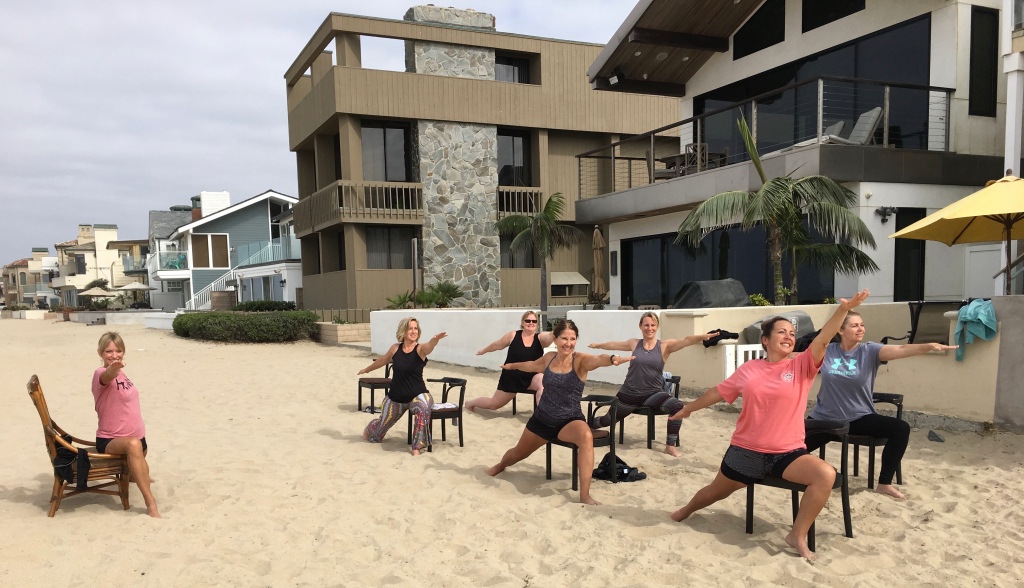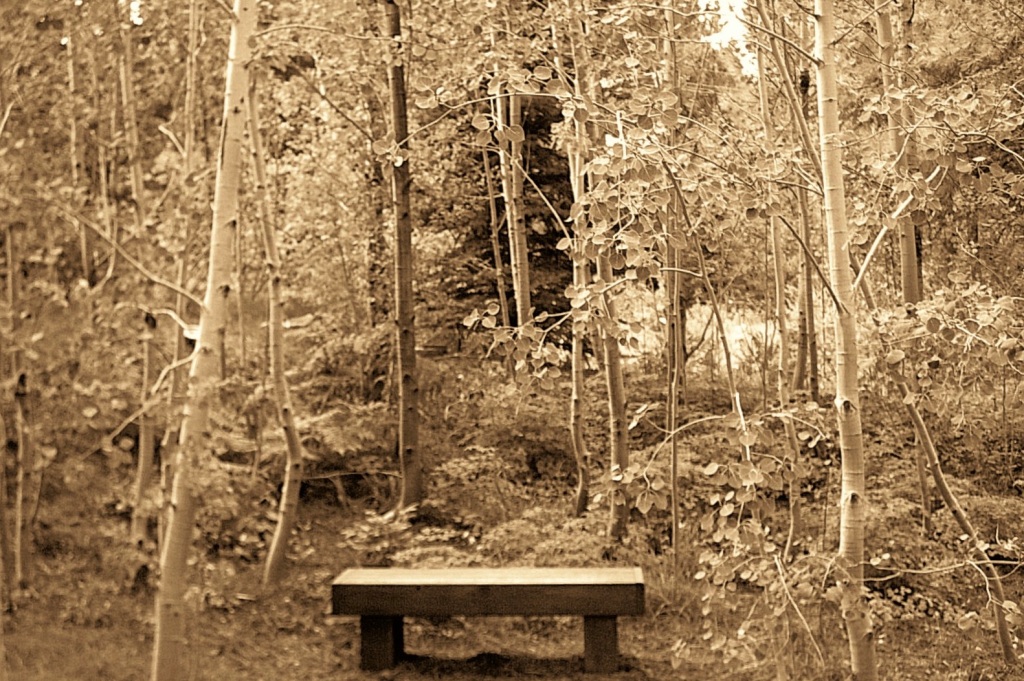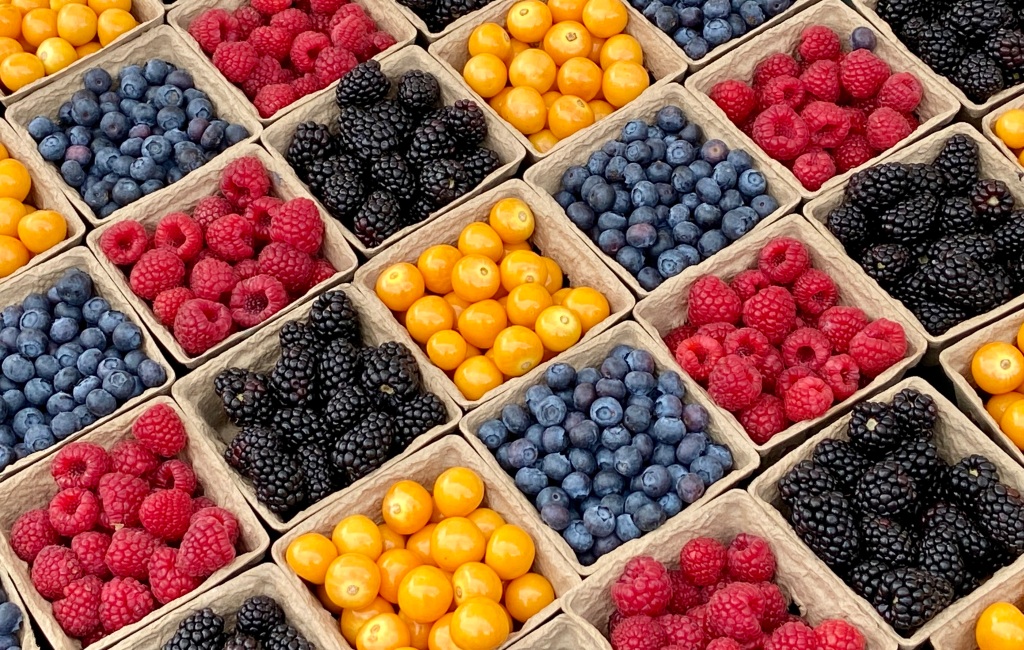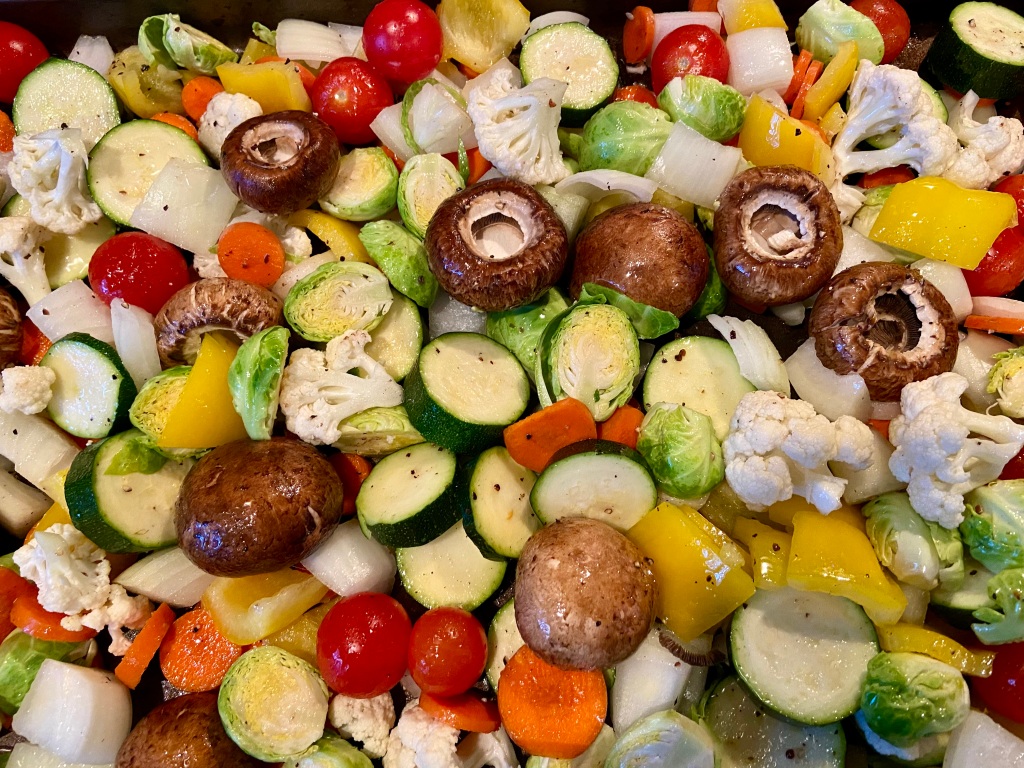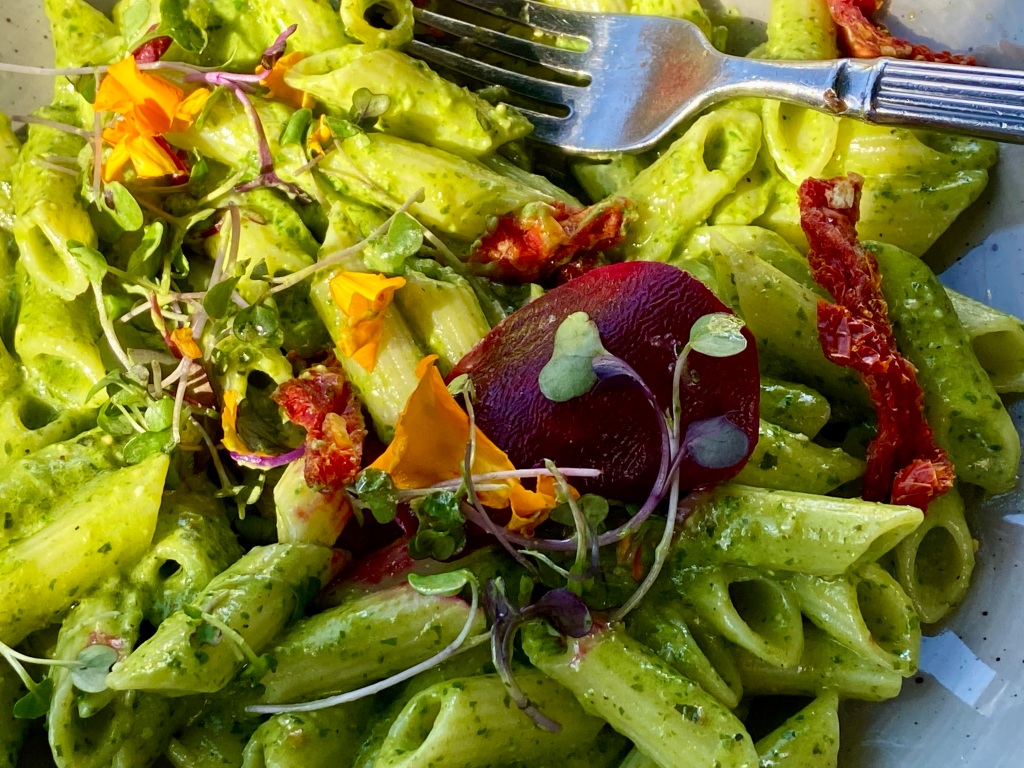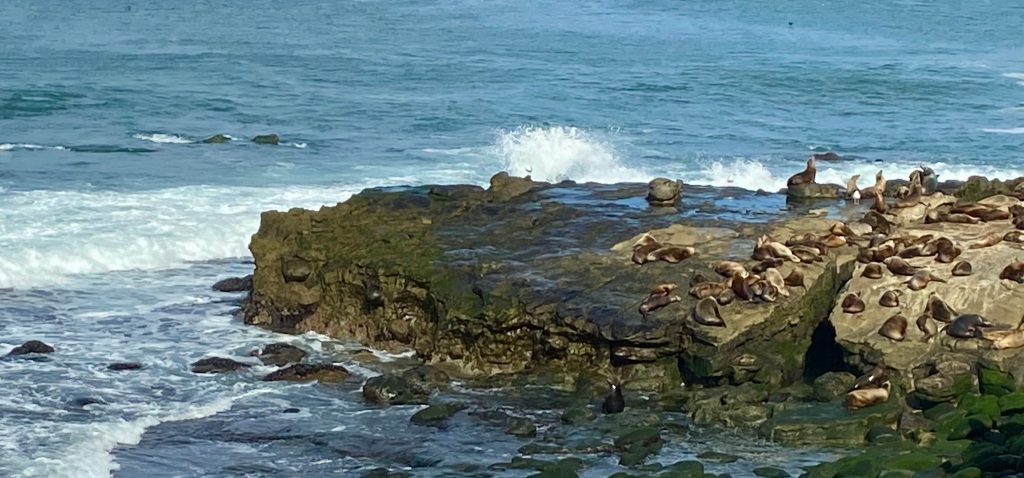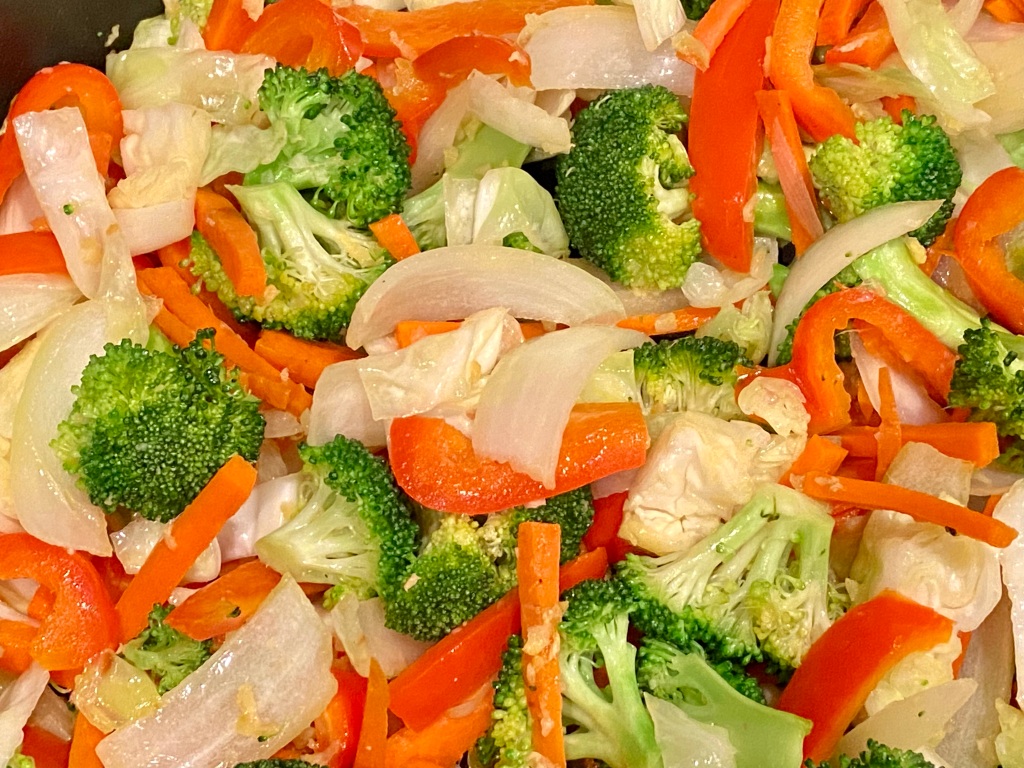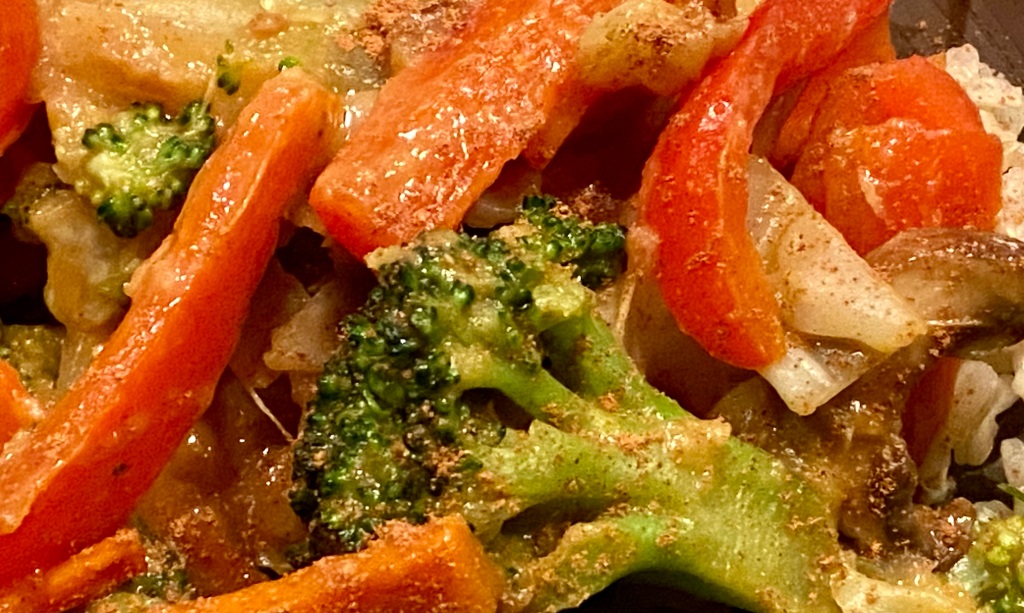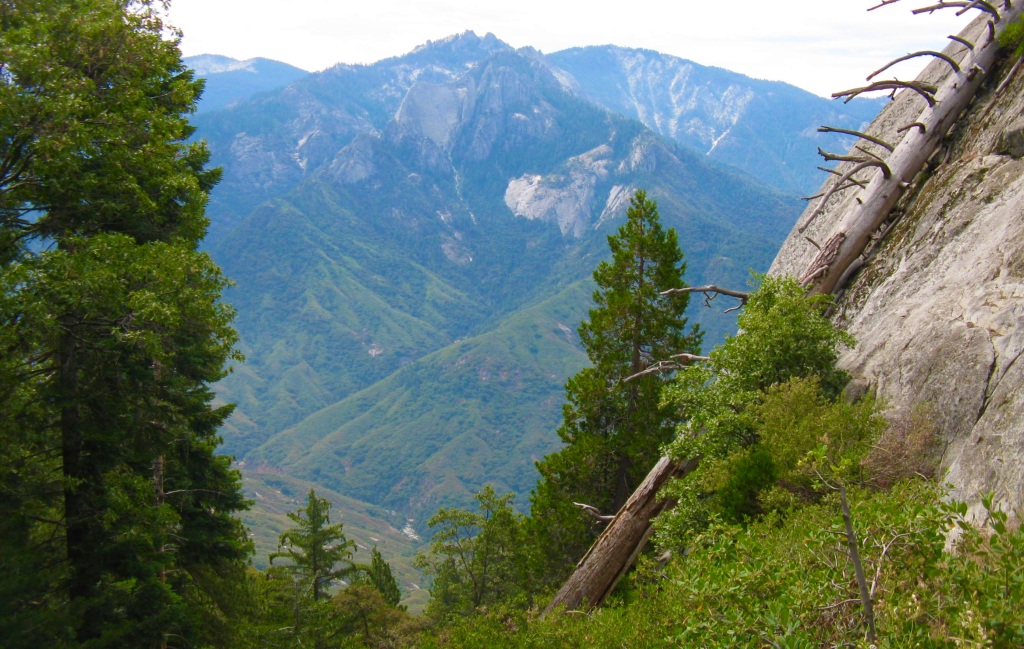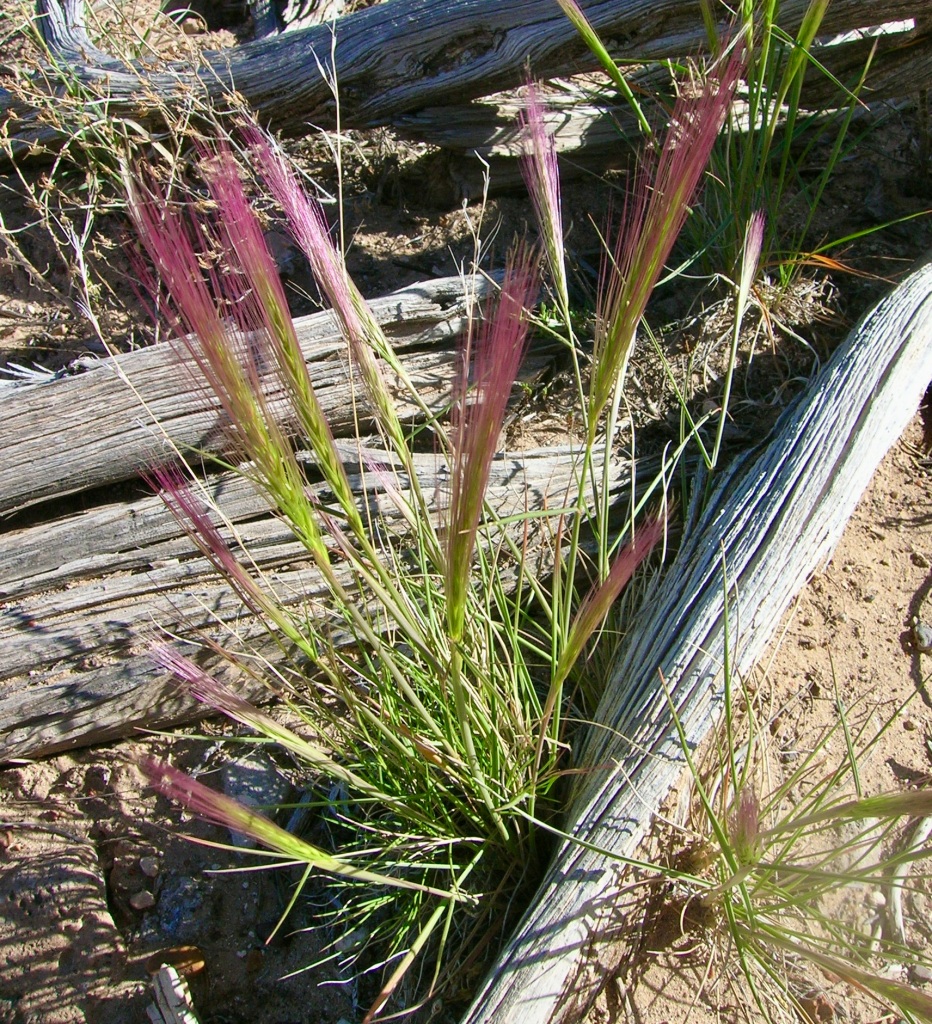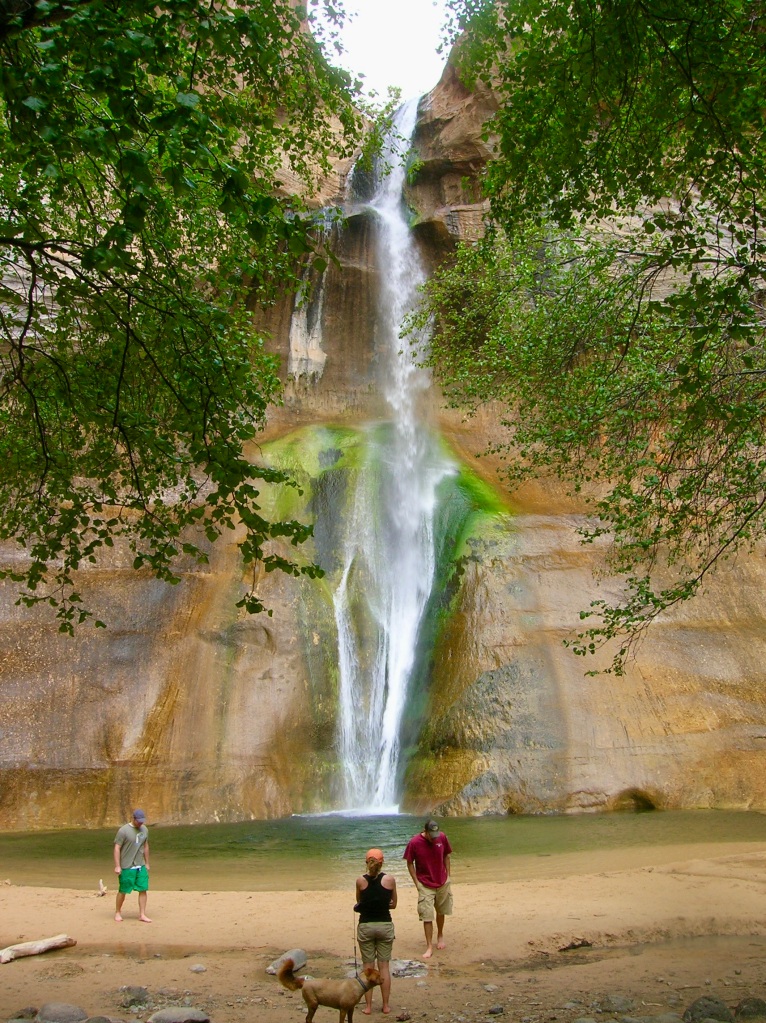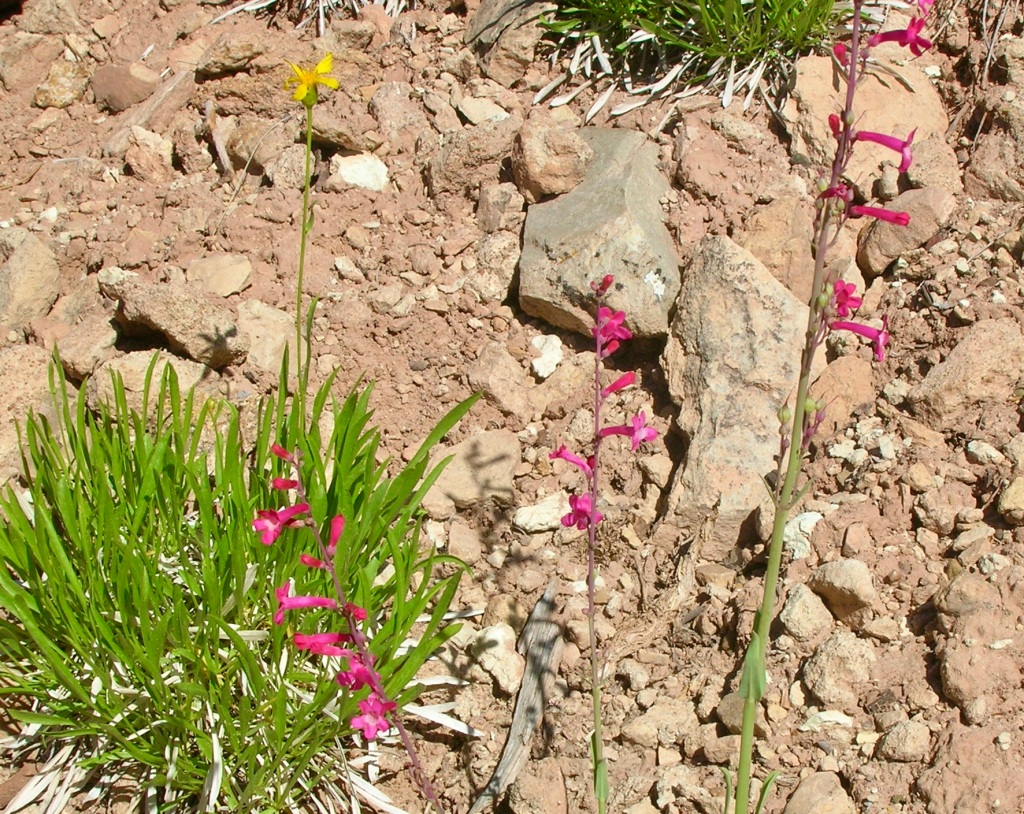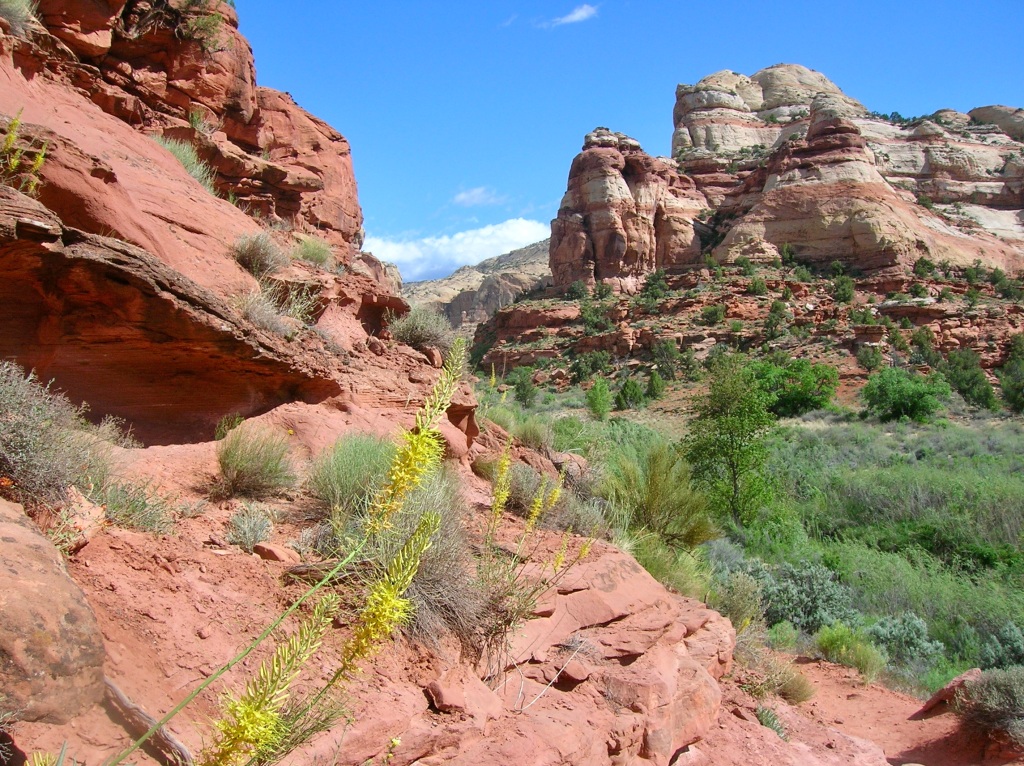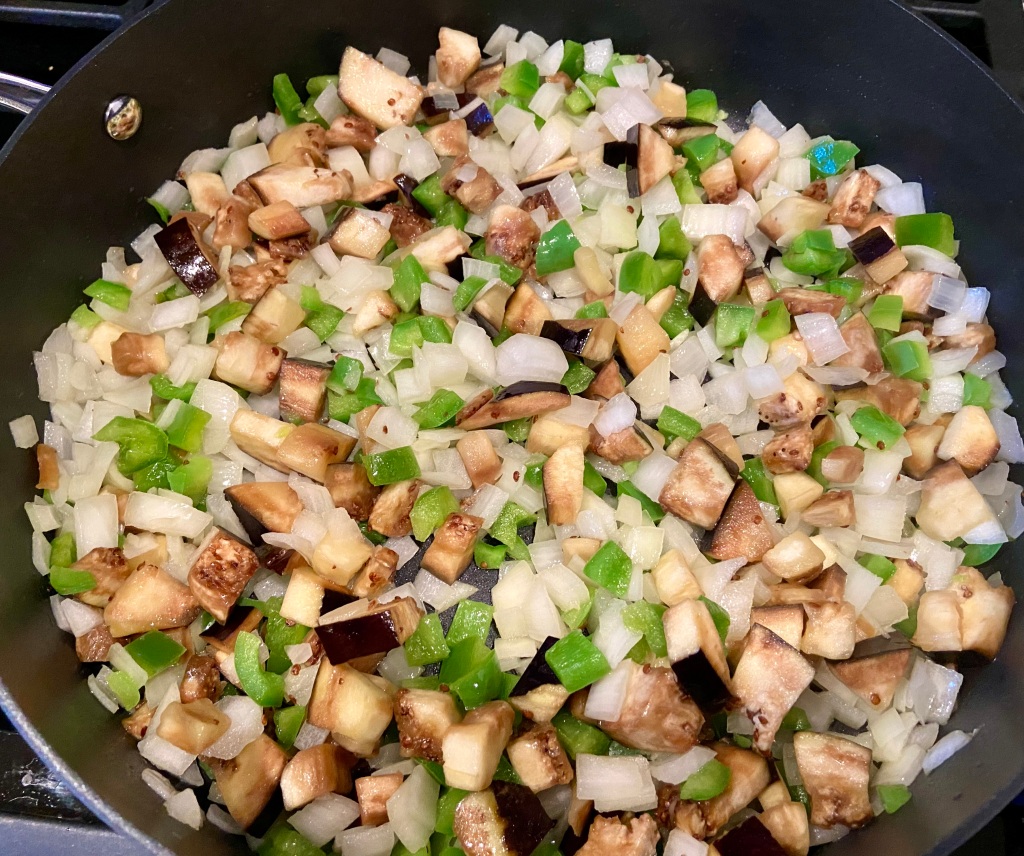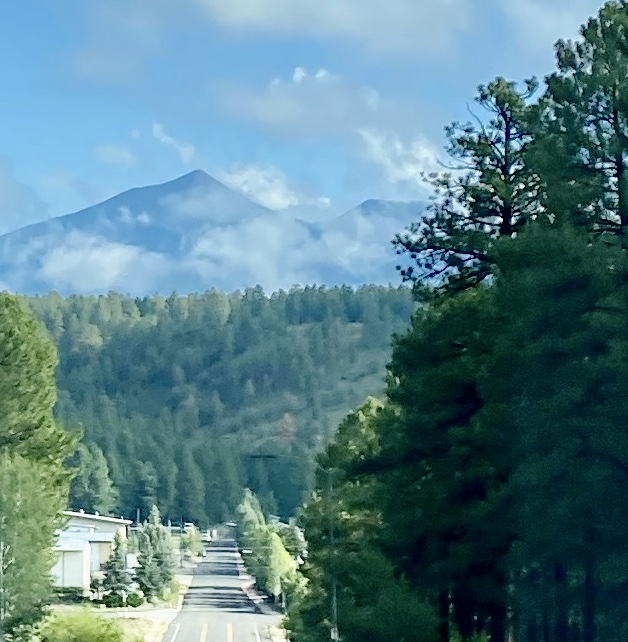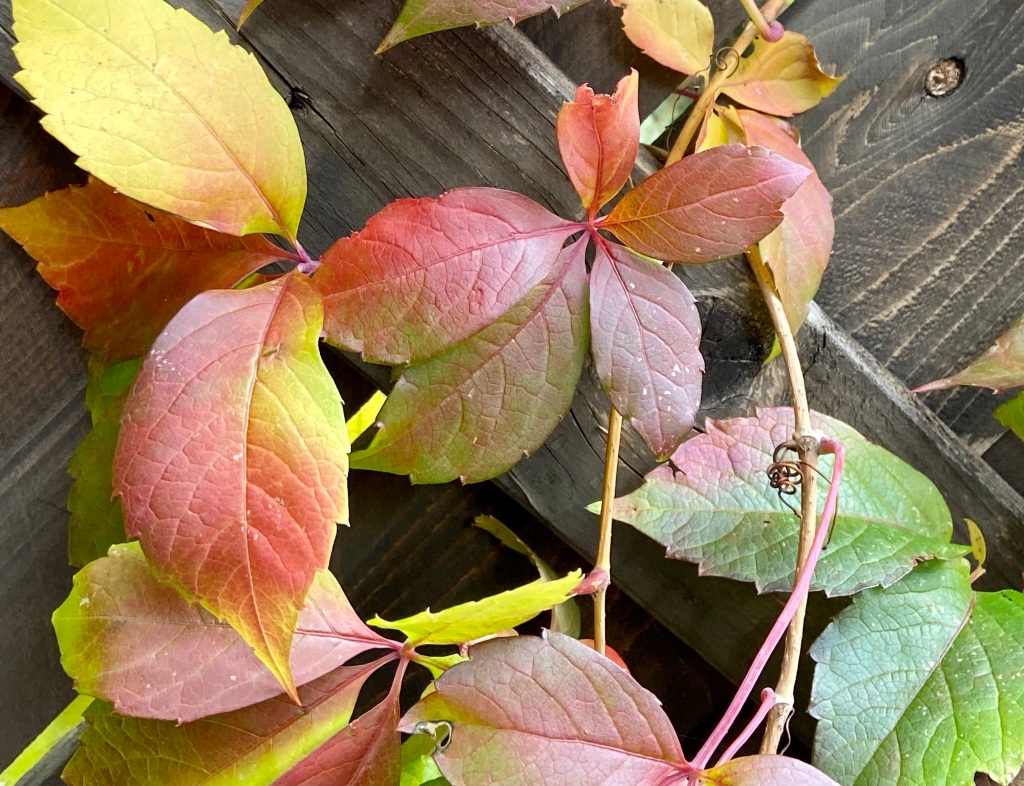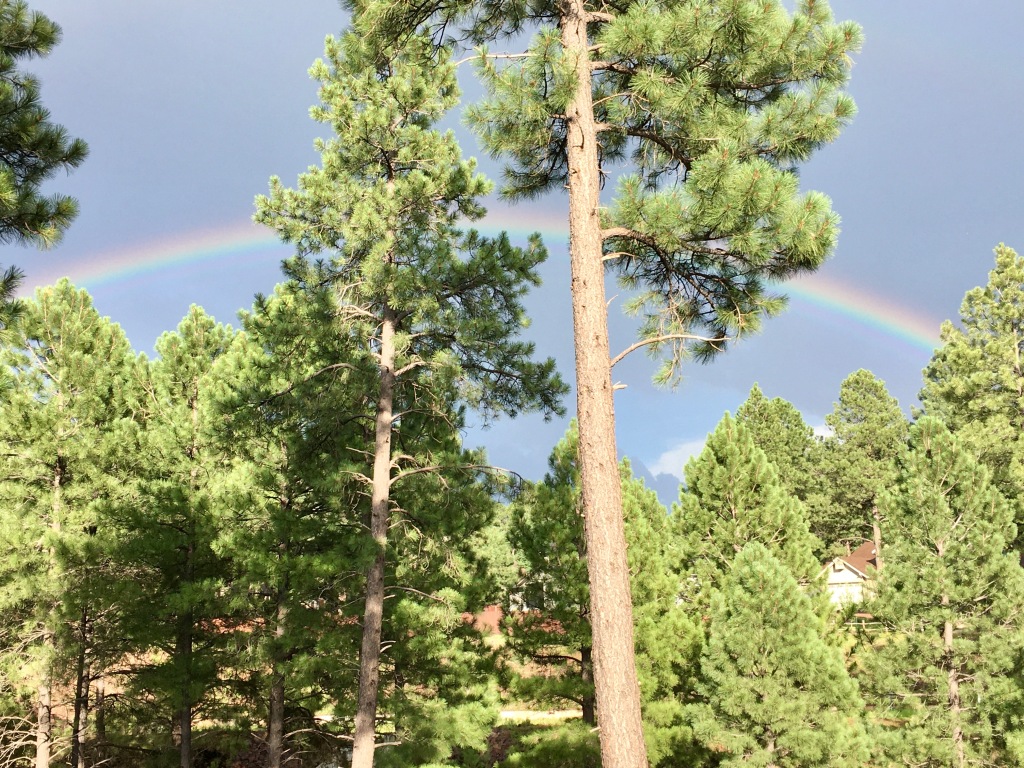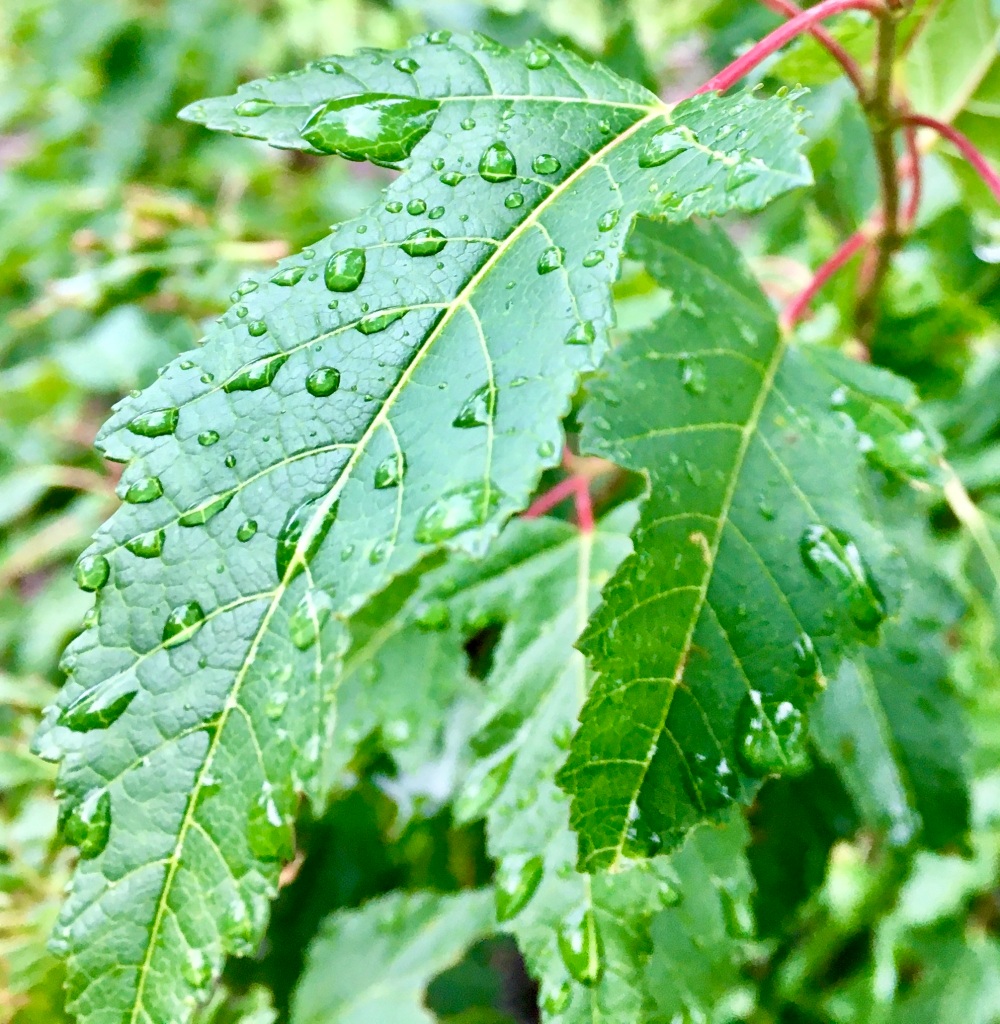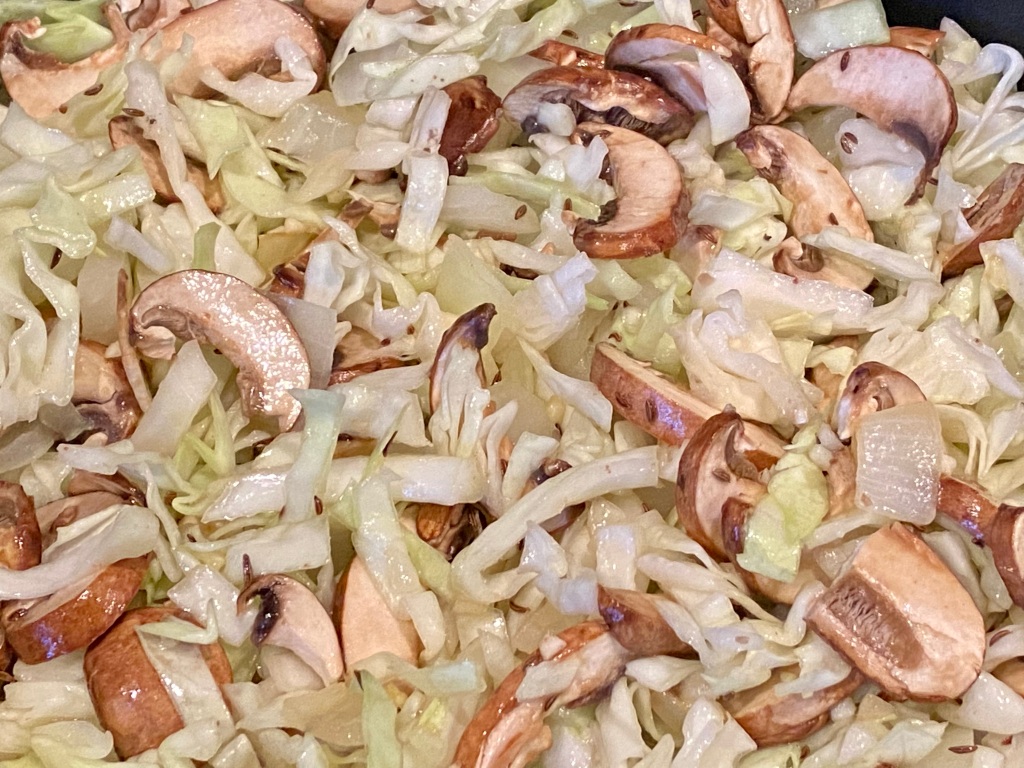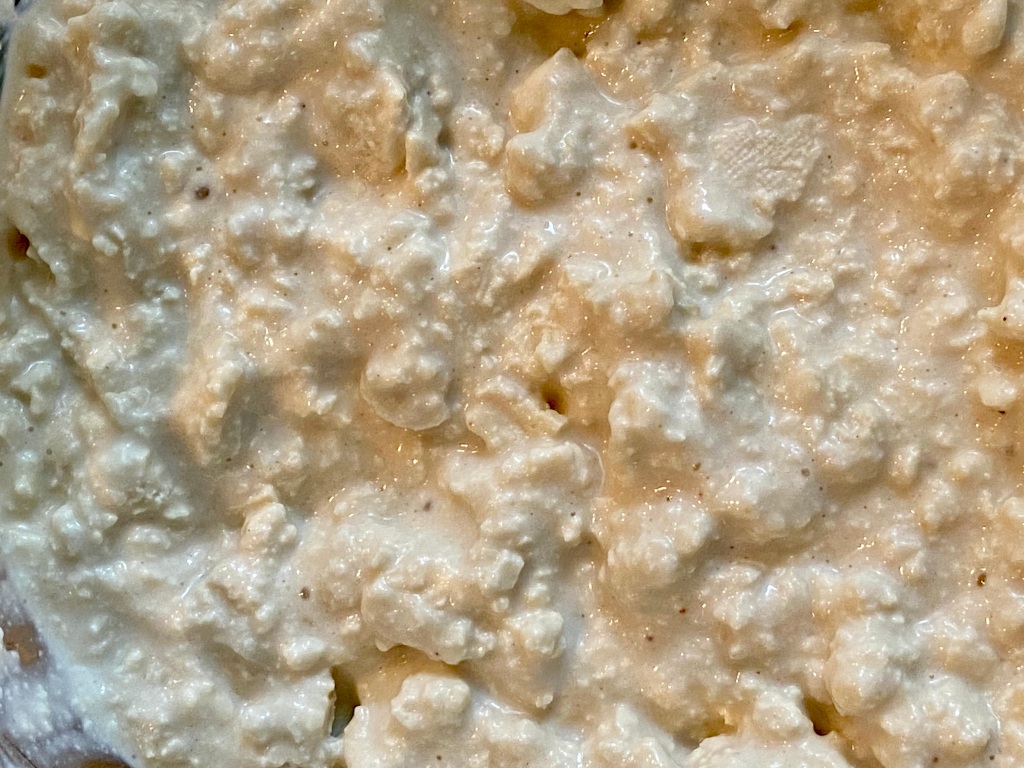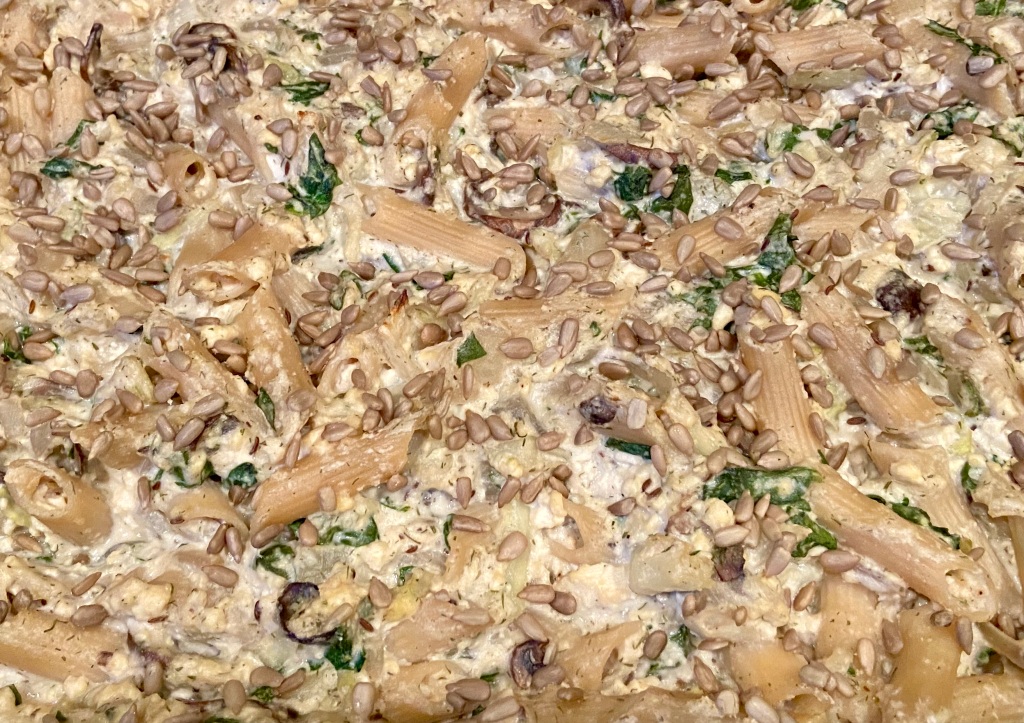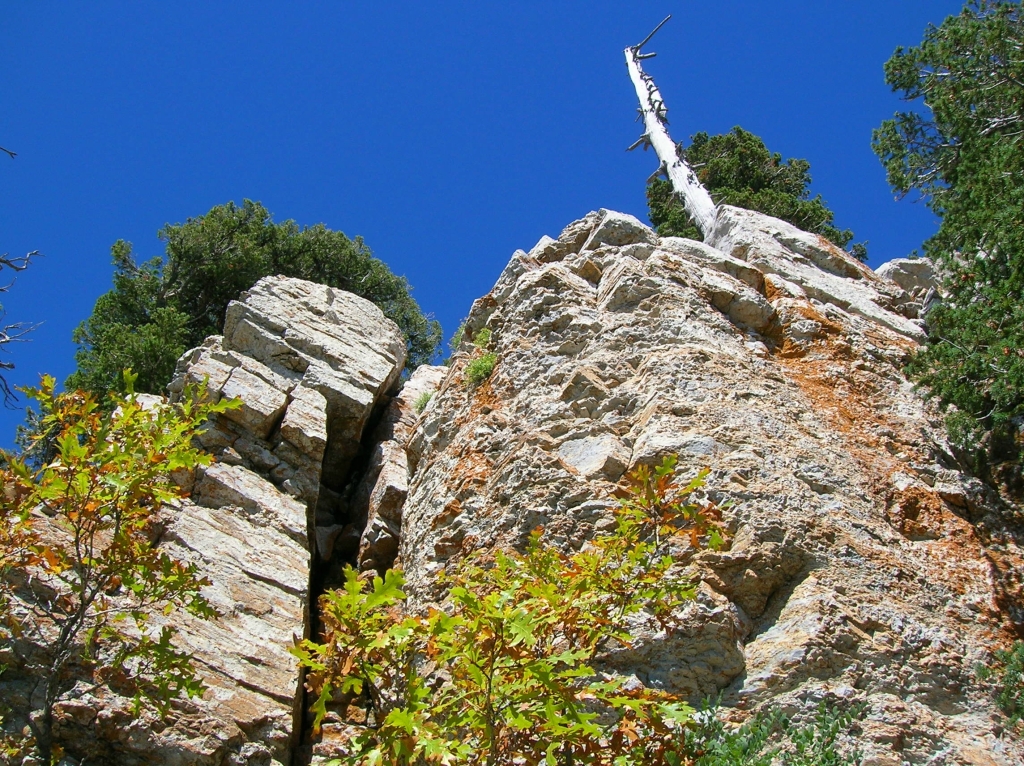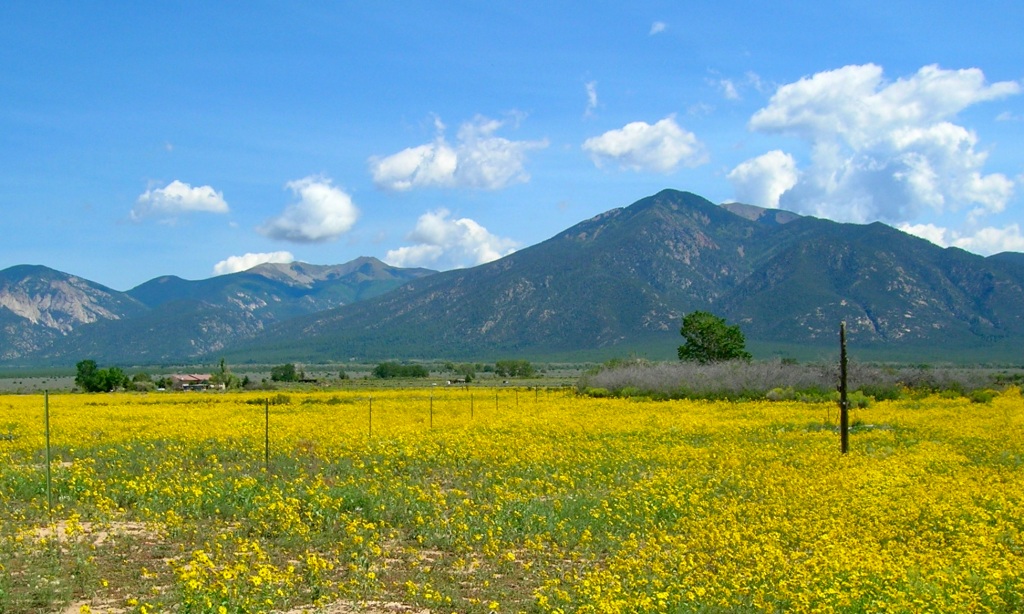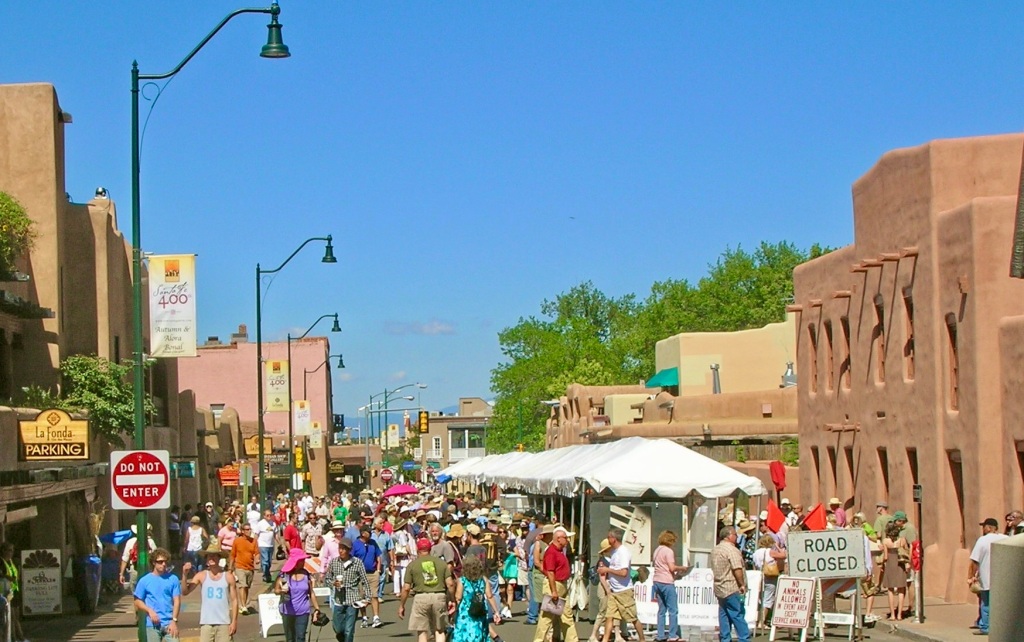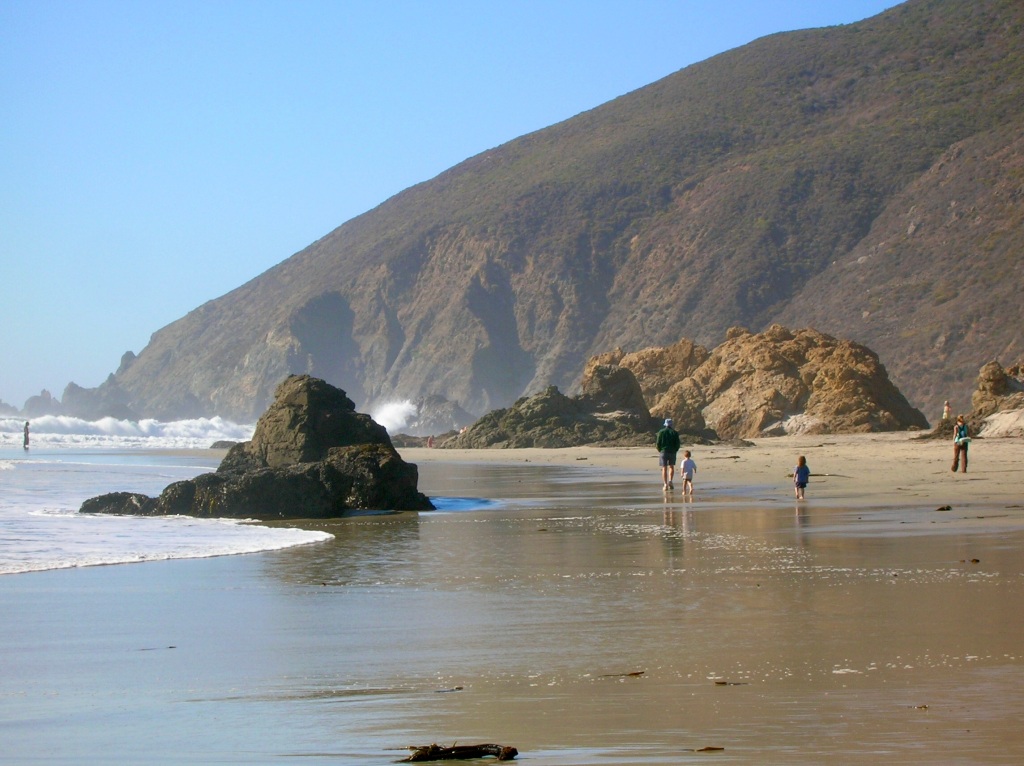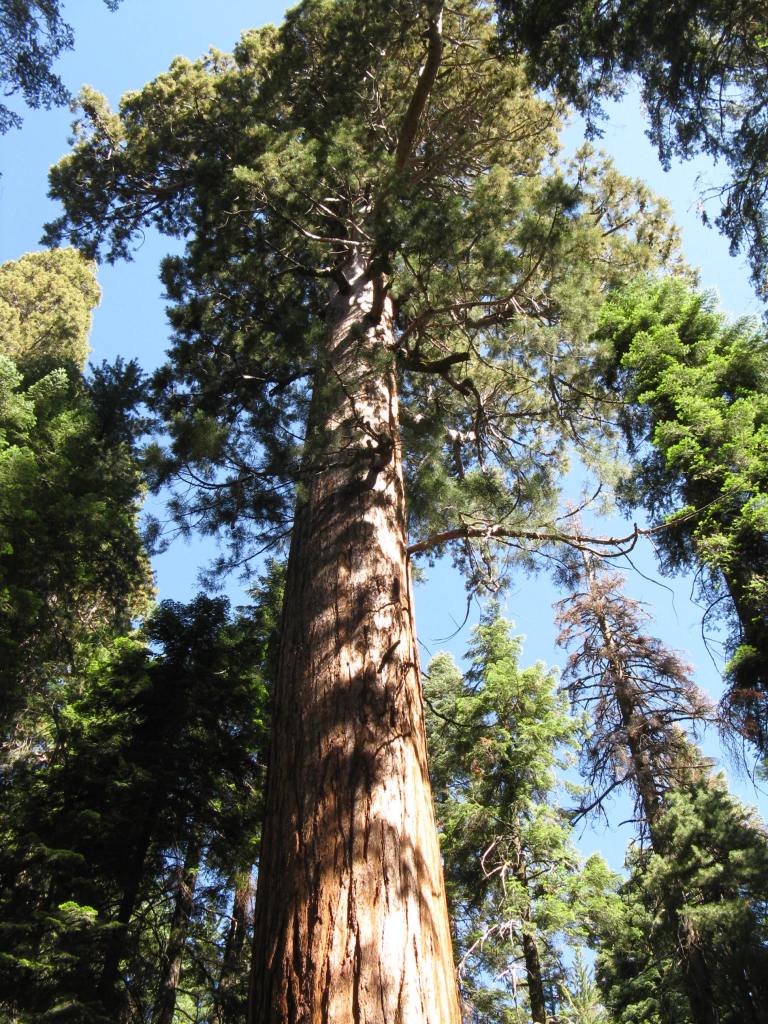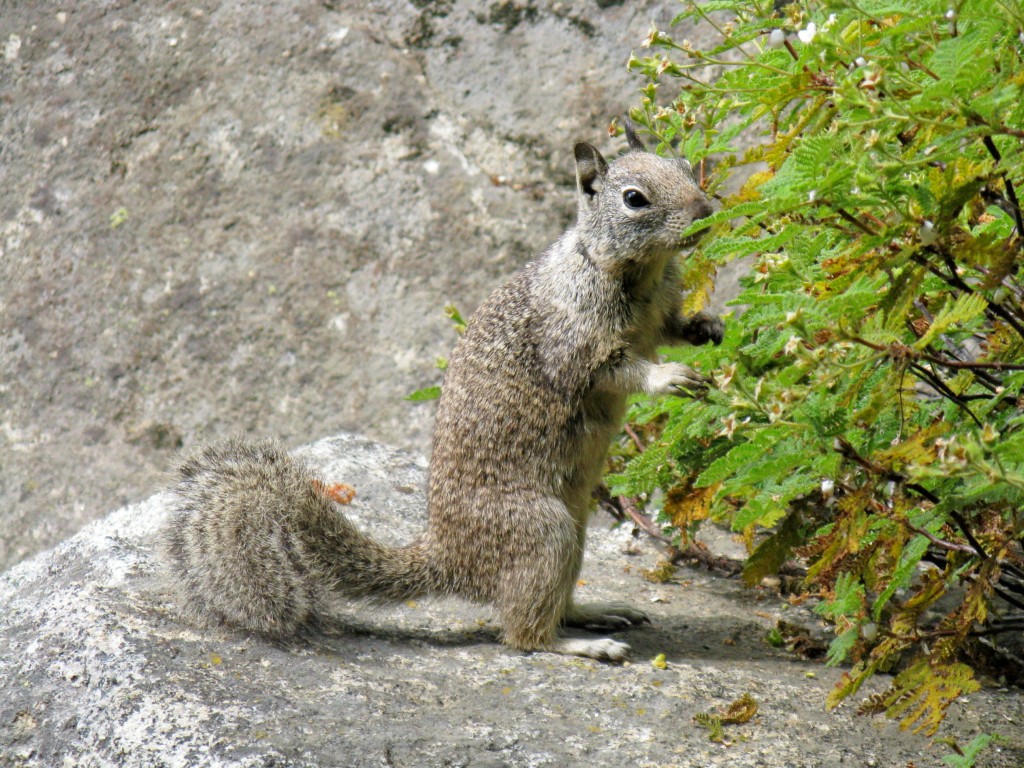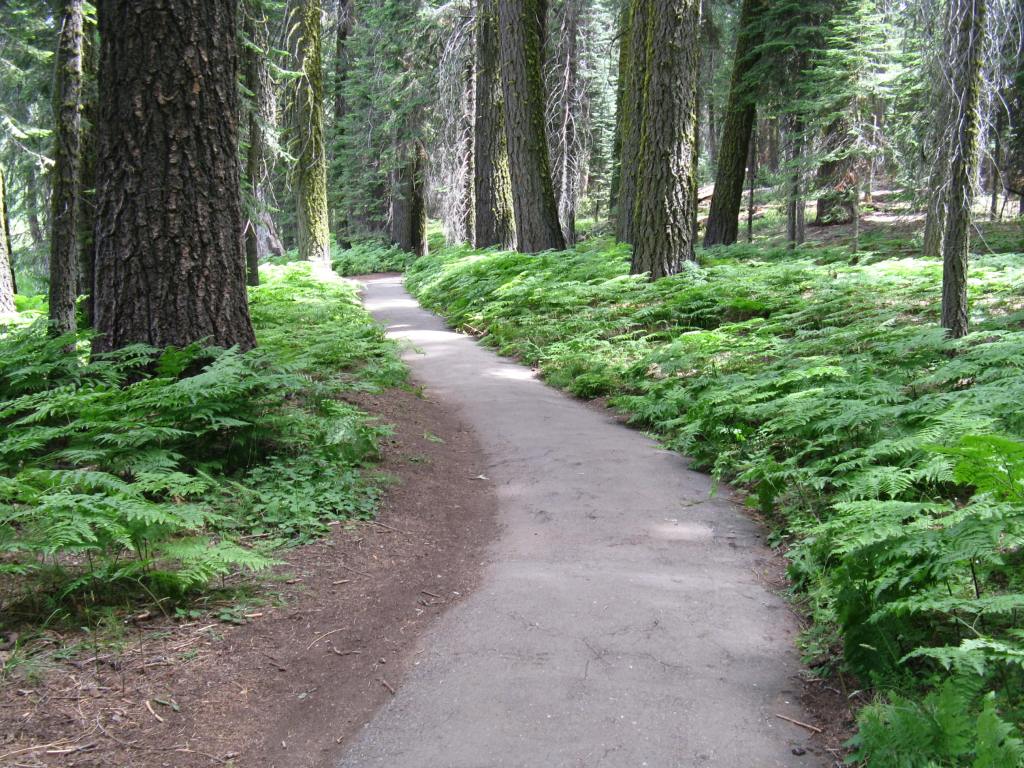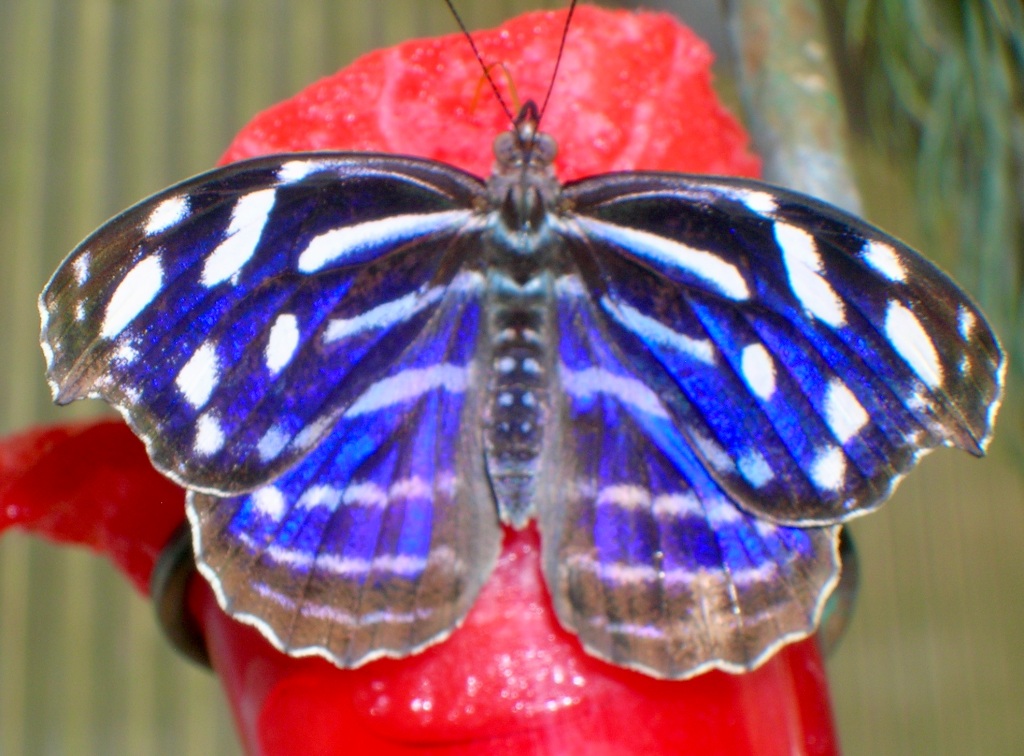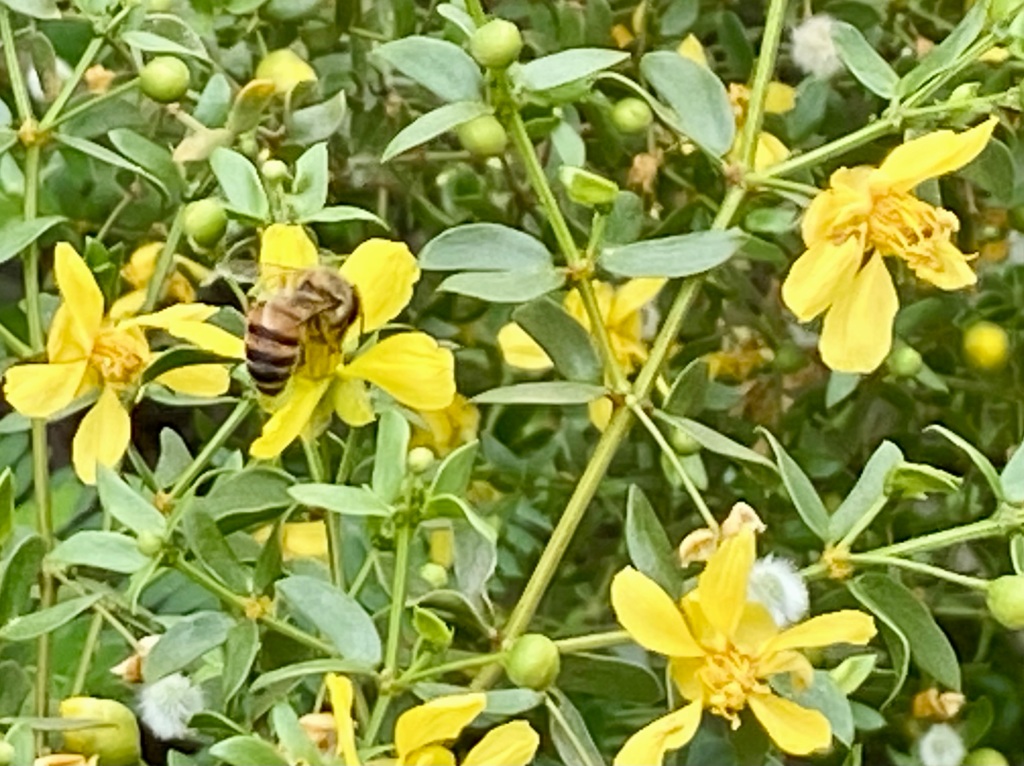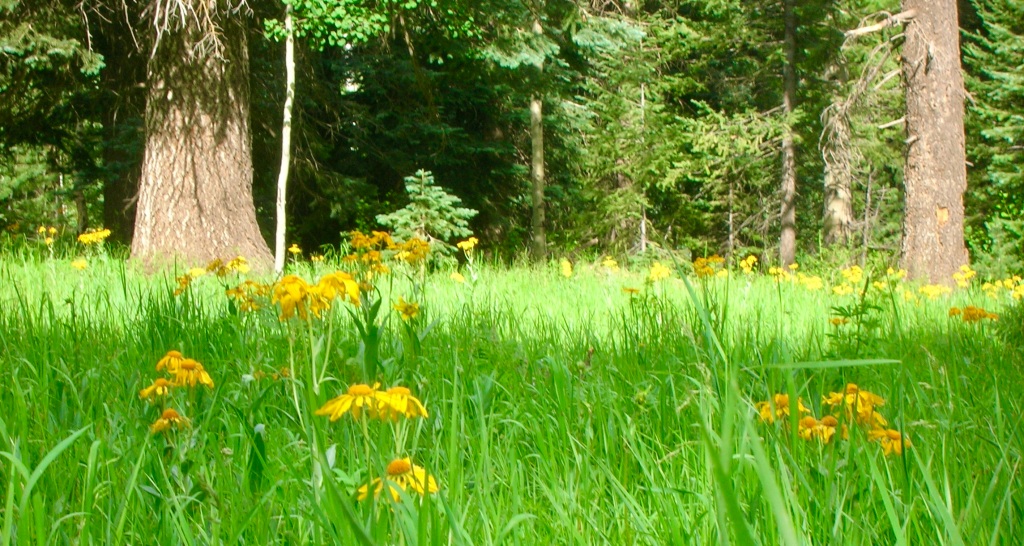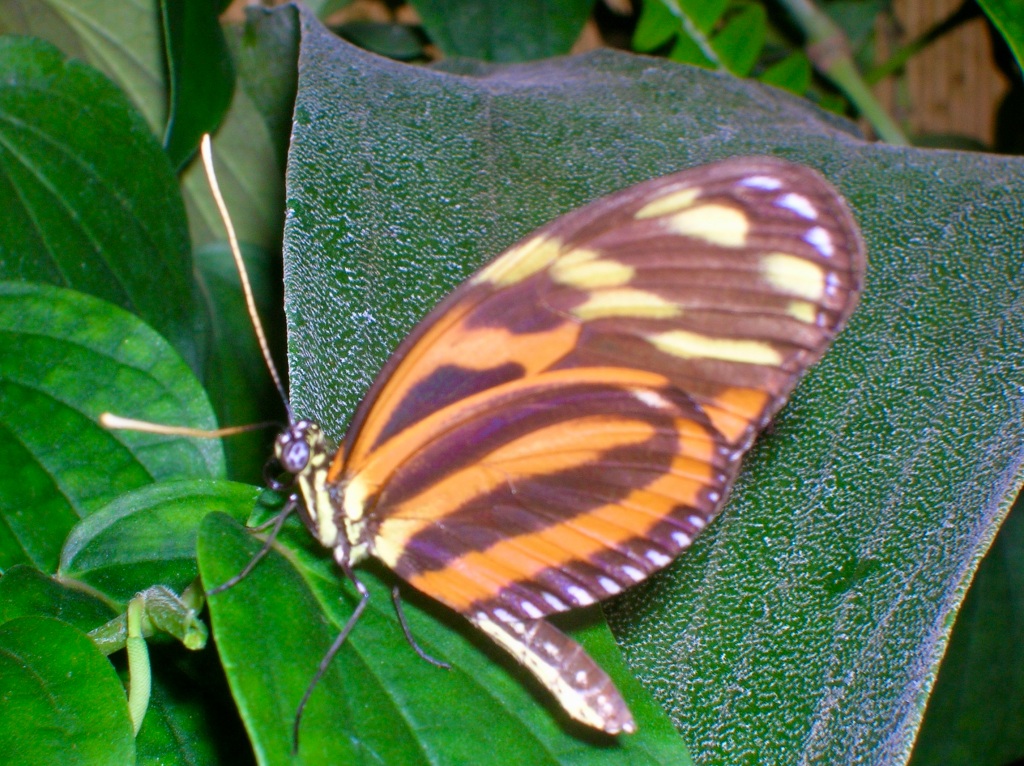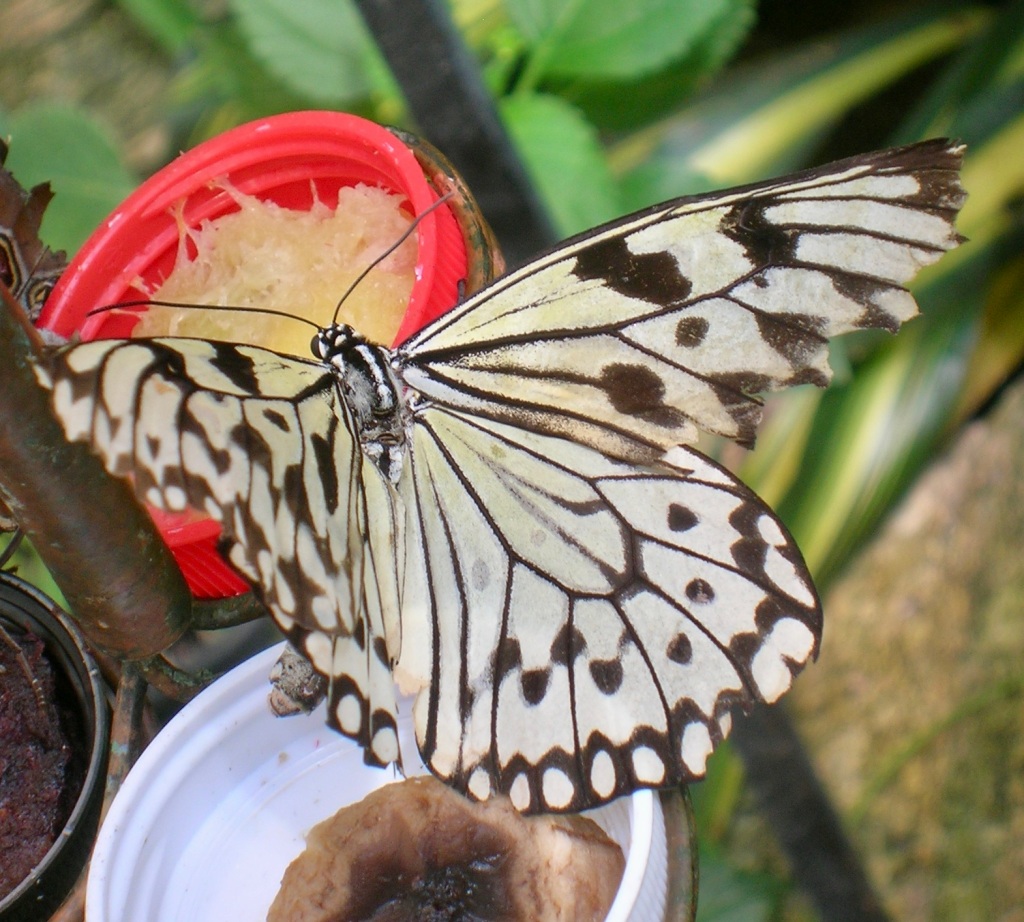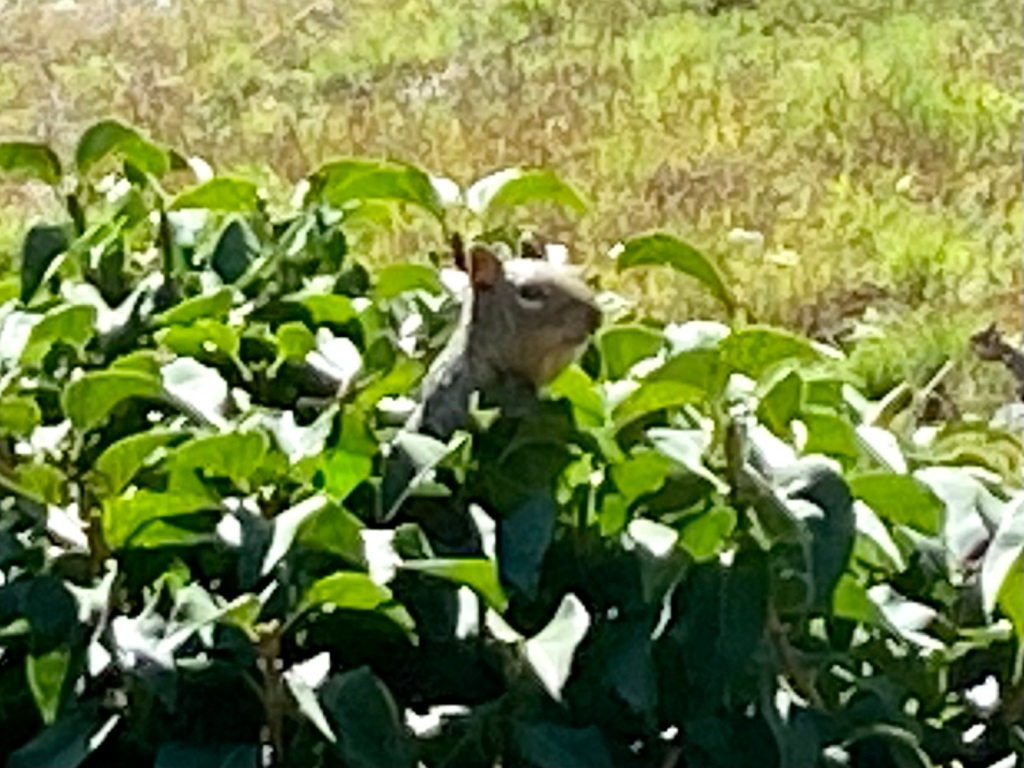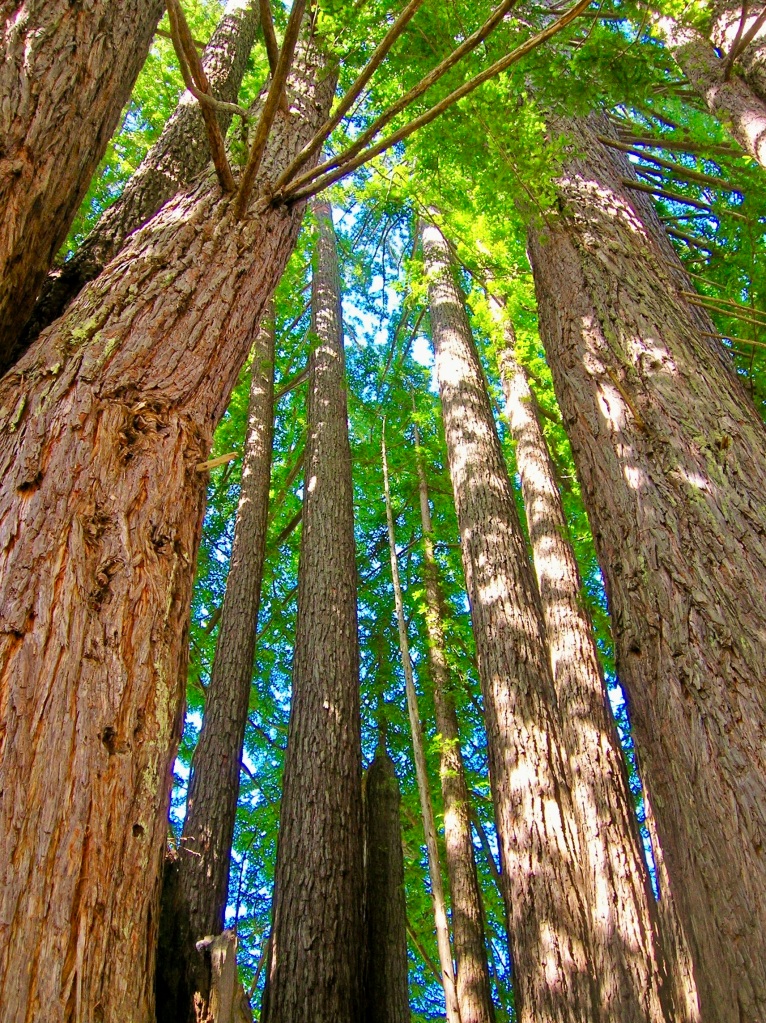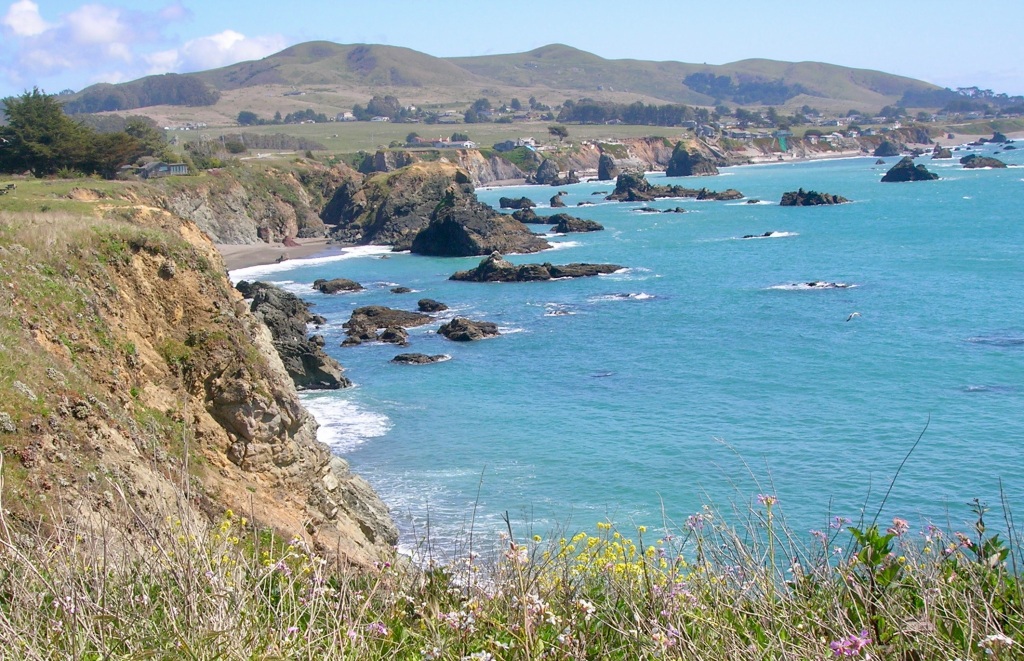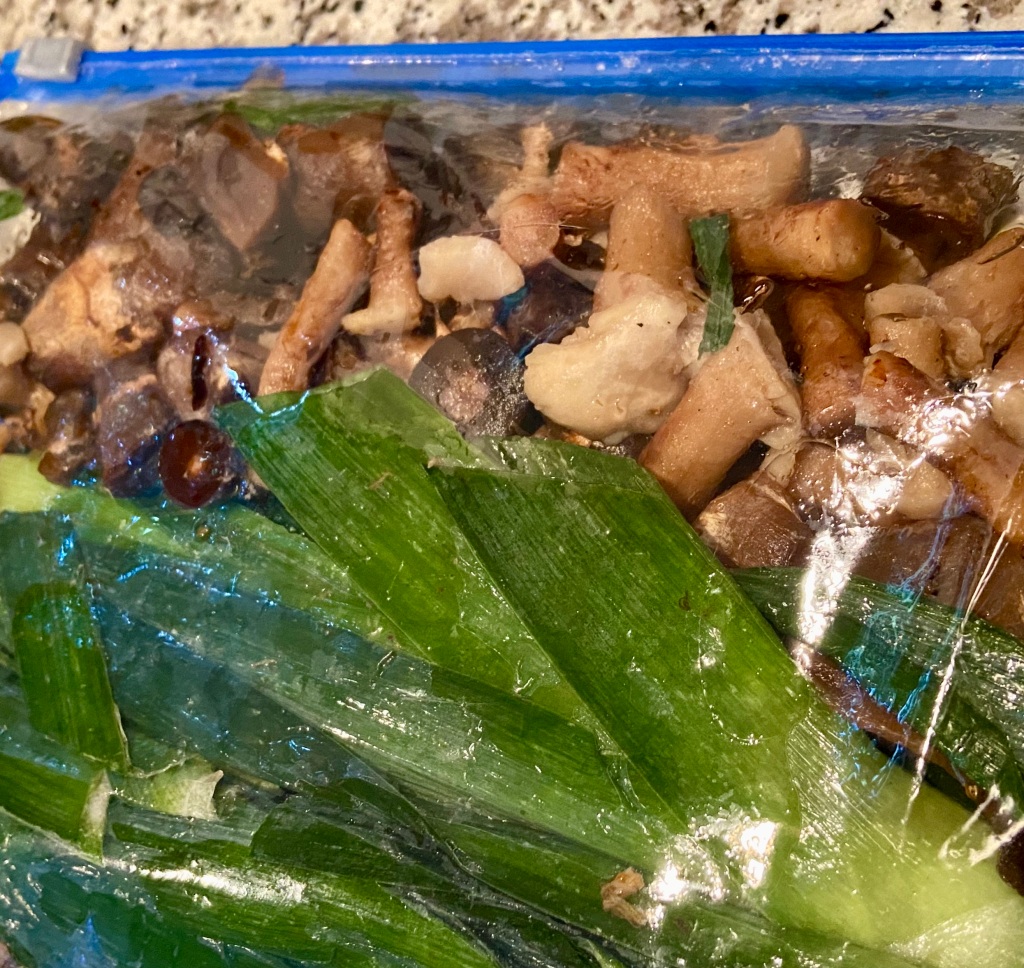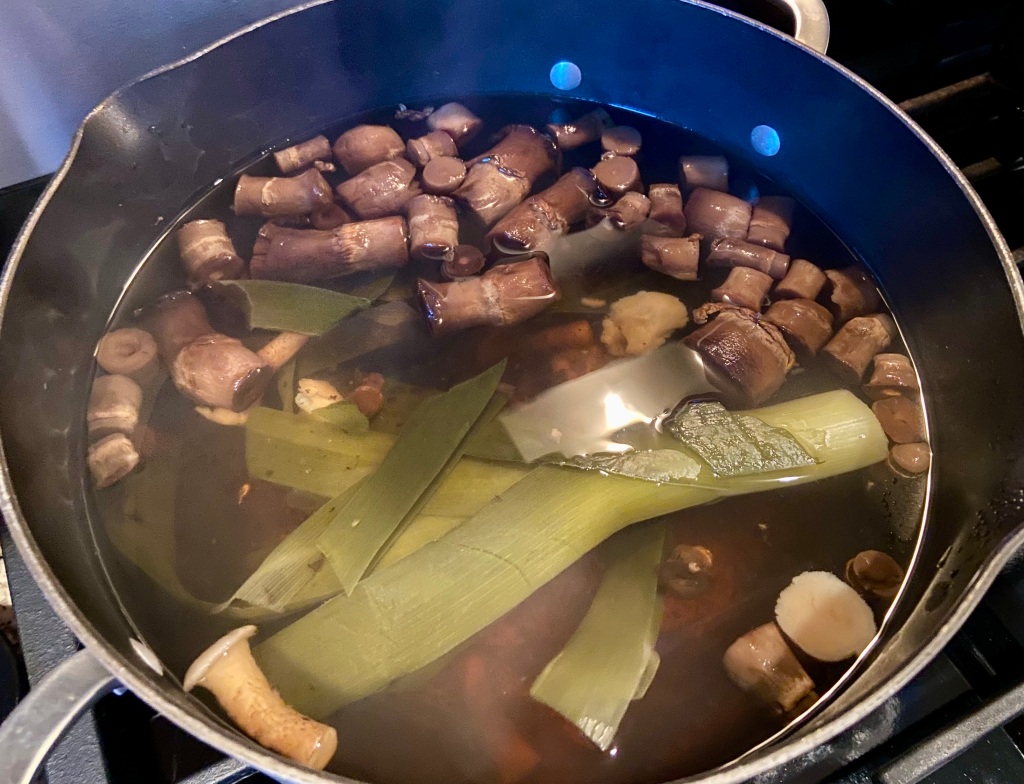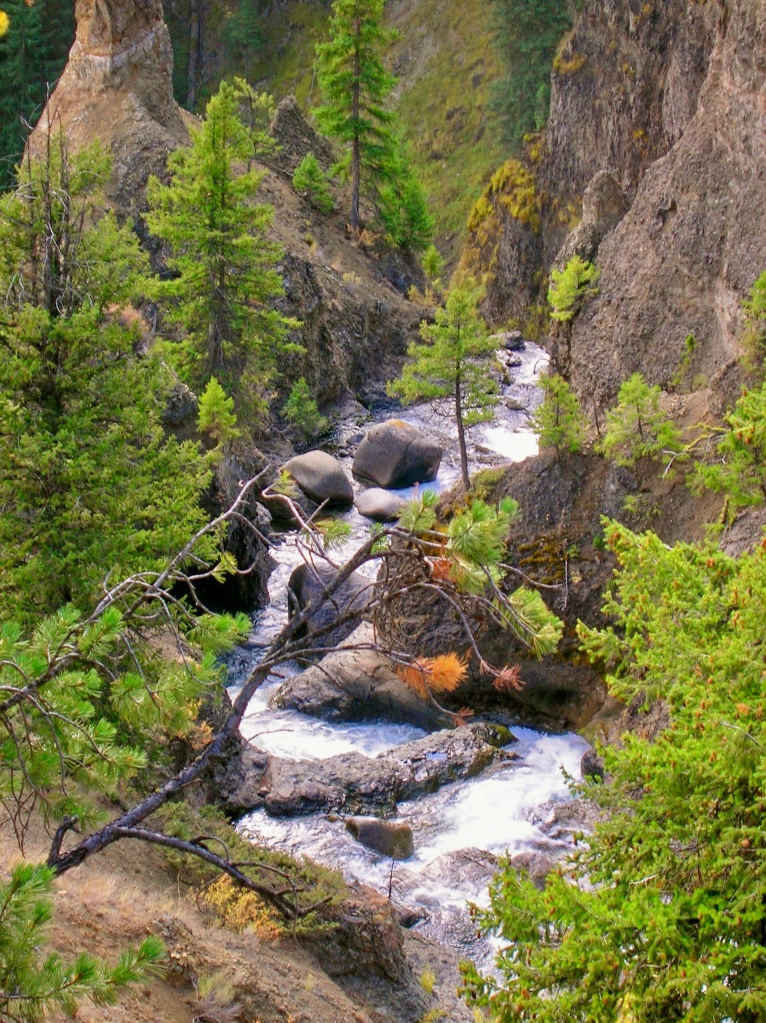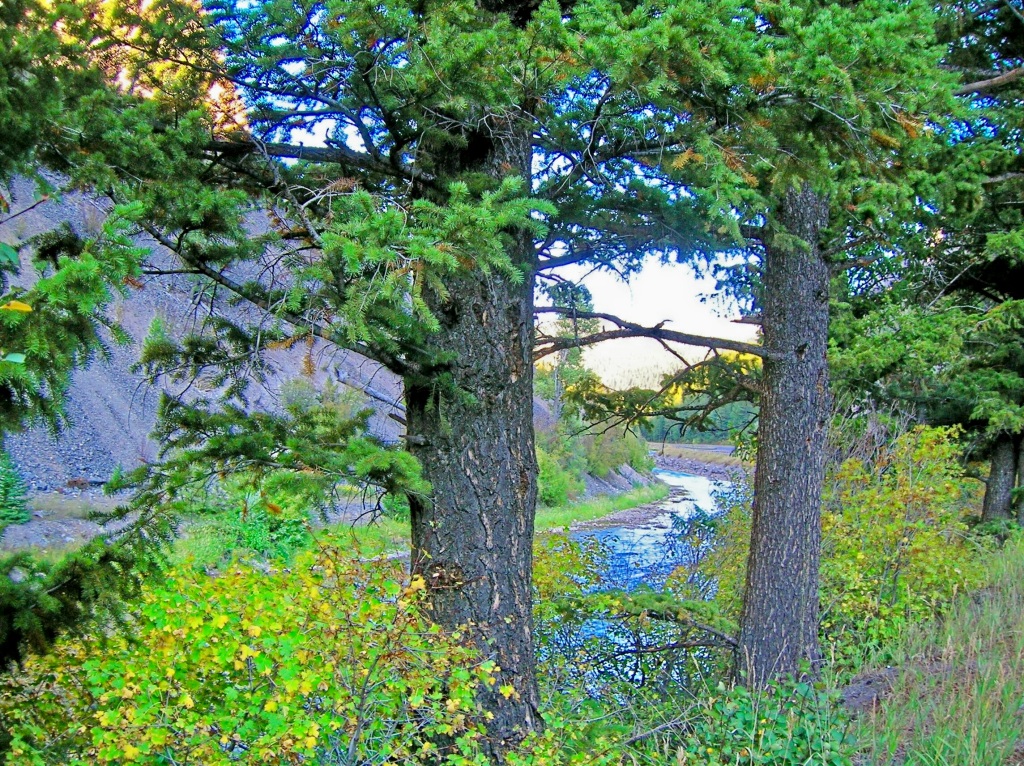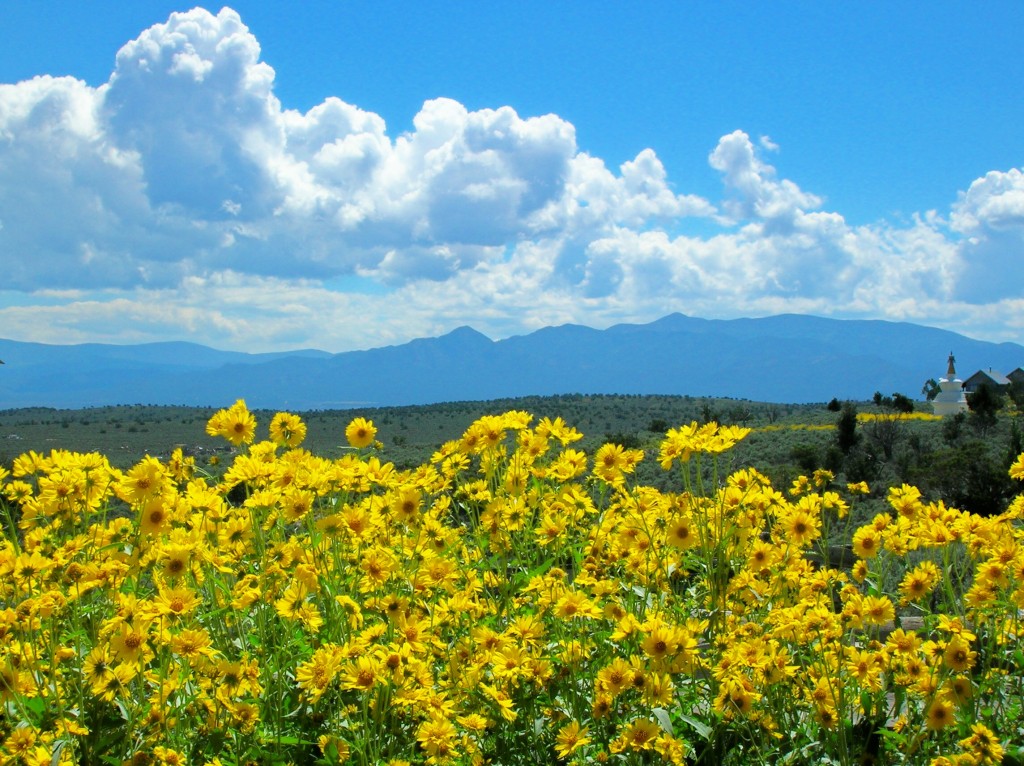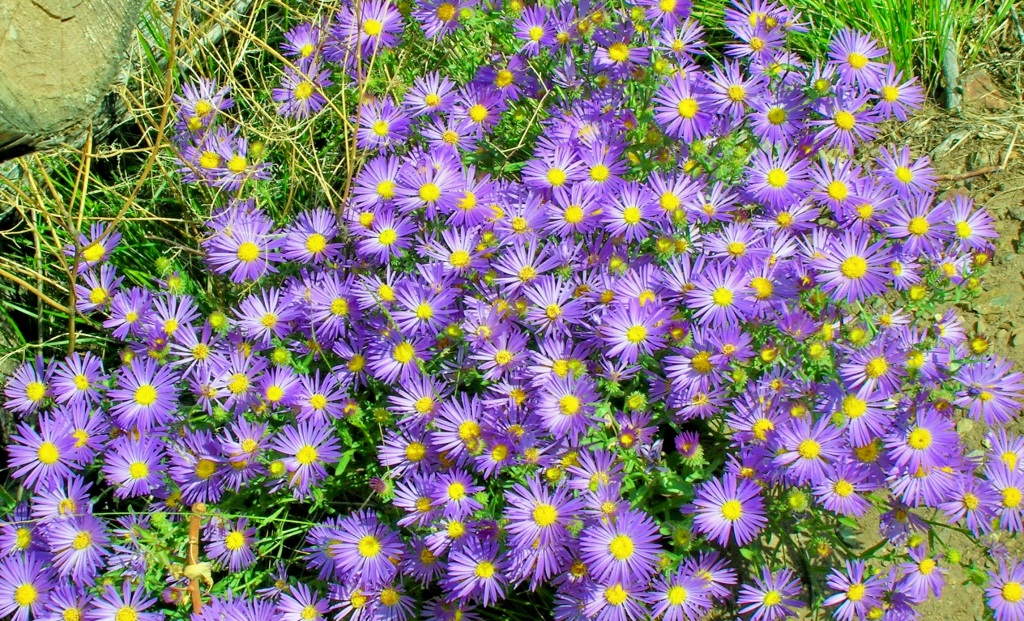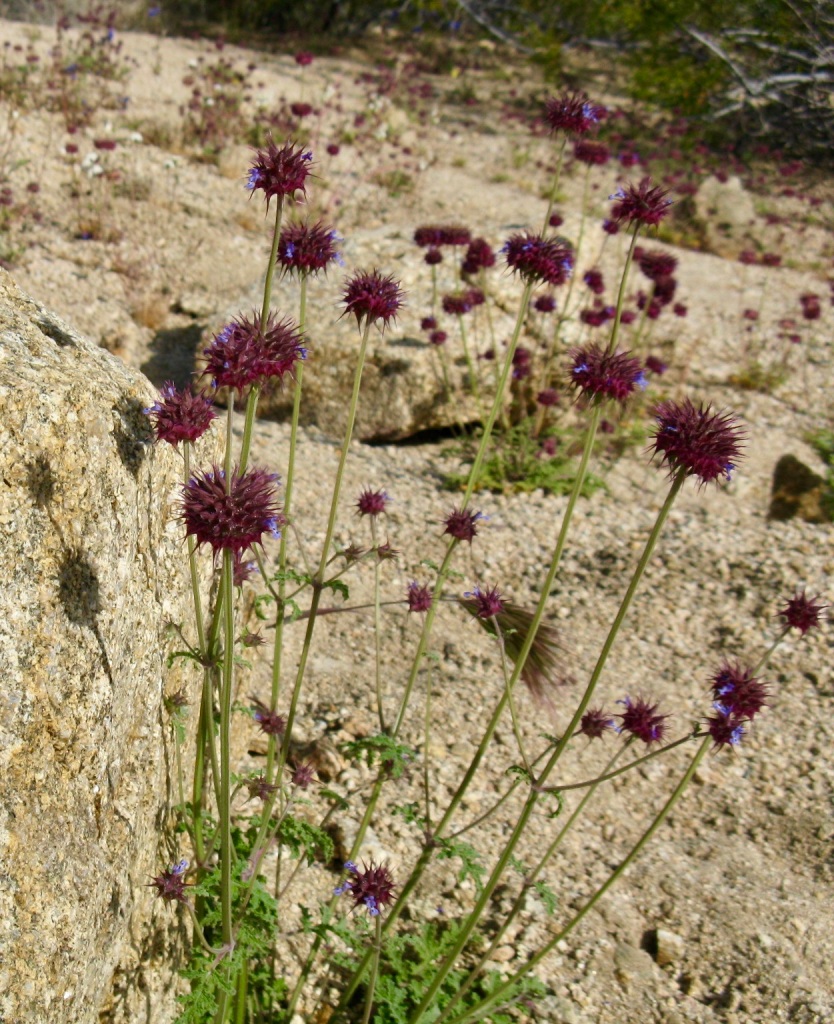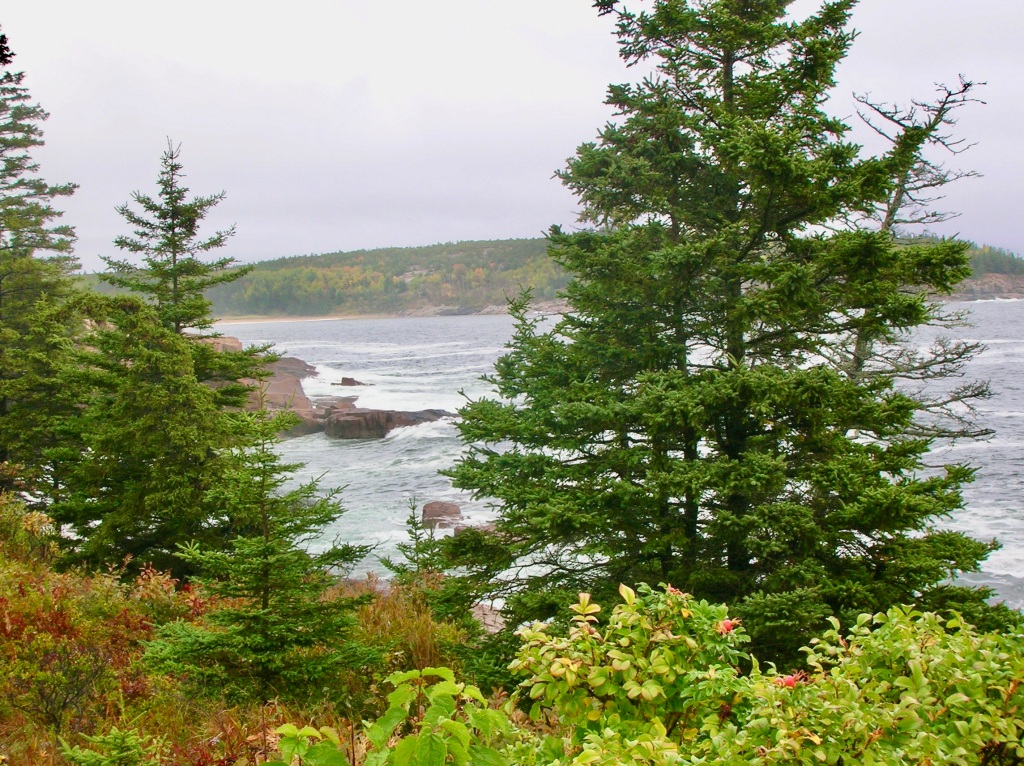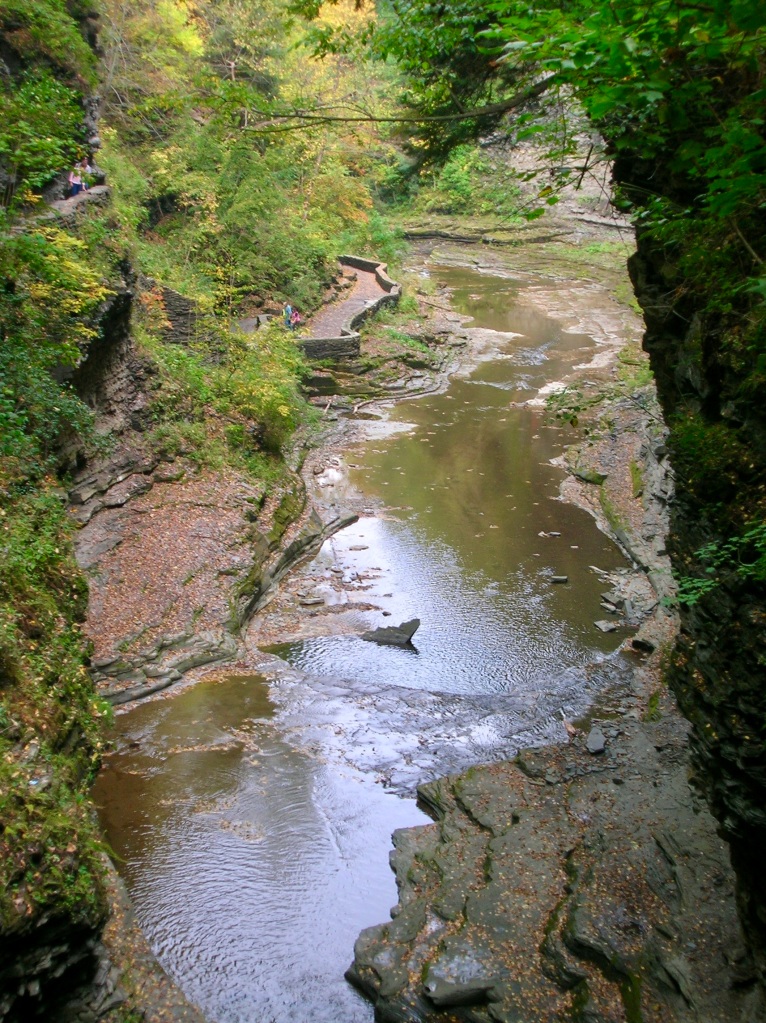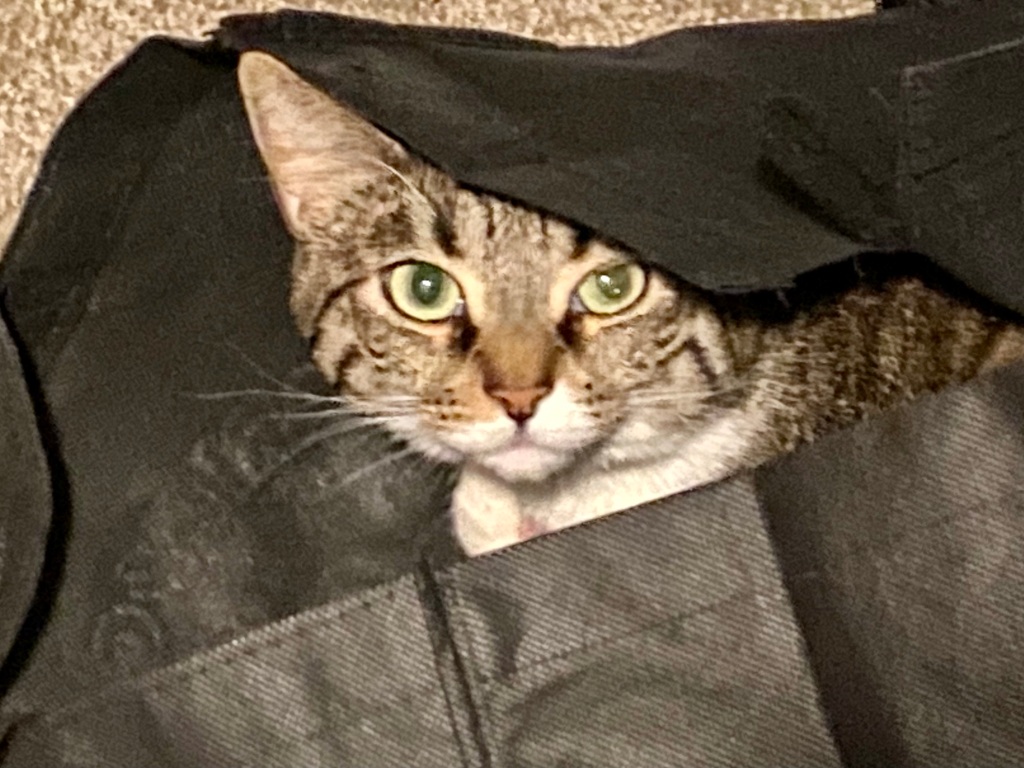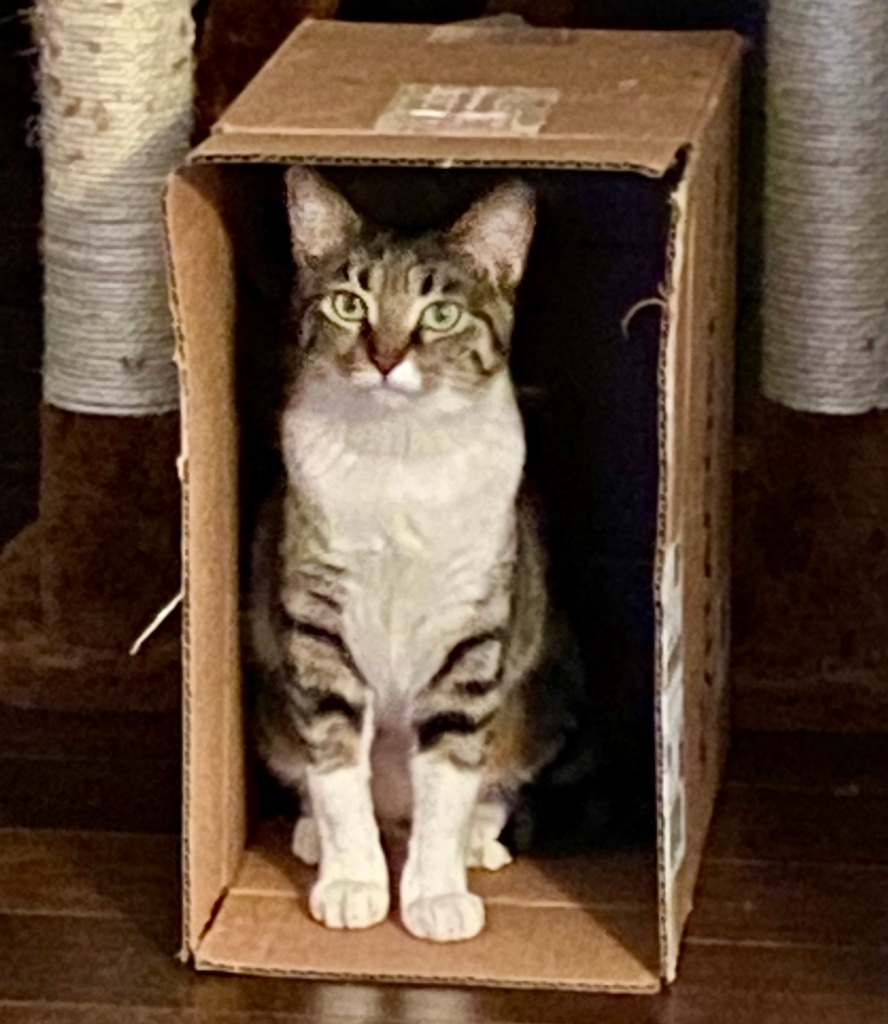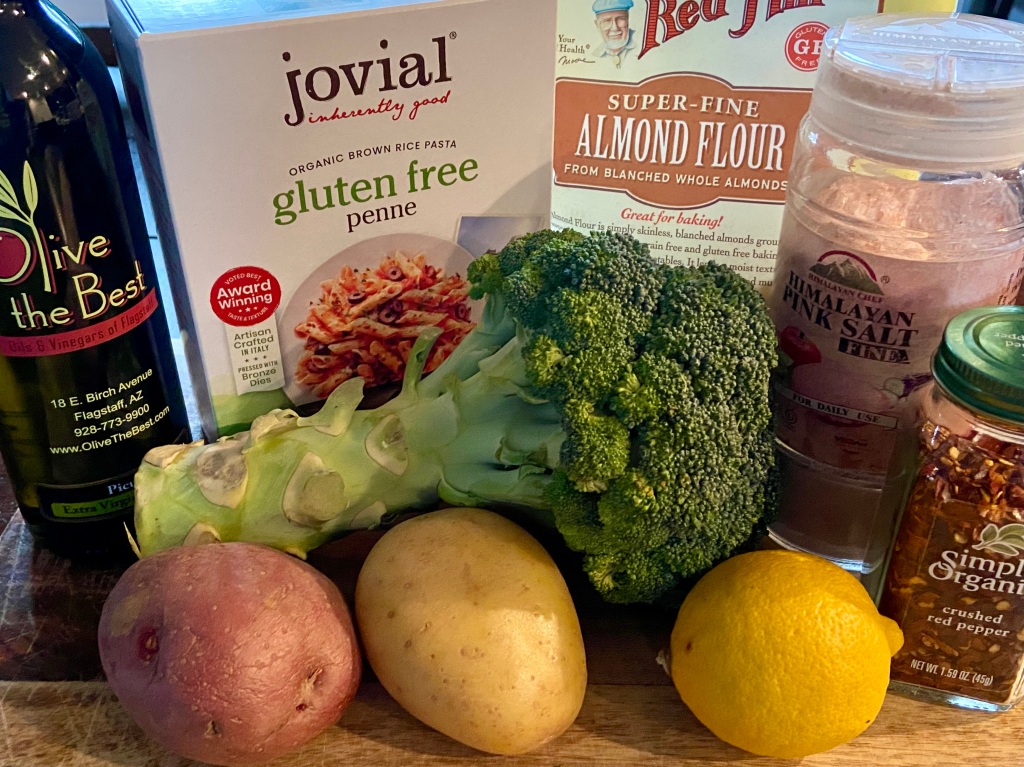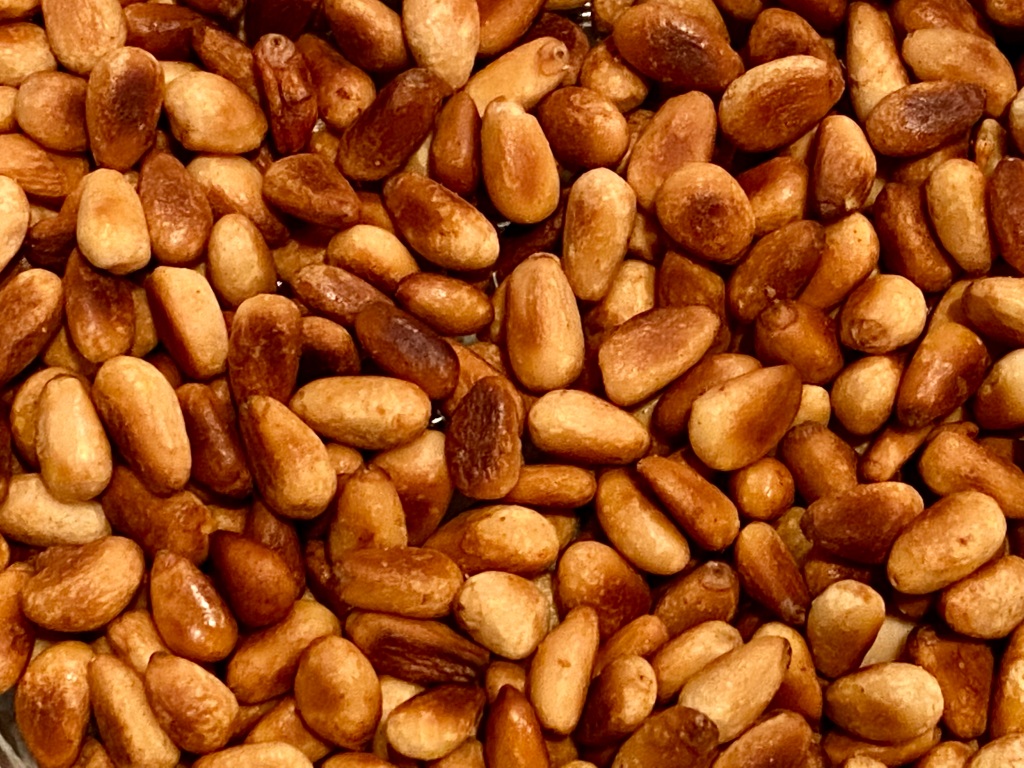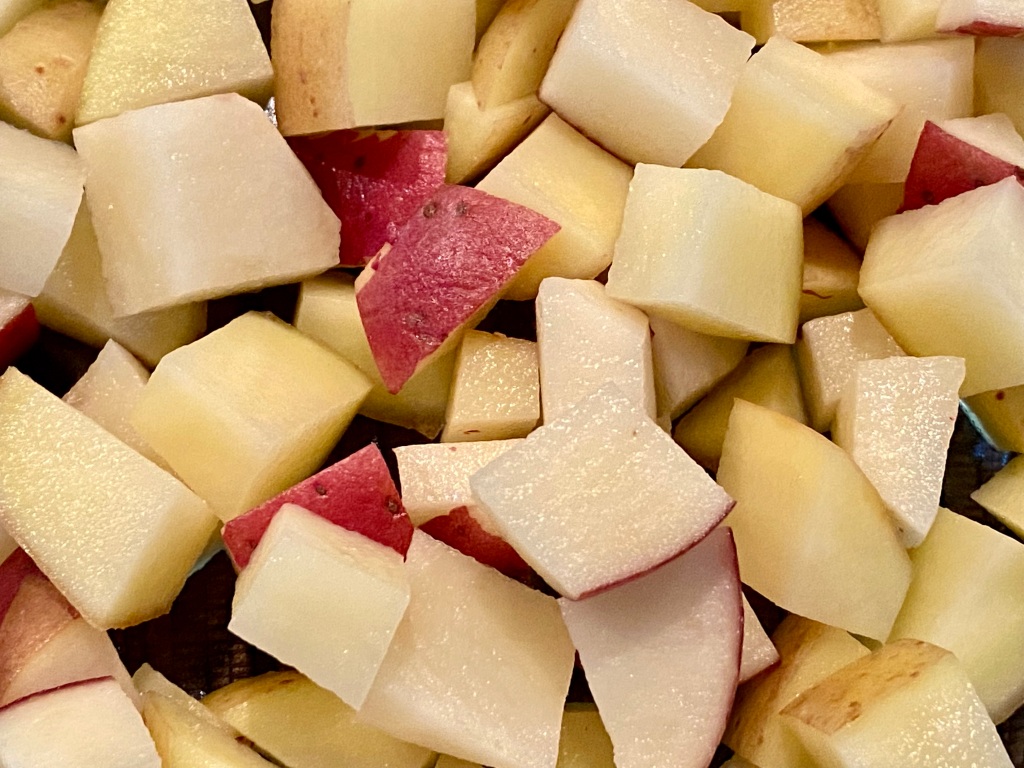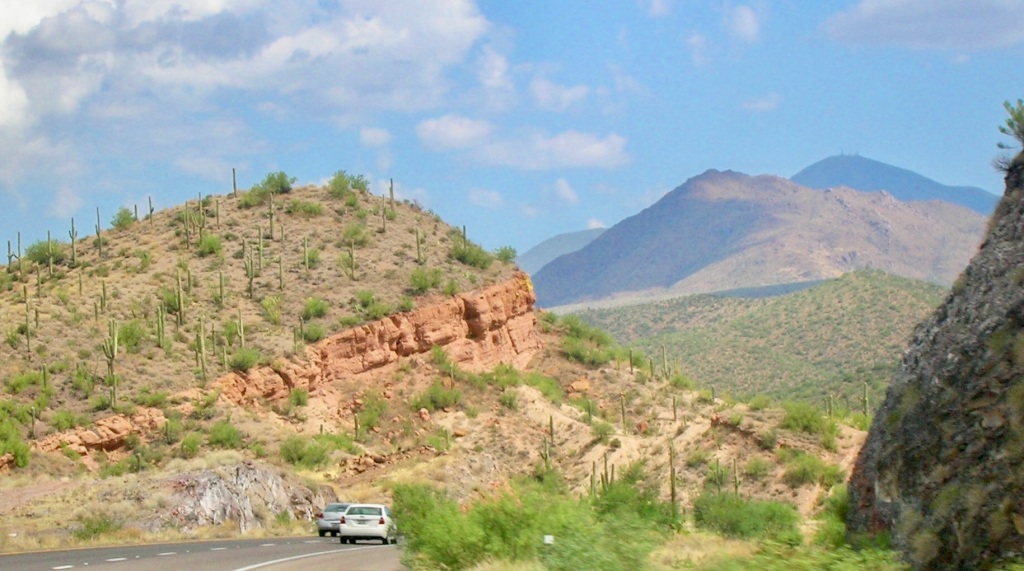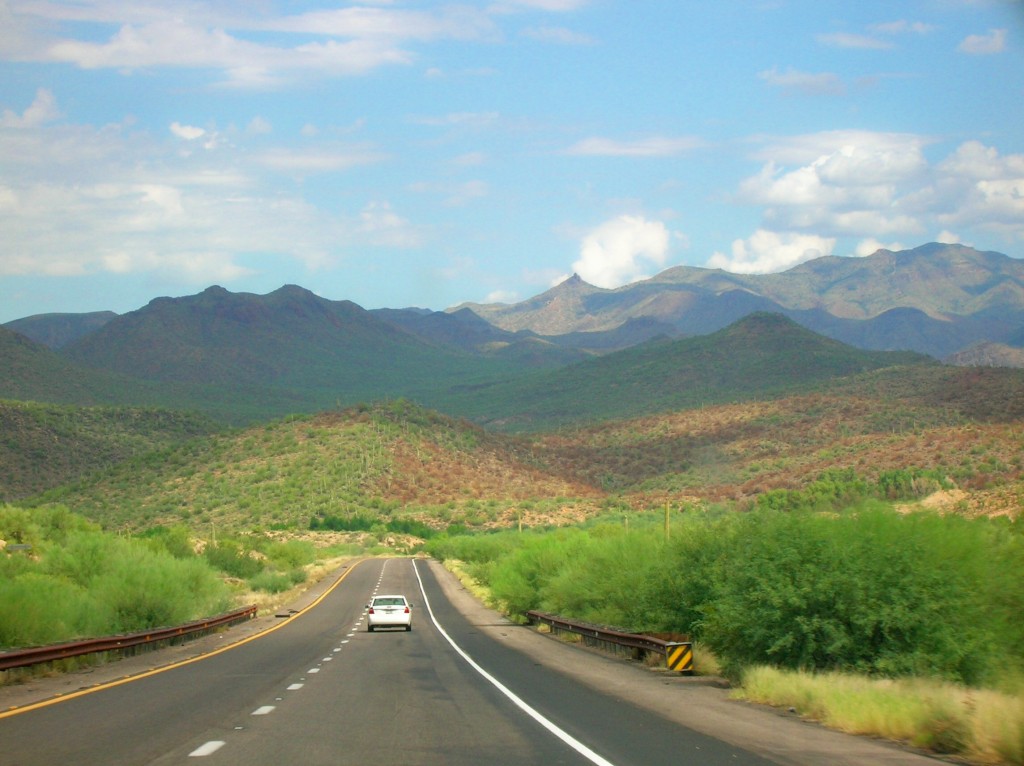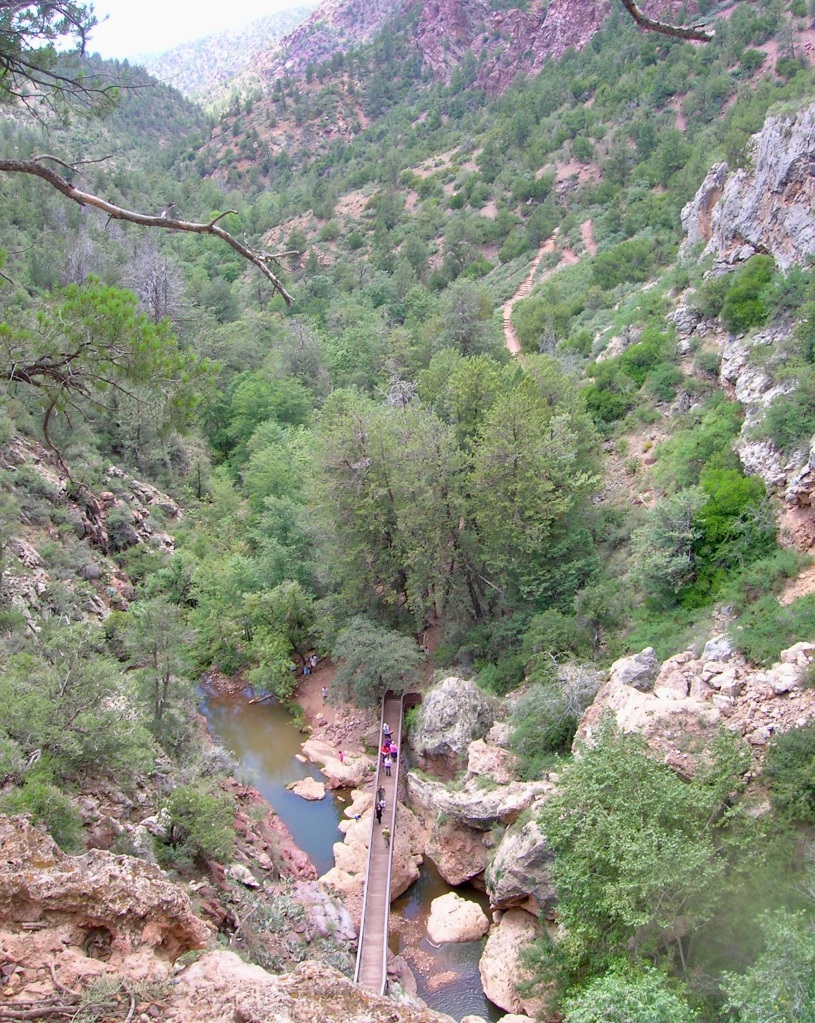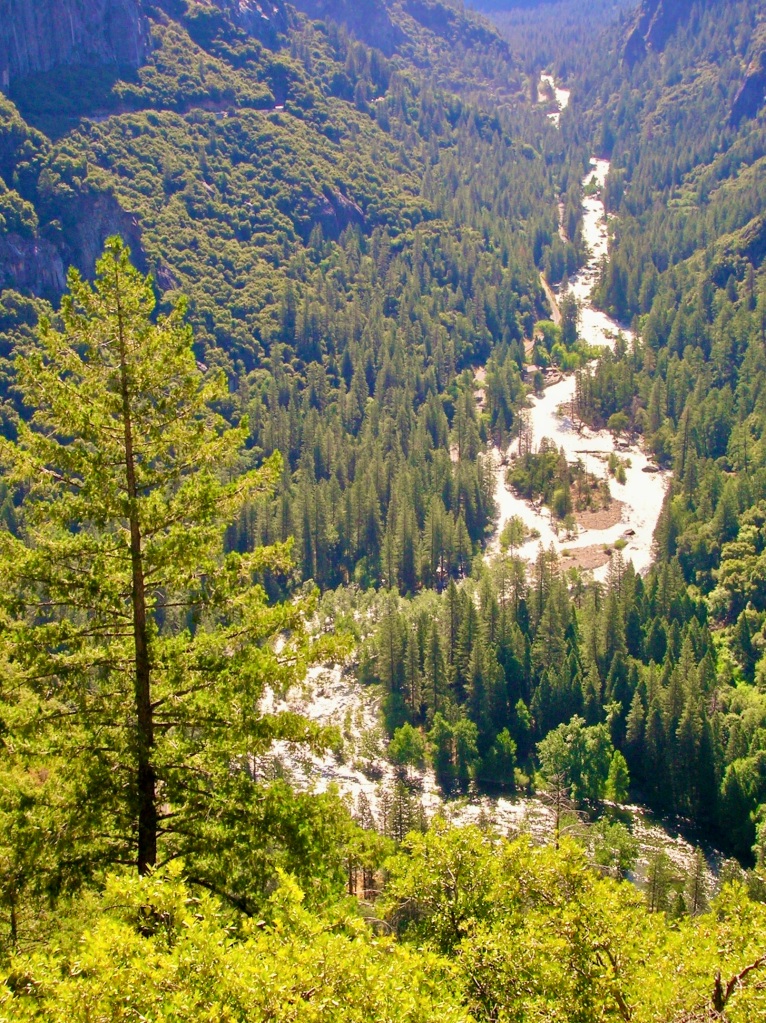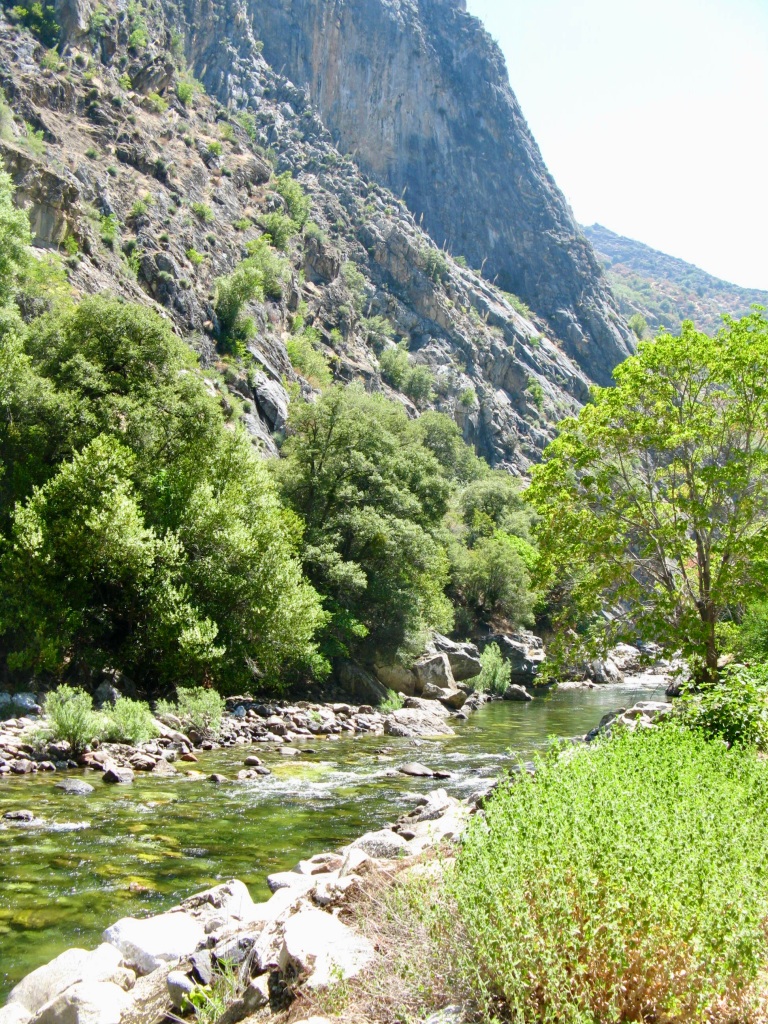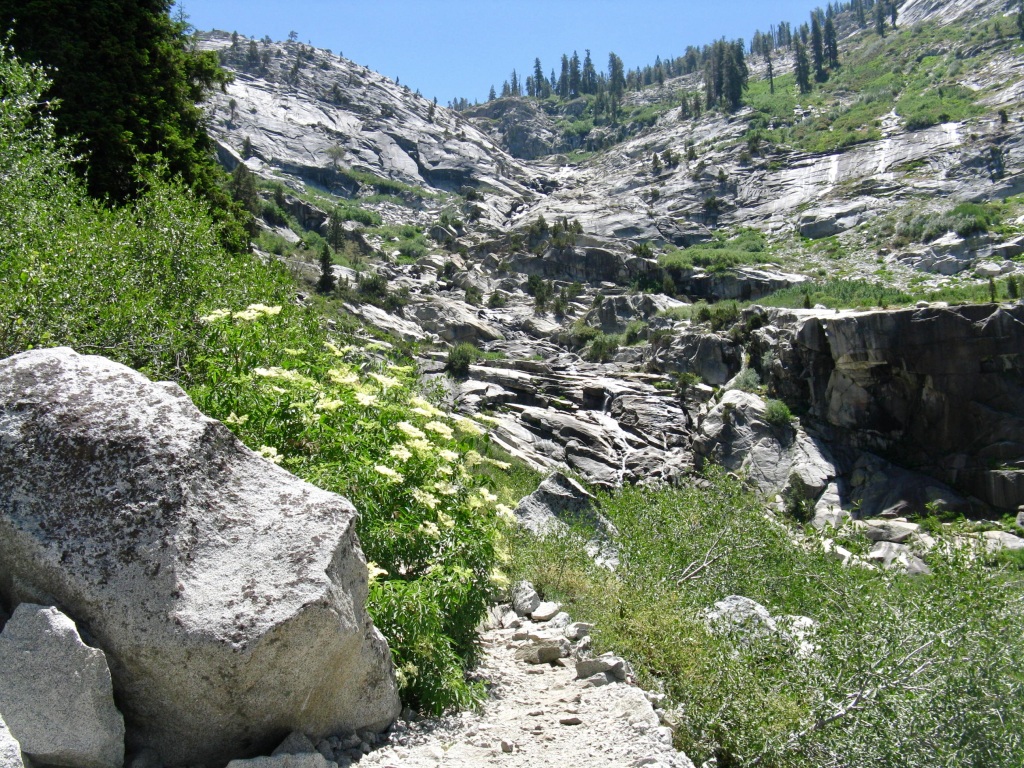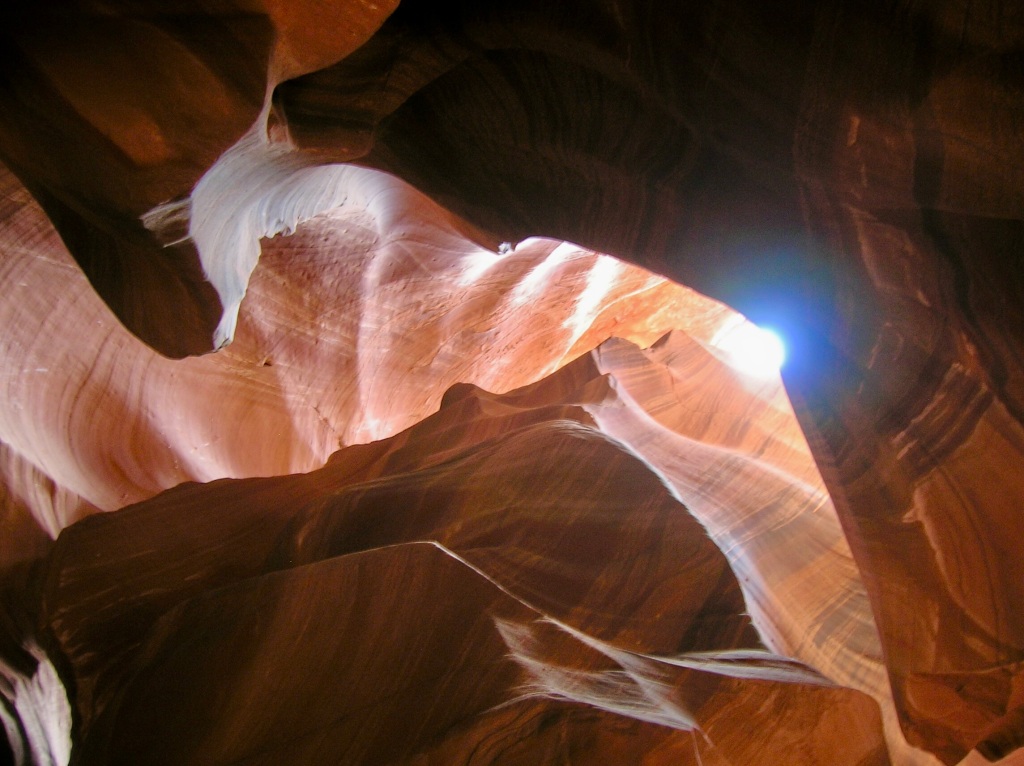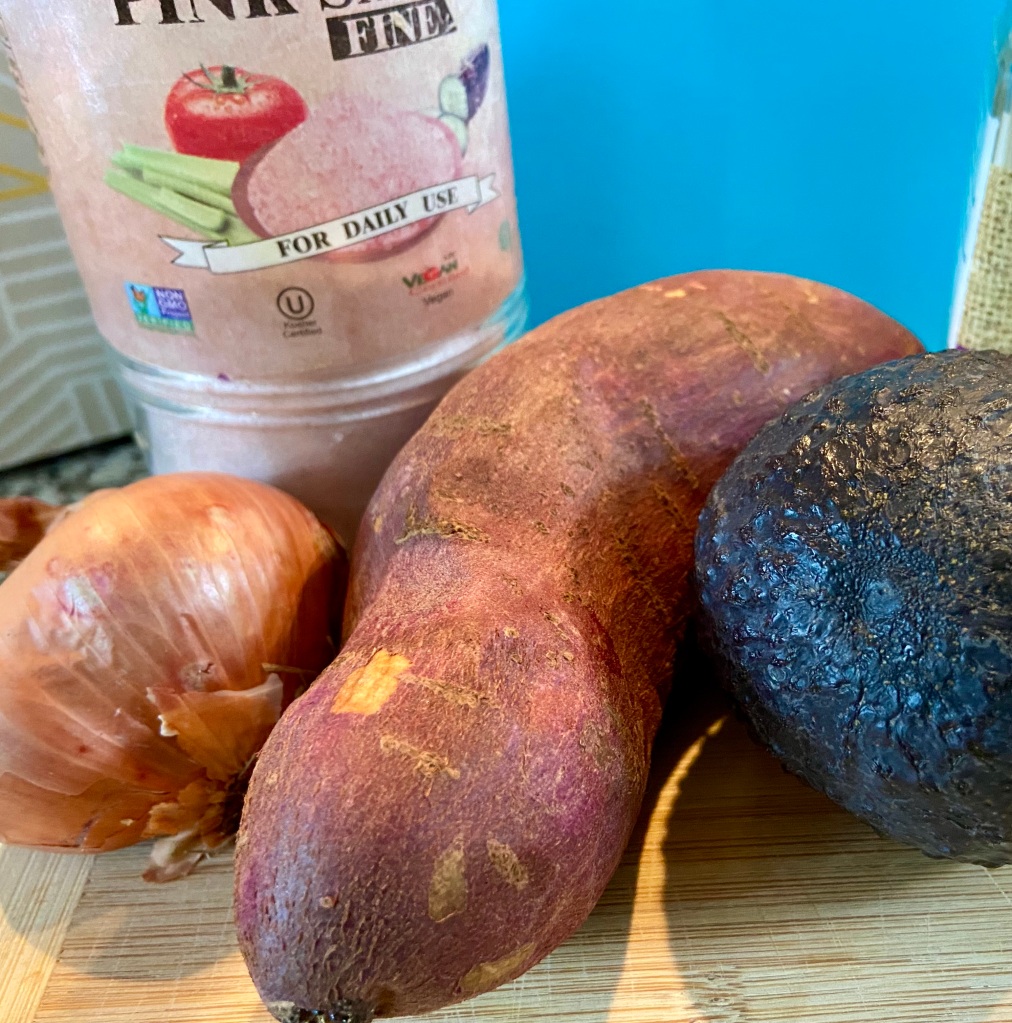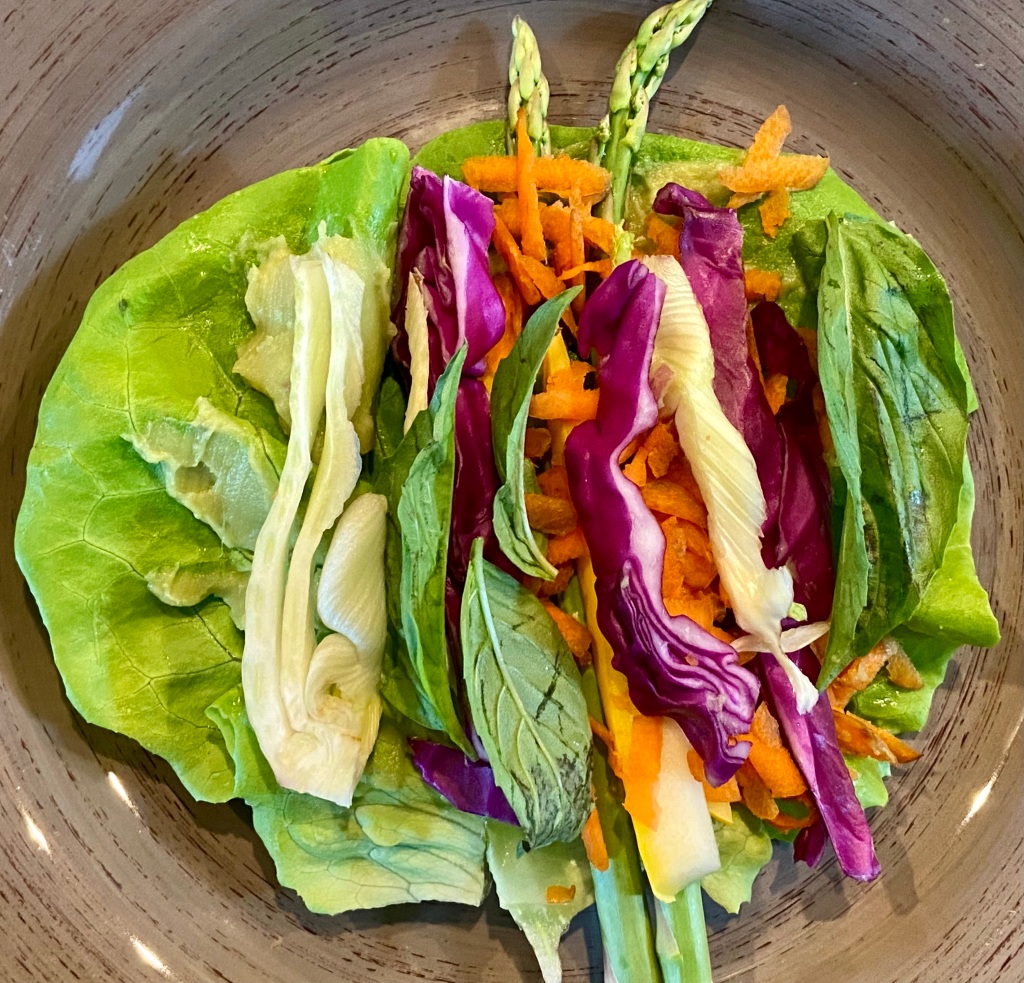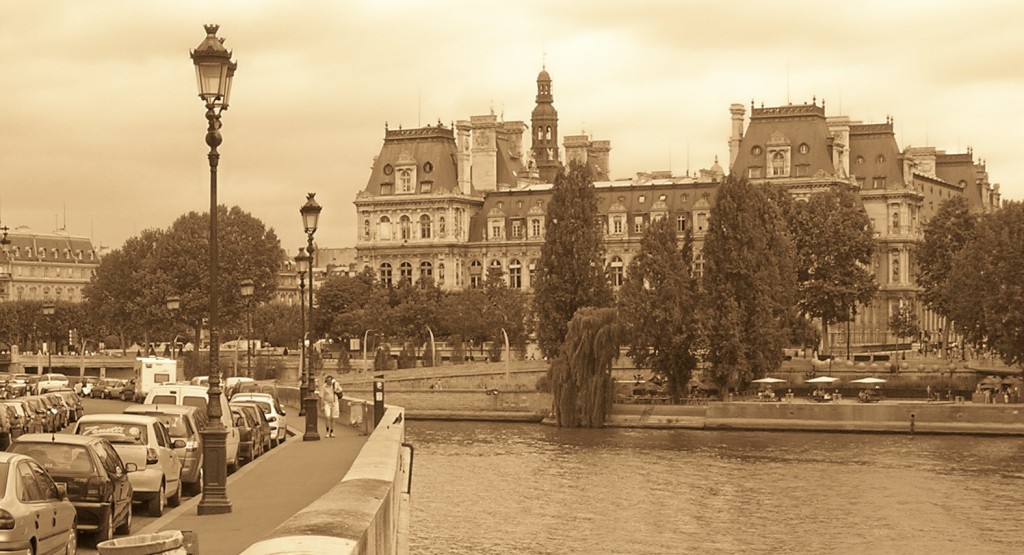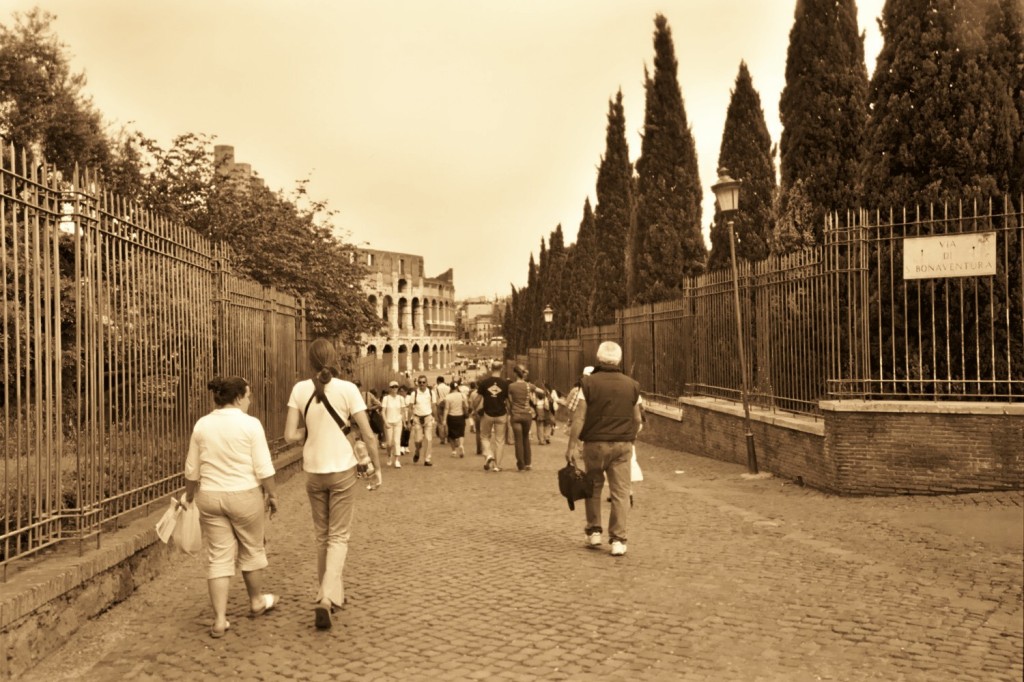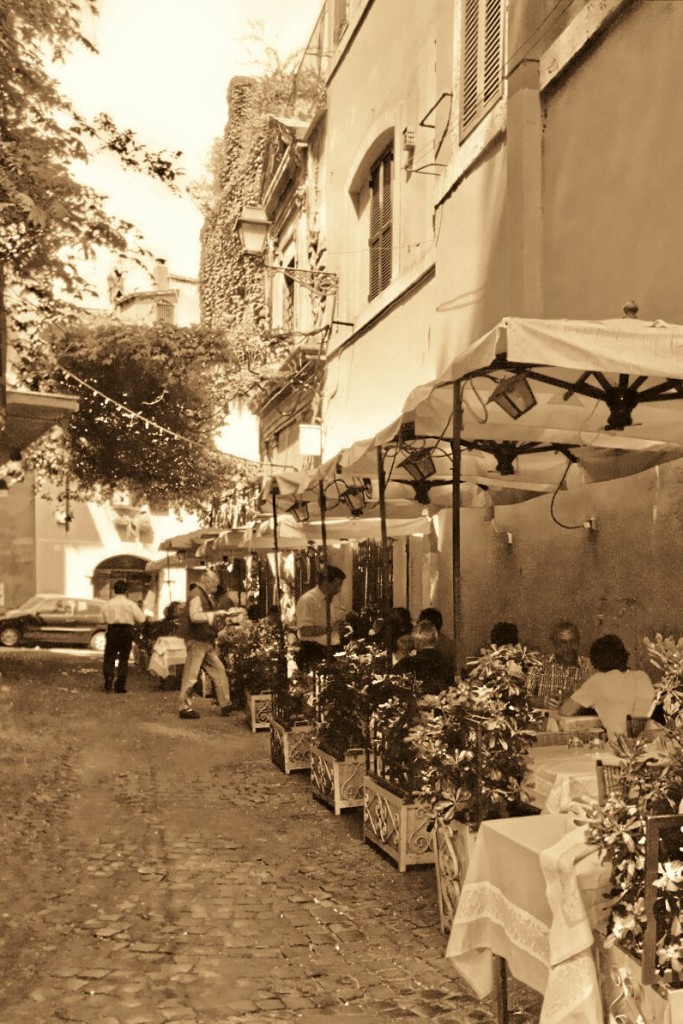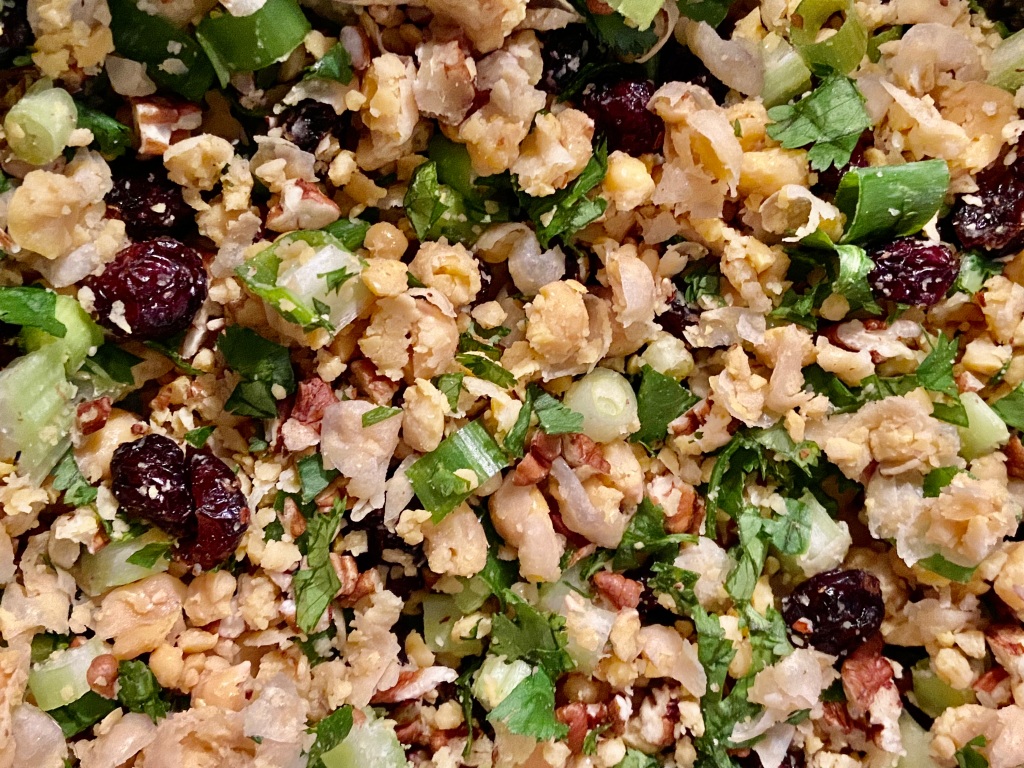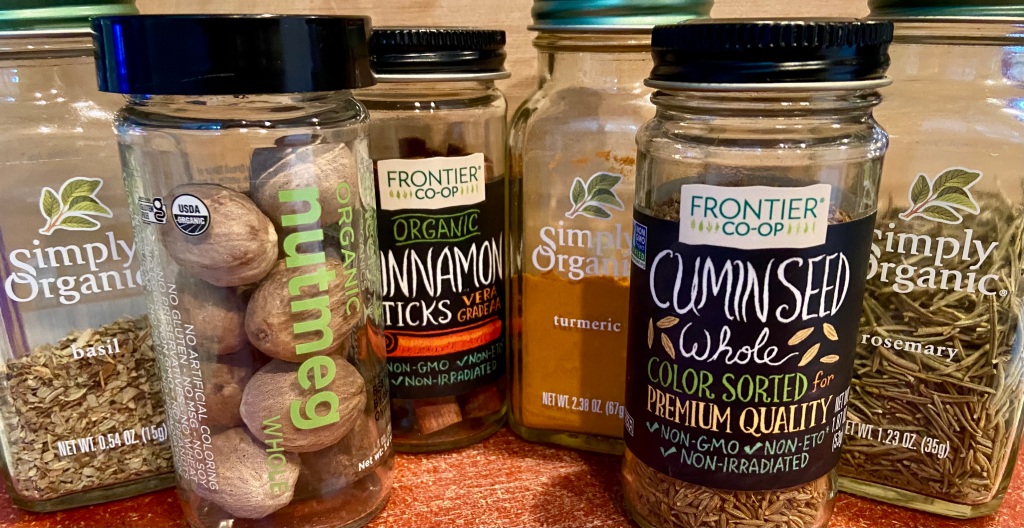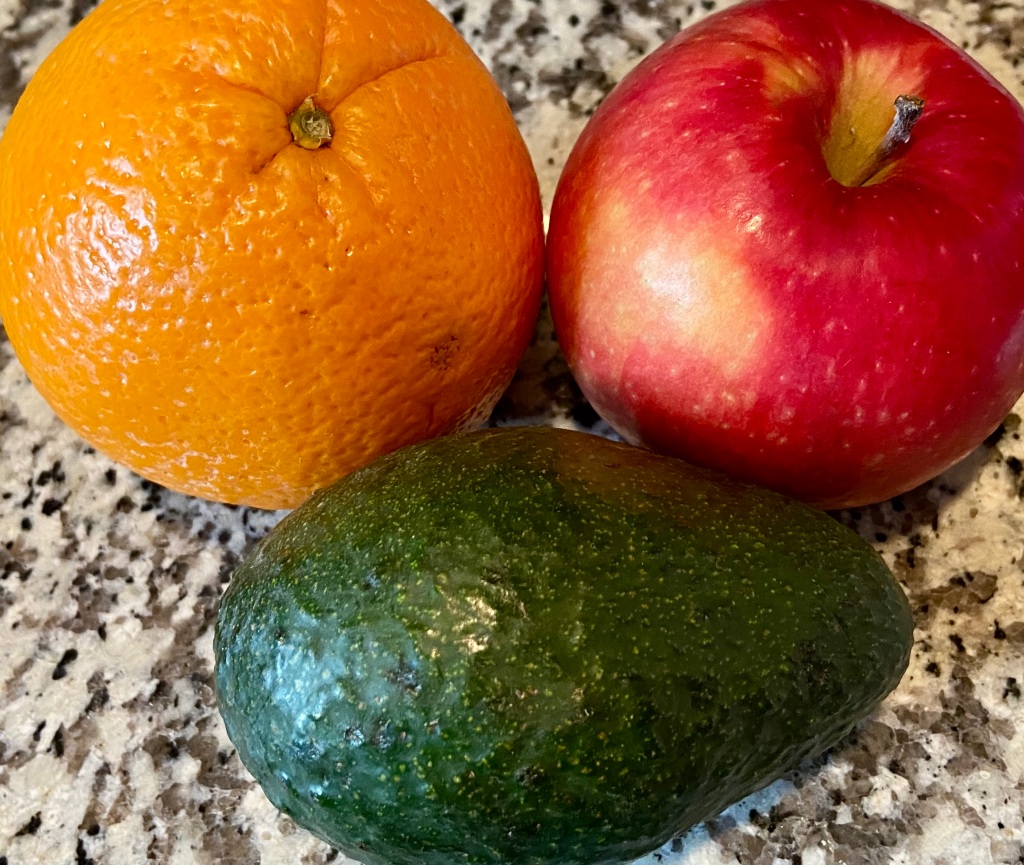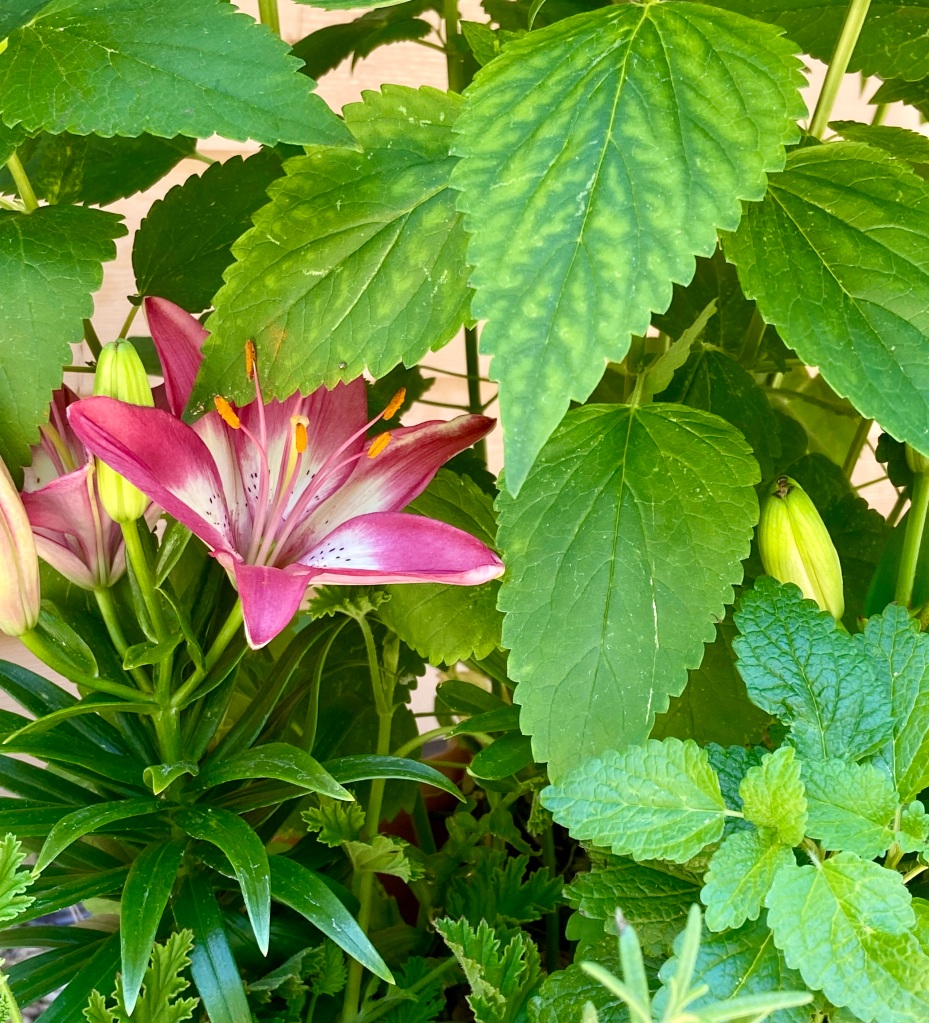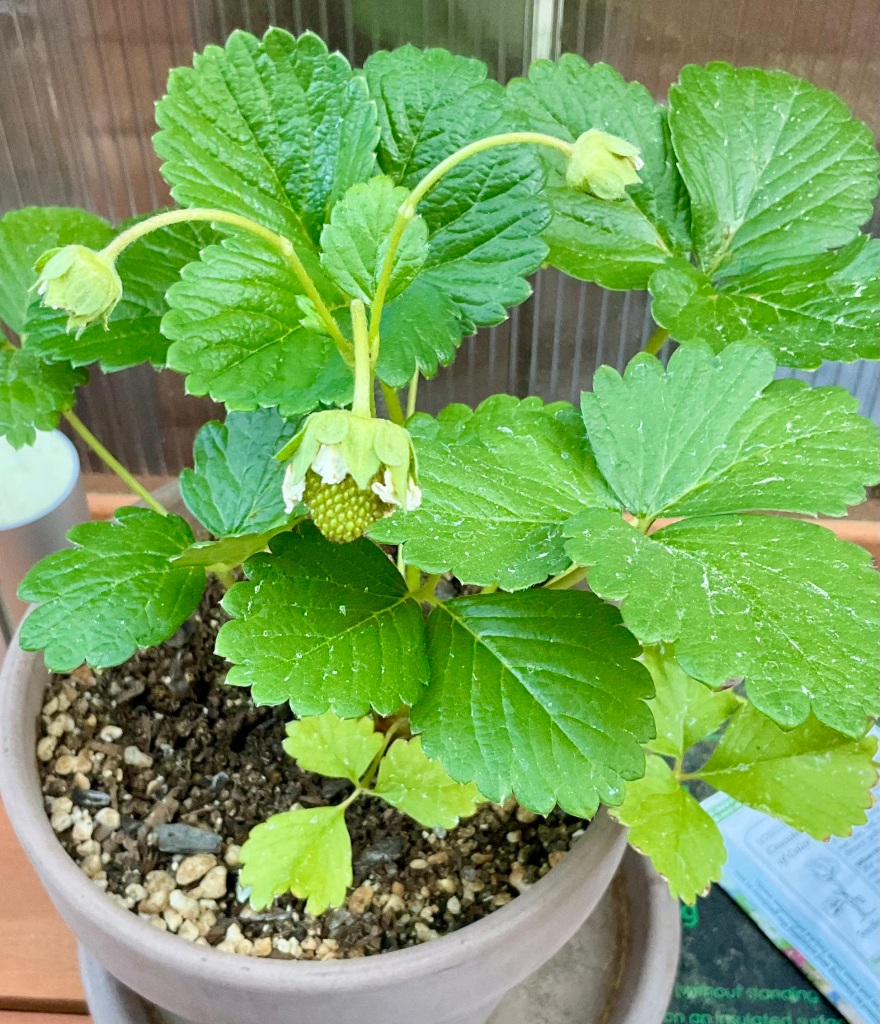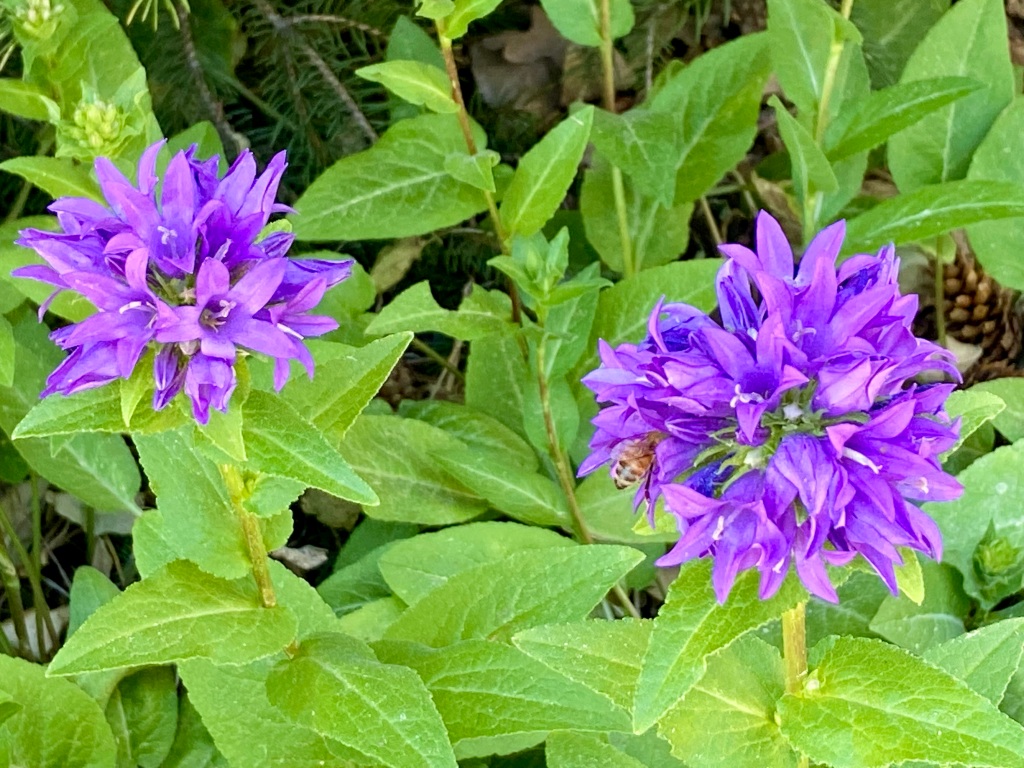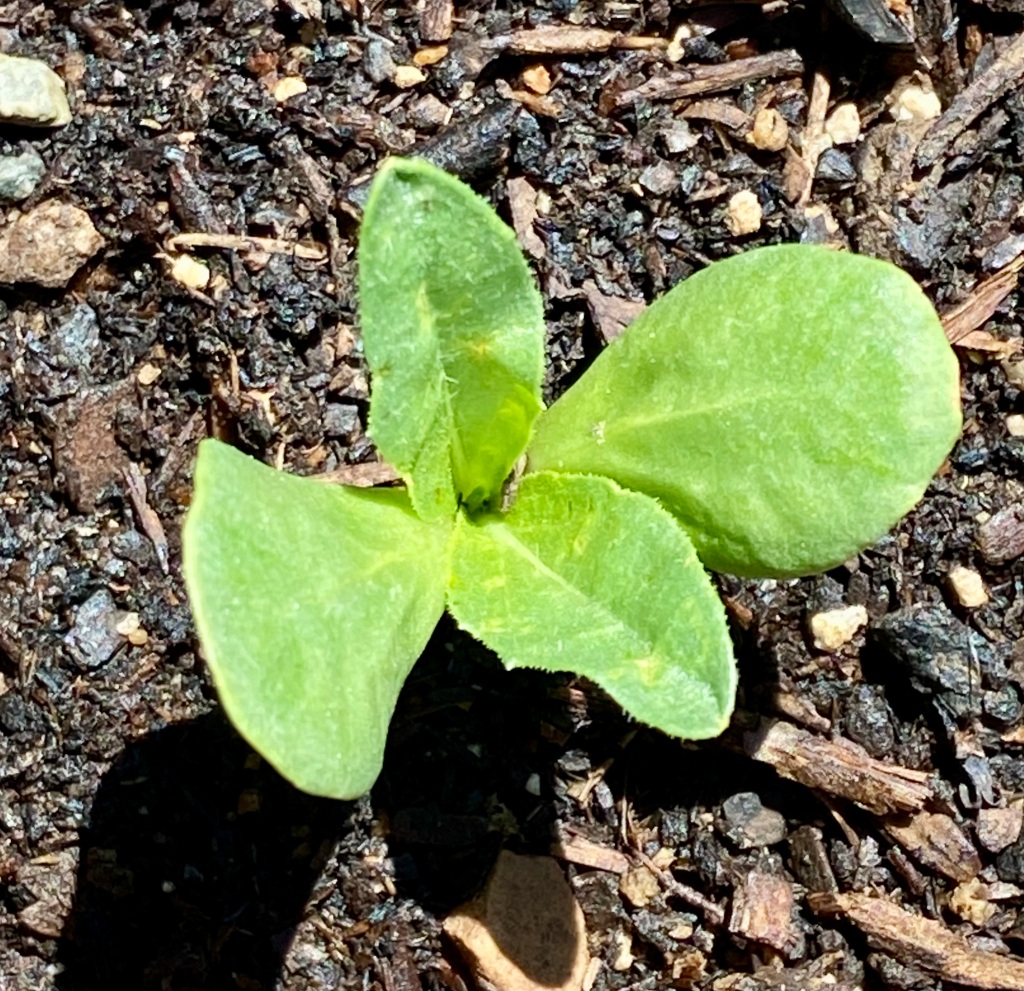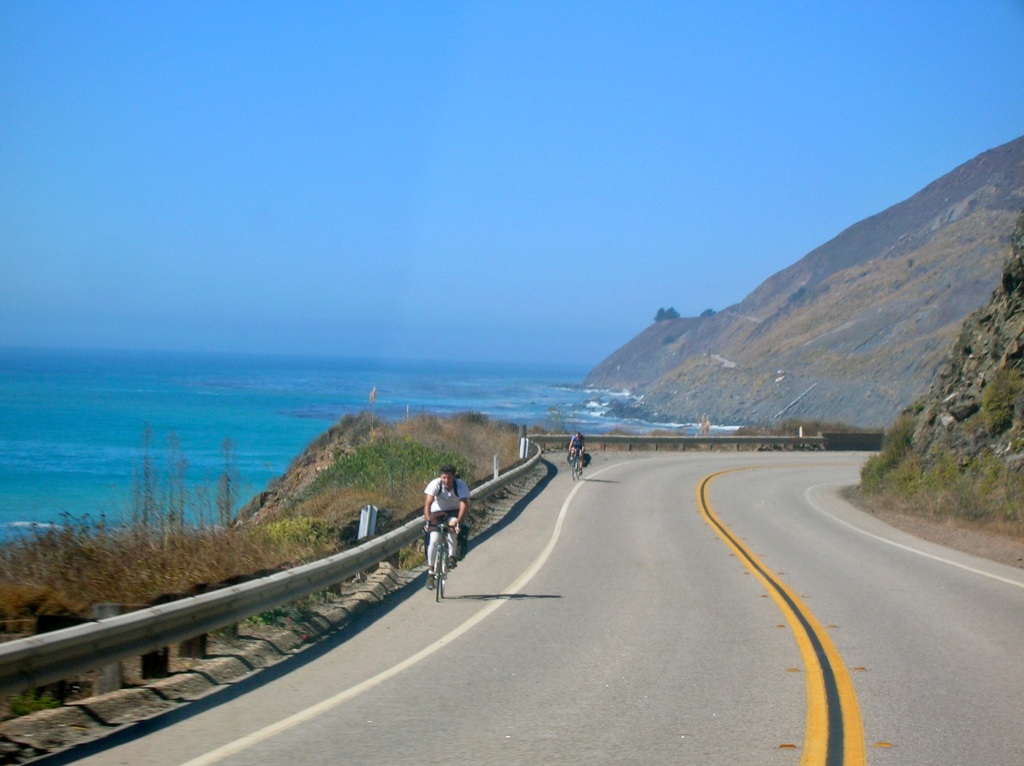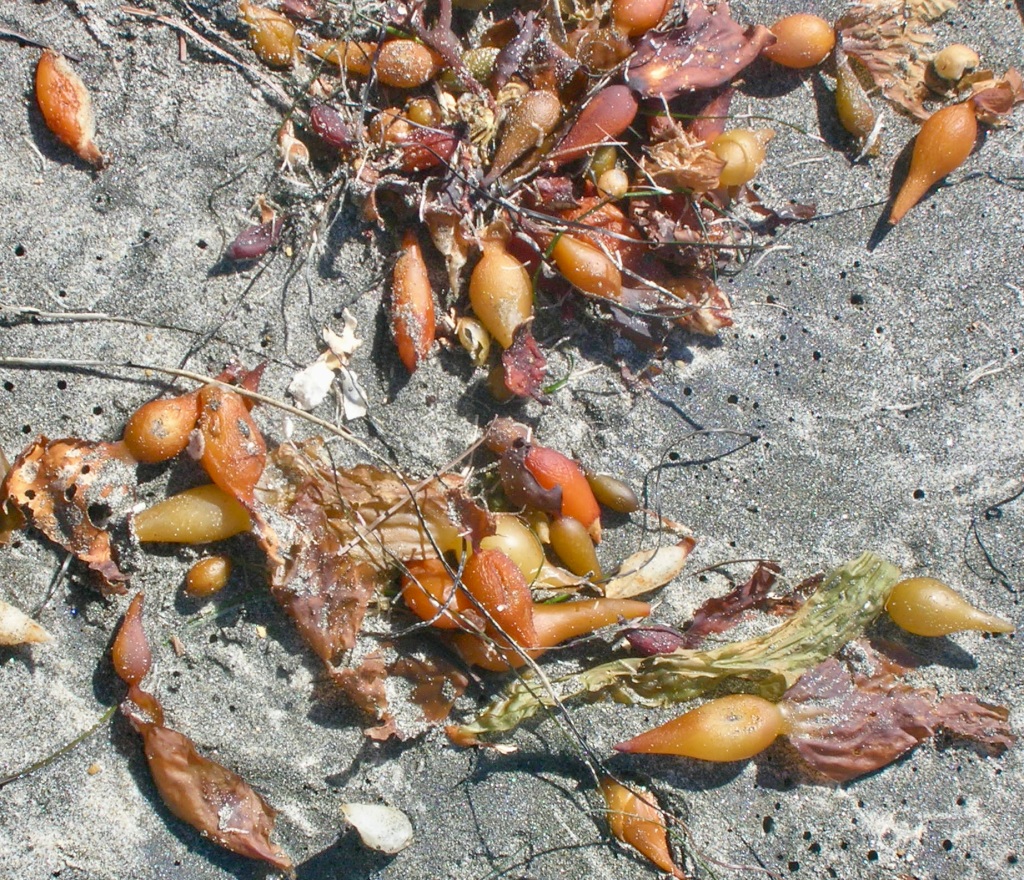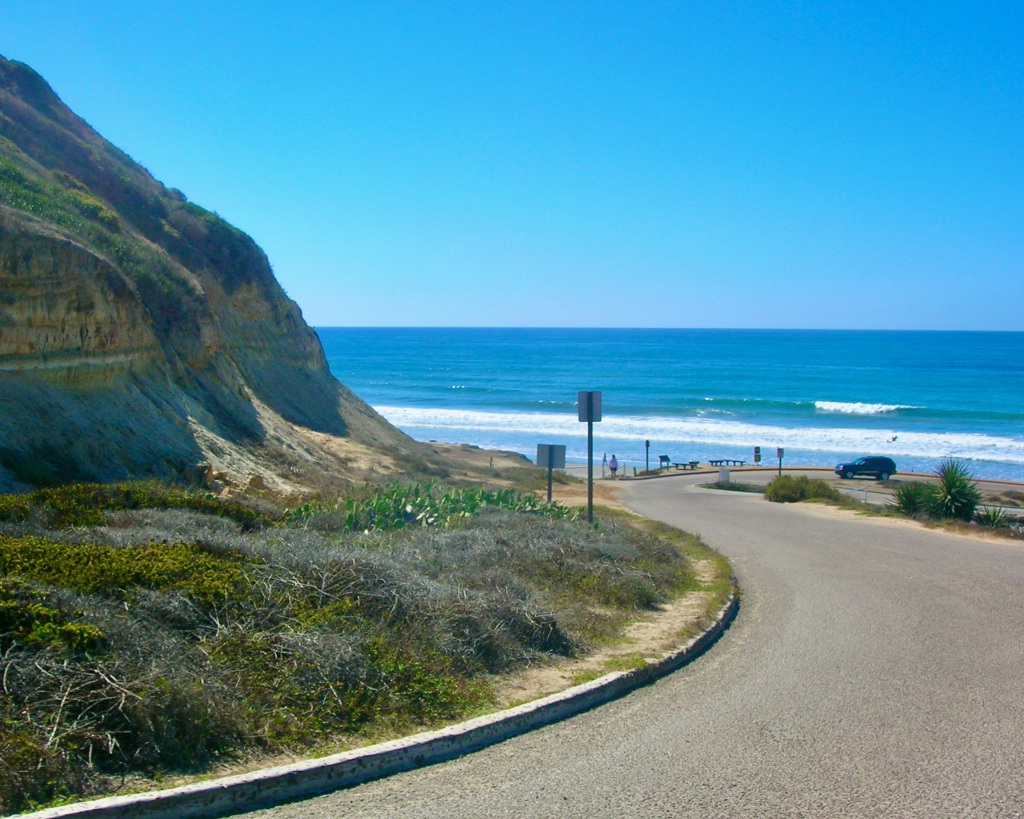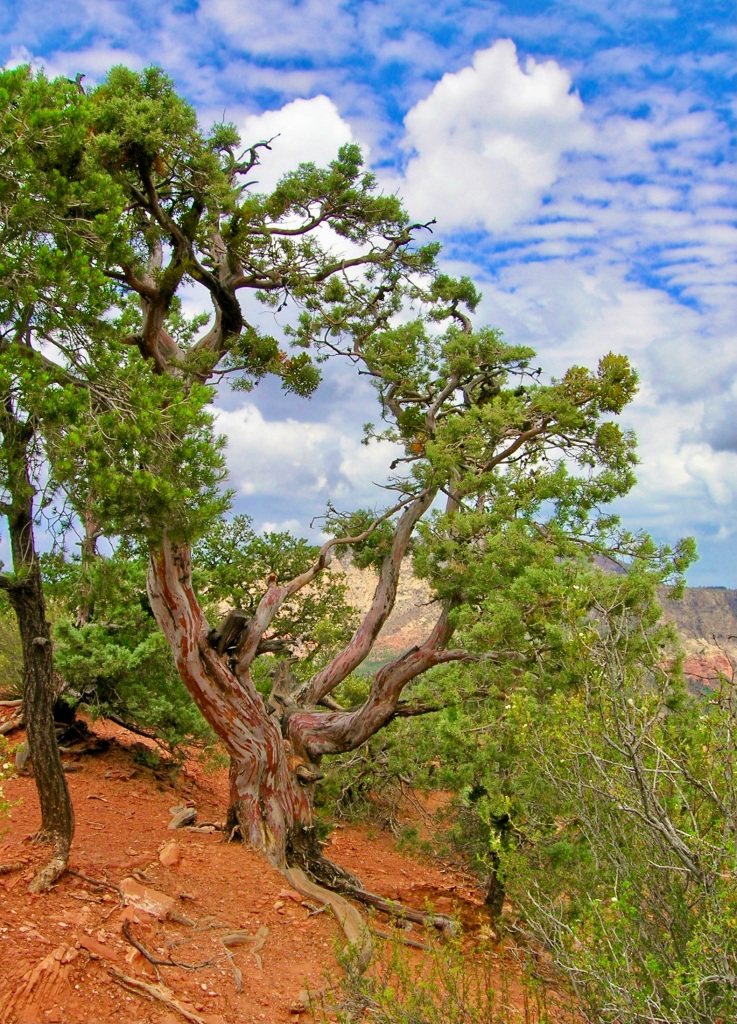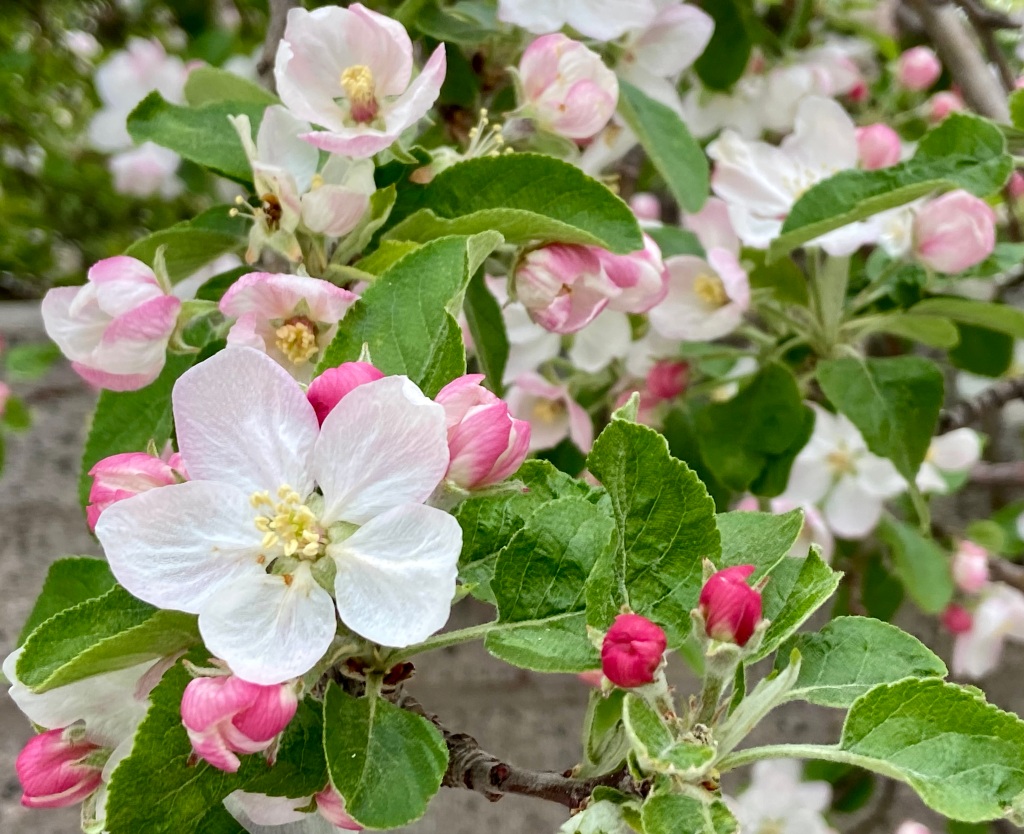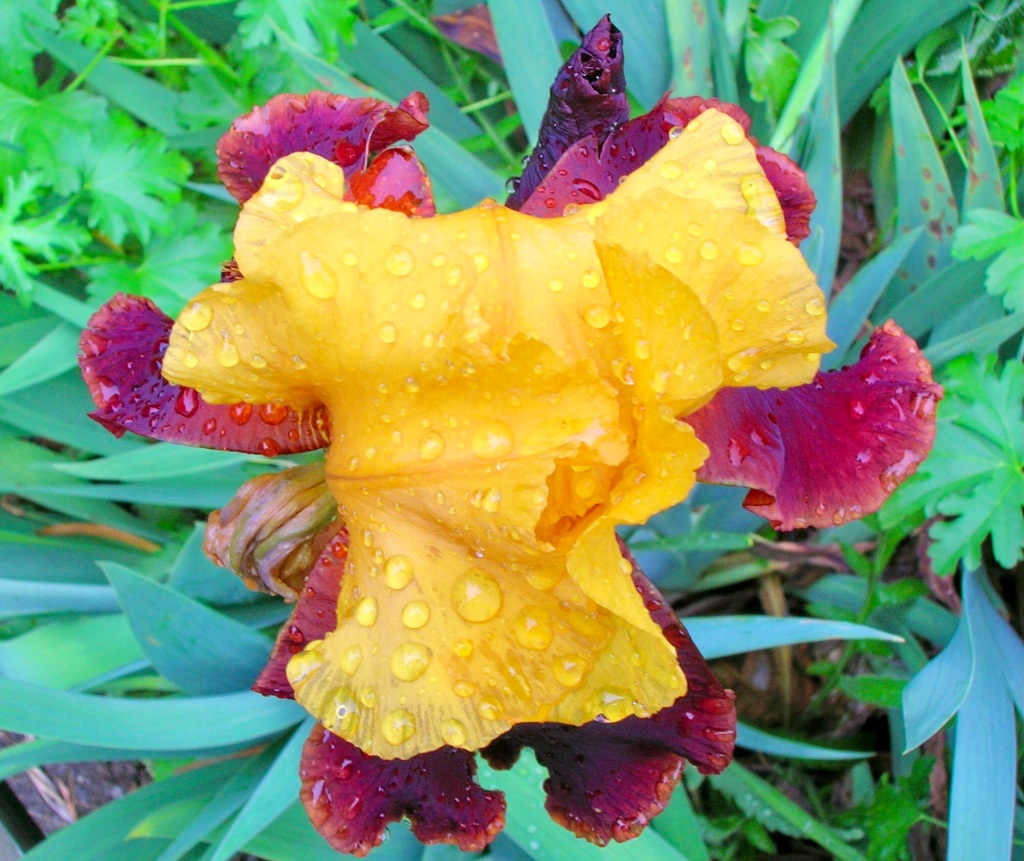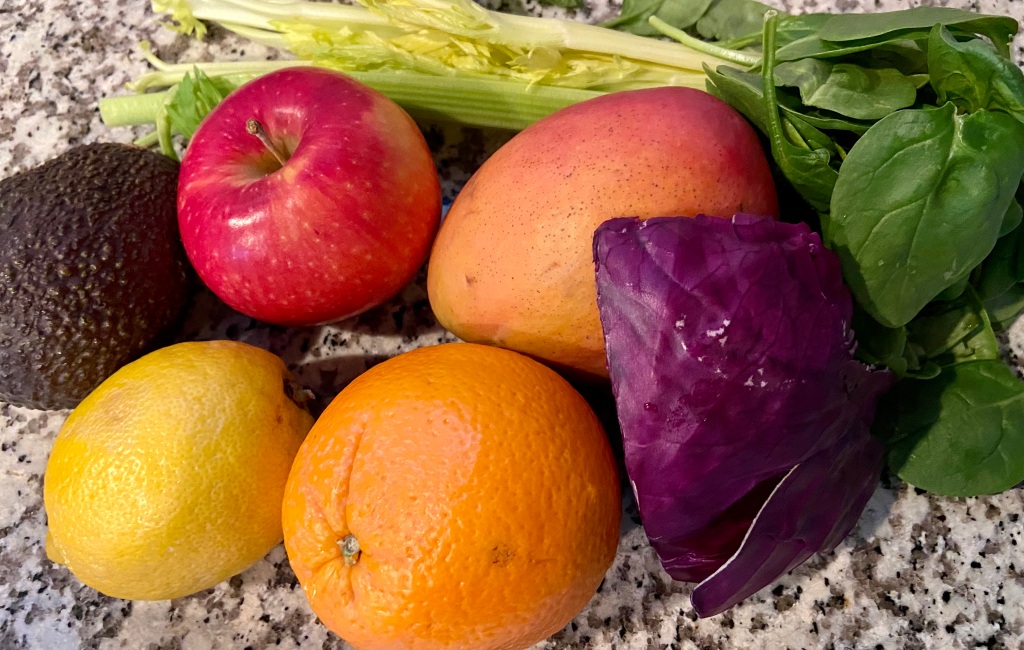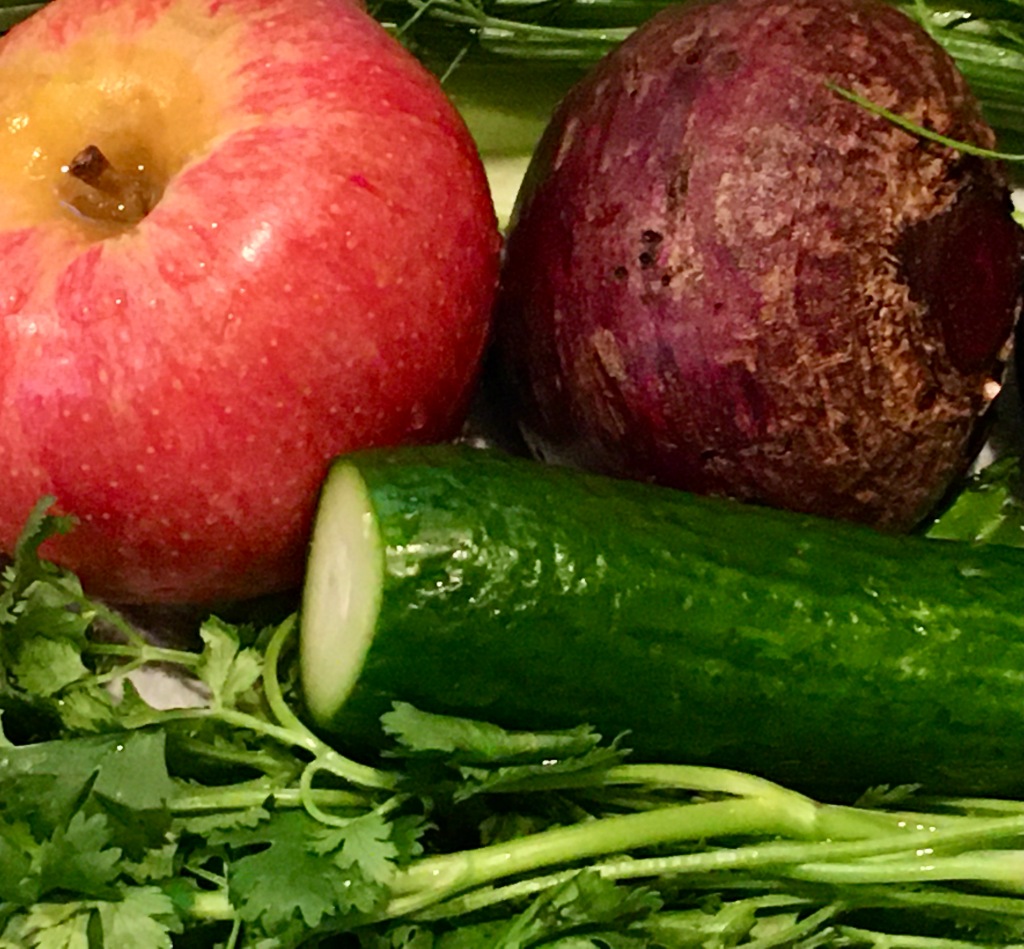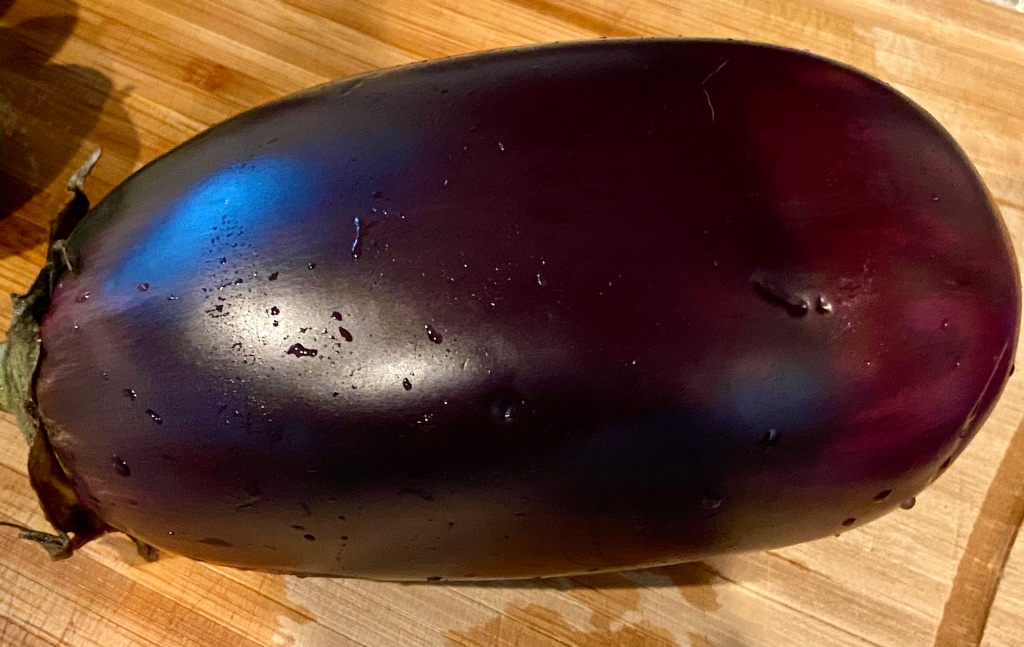
Mystery creates wonder and wonder is the basis of man’s desire to understand. ~Neil Armstrong
Earlier this week, I was watching Dr. Gay Hendricks, psychologist, body-mind therapist, & author of over 40 books, in an interview and the concept of wonder came up. Human beings thrive on wonder, he said, and gave examples of his patients utilizing wonder with outstanding results.

Psychology Today shared an article with a delightful definition of the term: Wonder is a complex emotion involving elements of surprise, curiosity, contemplation, and joy. It is perhaps best defined as a heightened state of consciousness and emotion brought about by something singularly beautiful, rare, or unexpected—that is, by a marvel.

After exploring further these last few days, I’ve read several times that wonder is an emotion that is ever-present in us as small children, but by the time we get to high school, it’s all but forgotten. Due to its profound advantages, I’d like to reintroduce you to this powerful concept.
The happiness of the bee and the dolphin is to exist. For man it is to know that and to wonder at it. ~Jacques Cousteau

- It can help with relationship issues. After Dr. Hendricks’ interview, I searched the internet for more from him on the subject, and found these statements addressing relationships: Wonder is the opposite of blame. It opens all your brain and body intelligence powers to make new connections. It takes you out of the state in which a problem gets generated, an Einsteinian move.
- It fosters environmental protection. Rachel Carson, author of The Sense of Wonder, among other books promoting environmental ethics, writes of the ways in which we have insulated ourselves in the artificial world of our creation, while quietly and desperately wanting to believe we have a future in the natural world. The more clearly we can focus our attention on the wonders of the Universe about us, the less taste we shall have for destruction, she urges.
- It prompts learning. Wikipedia shares that historically, wonder has been seen as an important aspect of human nature, specifically being linked with curiosity and the drive behind intellectual exploration. And the Greek philosopher Socrates set forth the idea wisdom begins in wonder.
- It promotes prosocial behaviors. A study published in the Journal of Personality & Social Psychology reports that the experience of wonder we feel in the presence of something vast that transcends our understanding of the world encourages lovingkindness, altruism, and generosity. It’s like falling in love with all of life.
- It improves mood & mindset. This point comes from my personal experiences of witnessing amazing sites like wildlife, larger-than-life trees, and wild landscapes so bedazzling that I am stopped in my tracks. A sudden childlike feeling sweeps over me, bringing me into to the present moment, replacing concerns with a sunny disposition.
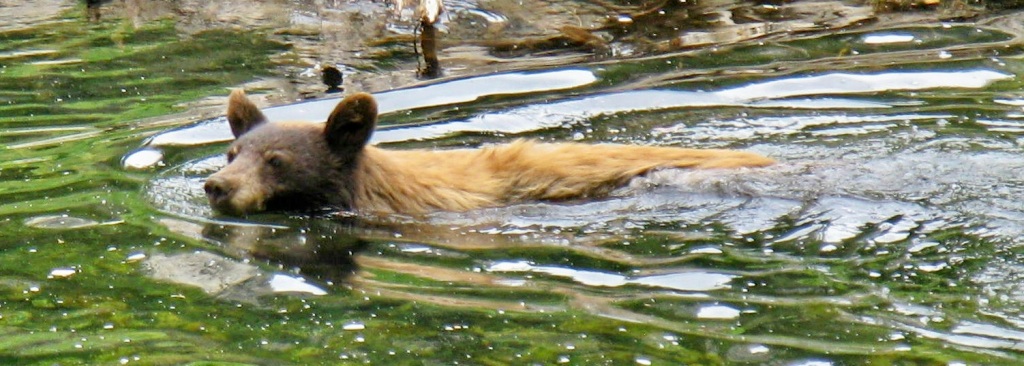
Cultivating wonder opens a world of possibilities. Marveling at the mysteries in which our lives are immersed can make us smarter, more loving toward all of life, and happier. What could be a better way to live?
If this is the way the world is: extraordinary, surprising, beautiful, singular, mysterious and meaningful; then this is how I ought to act in that world: with respect and celebration, with care, and with full acceptance of the responsibilities that come with my role as a human being privileged to be a part of that community of living things. Wonder is the missing premise that can transform what is into a moral conviction about how one should act in that world. ~Kathleen Dean Moore, Writer & Professor of Philosophy, Oregon State University
Wonder-filled blessings,
Lisa
I shared the original version of this post two years ago, and you gave it lots of love in the form of likes, shares, and comments. I hope you enjoyed this edit. Thank you for reading!
The content of this article is for educational and informational purposes only, and is not intended as medical advice. Please consult with a qualified health care professional before acting on any information presented herein. Any statements about the possible health benefits of any subject discussed have not been evaluated by medical professionals or the Food & Drug Administration and are not intended to diagnose, treat, cure or prevent any disease or illness.





